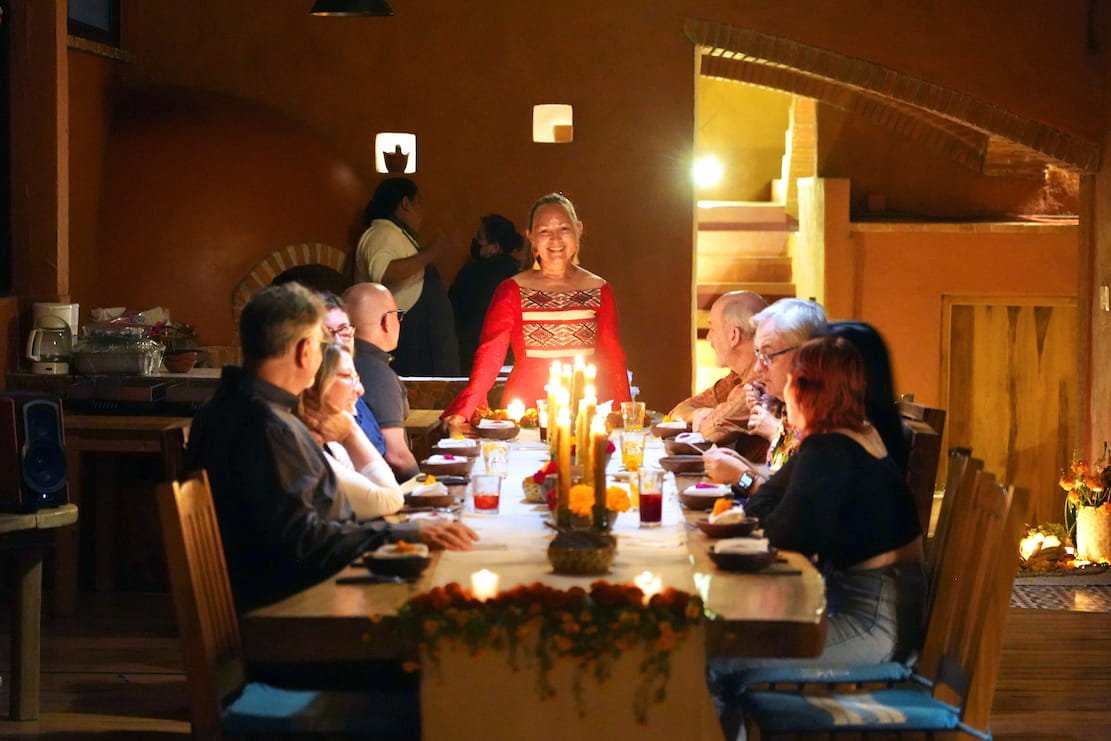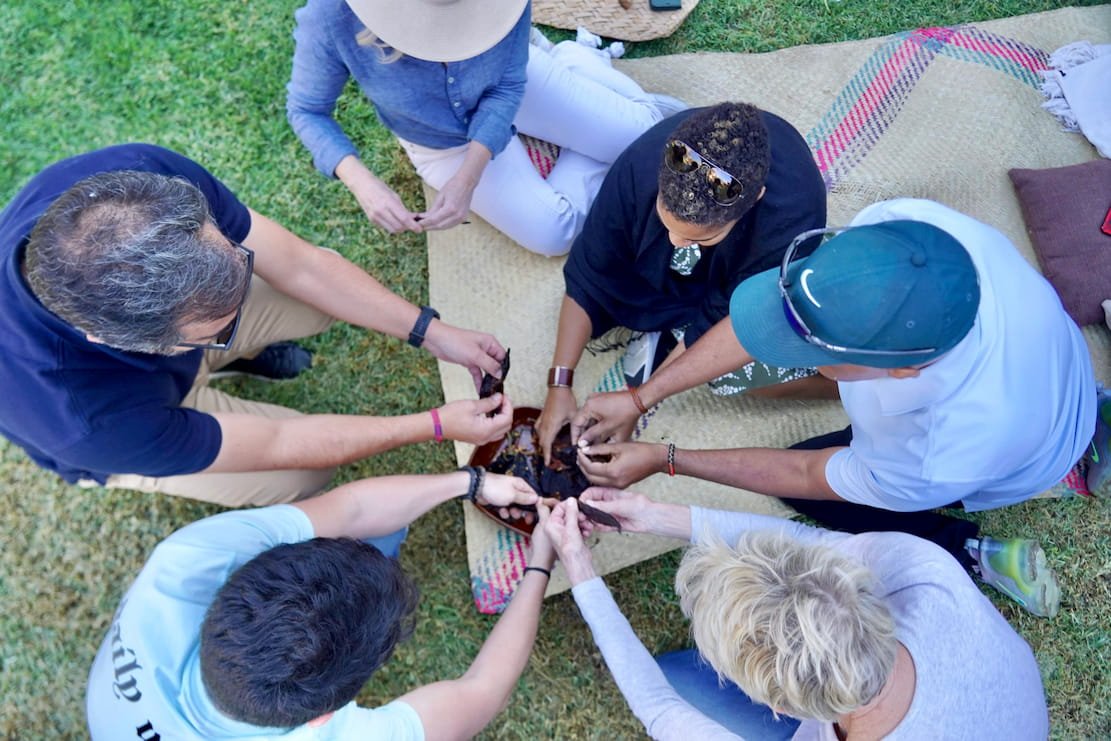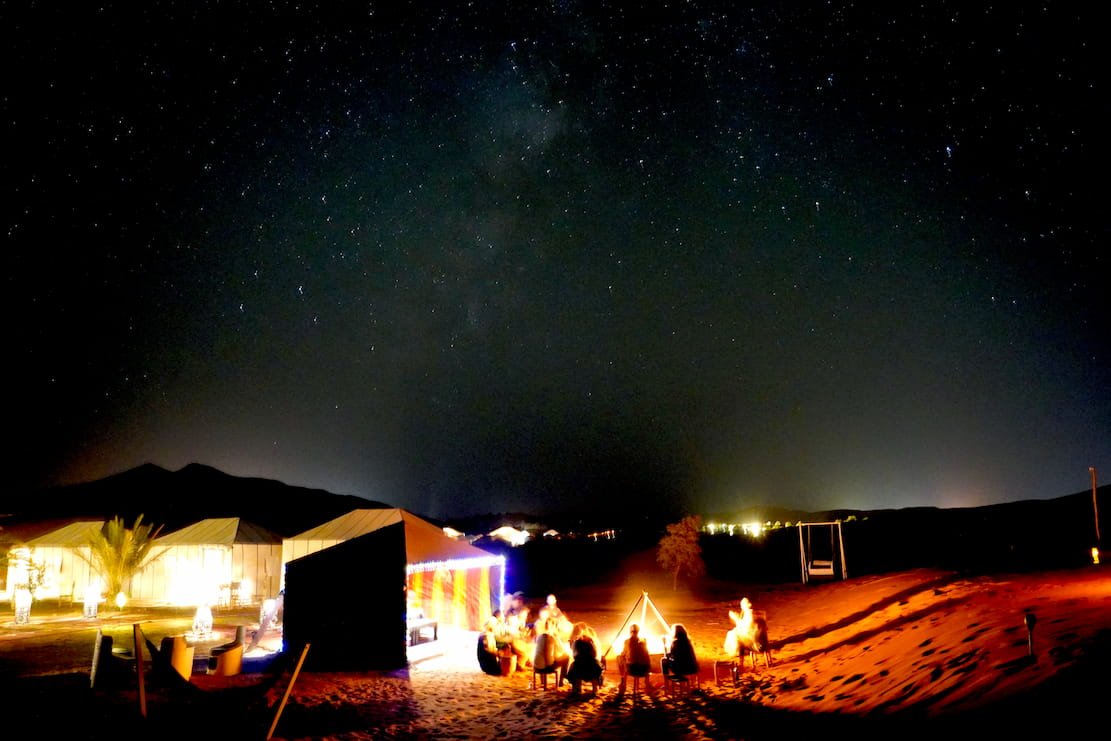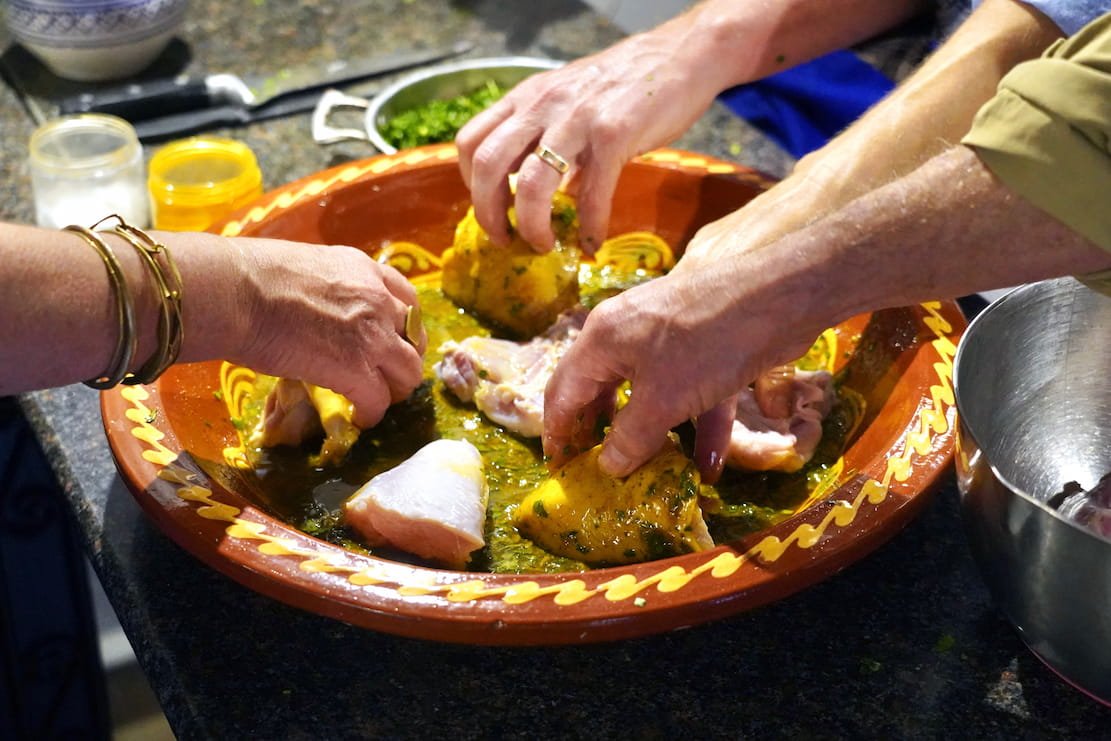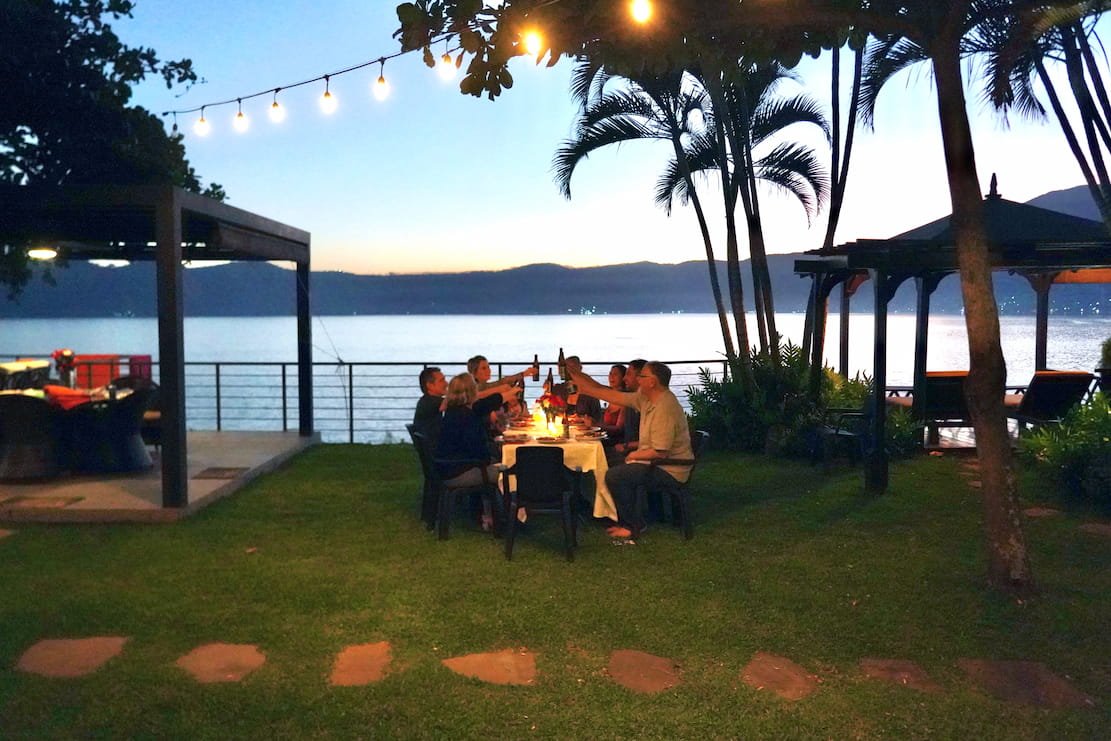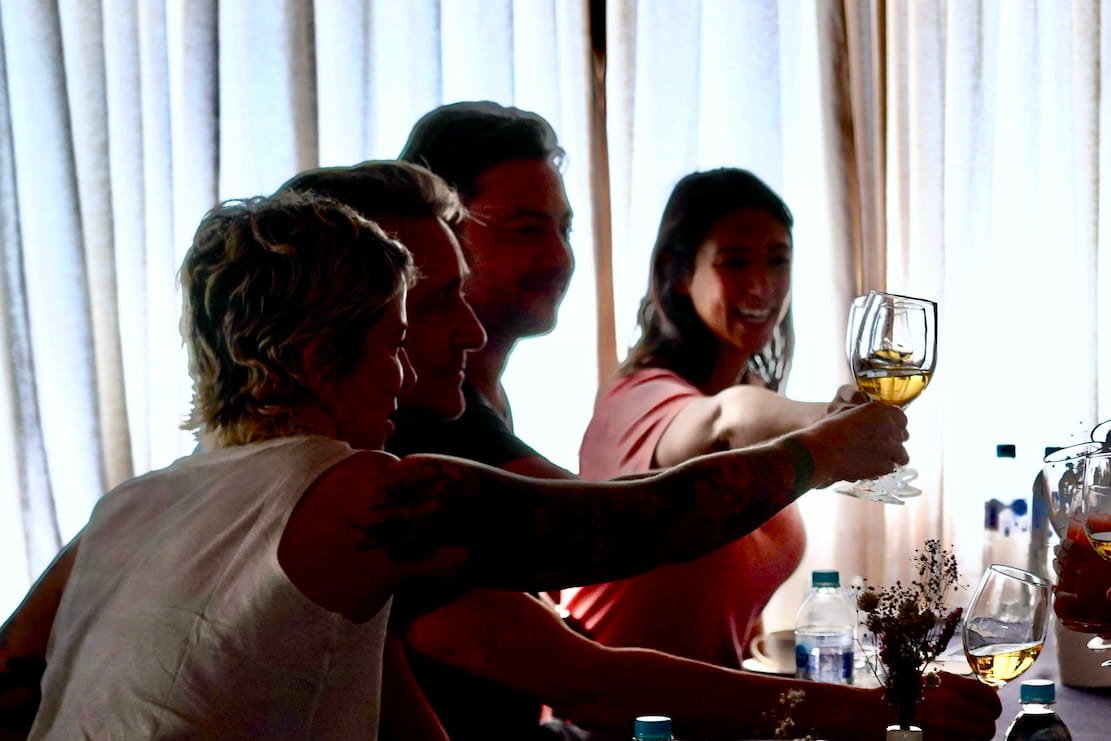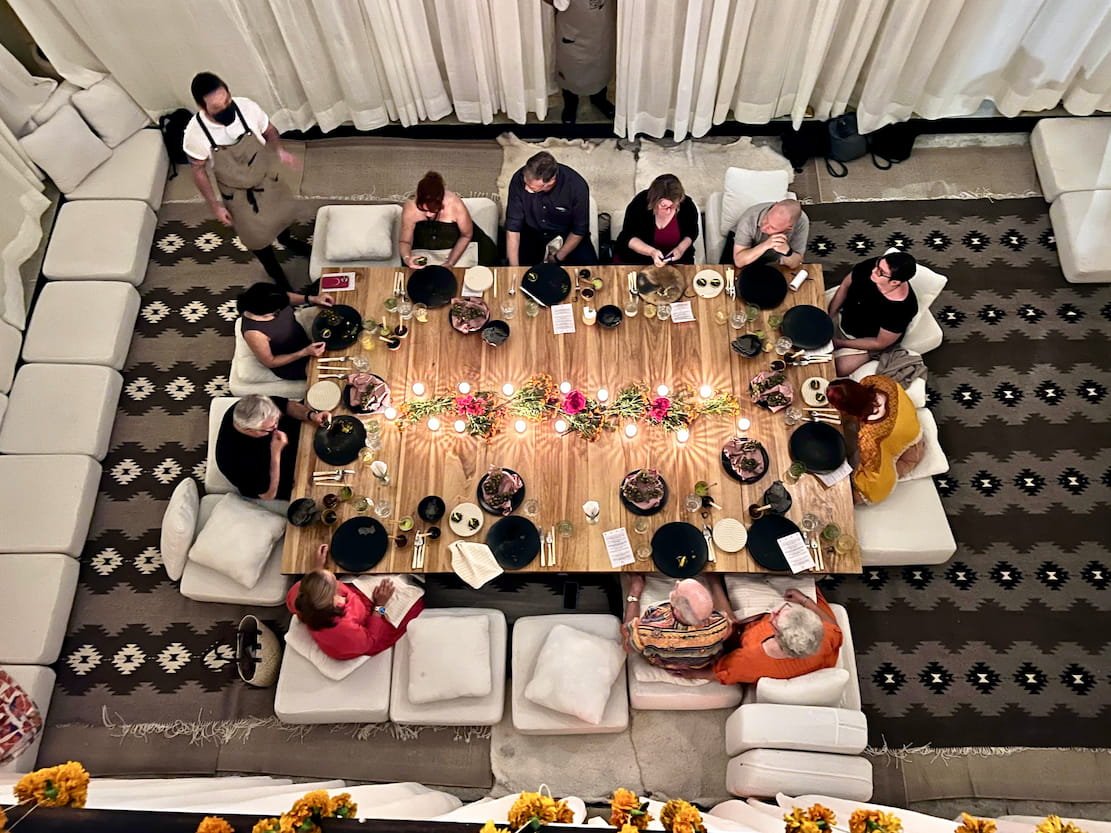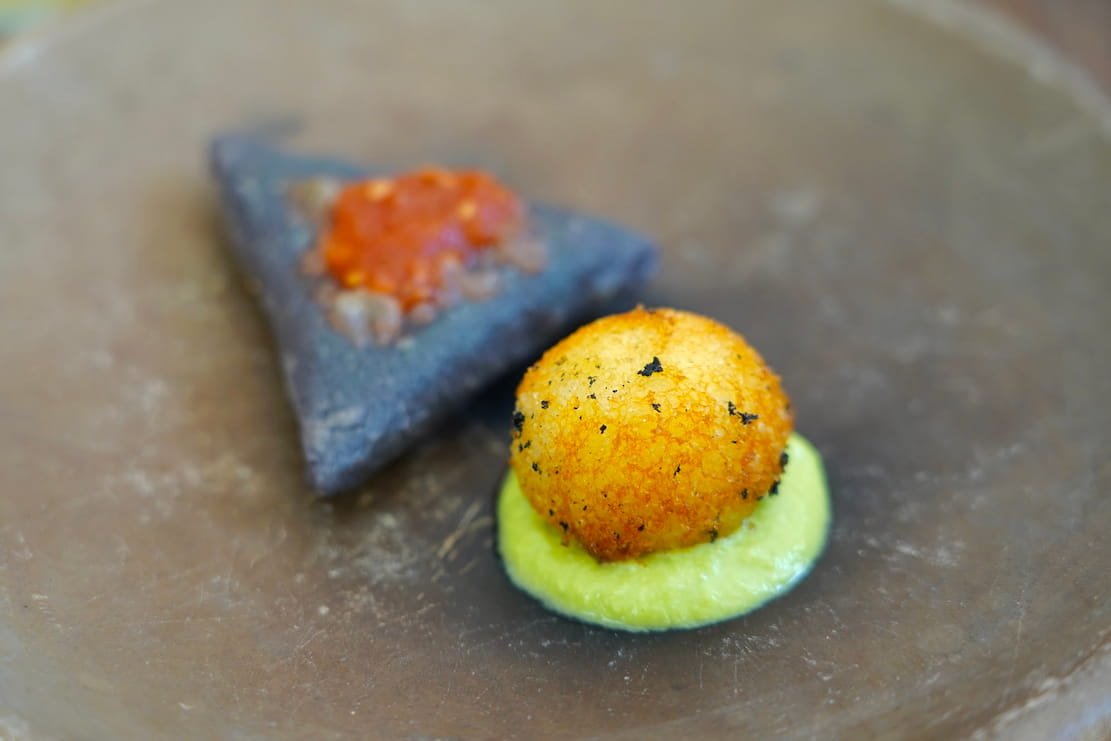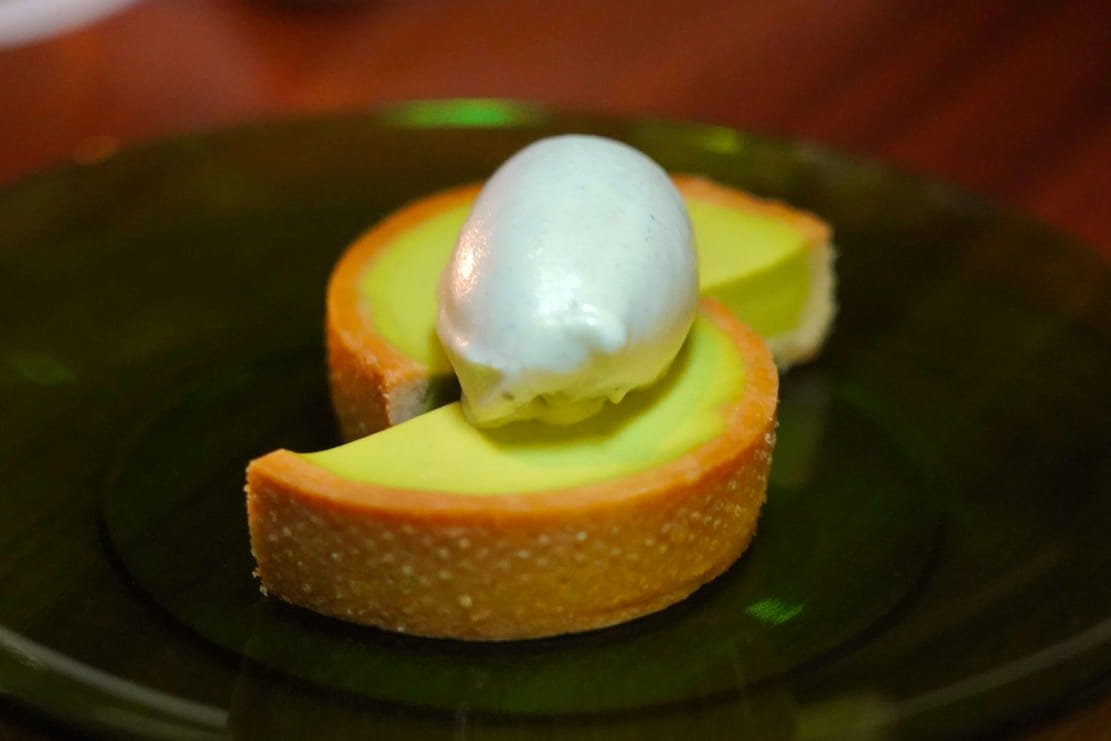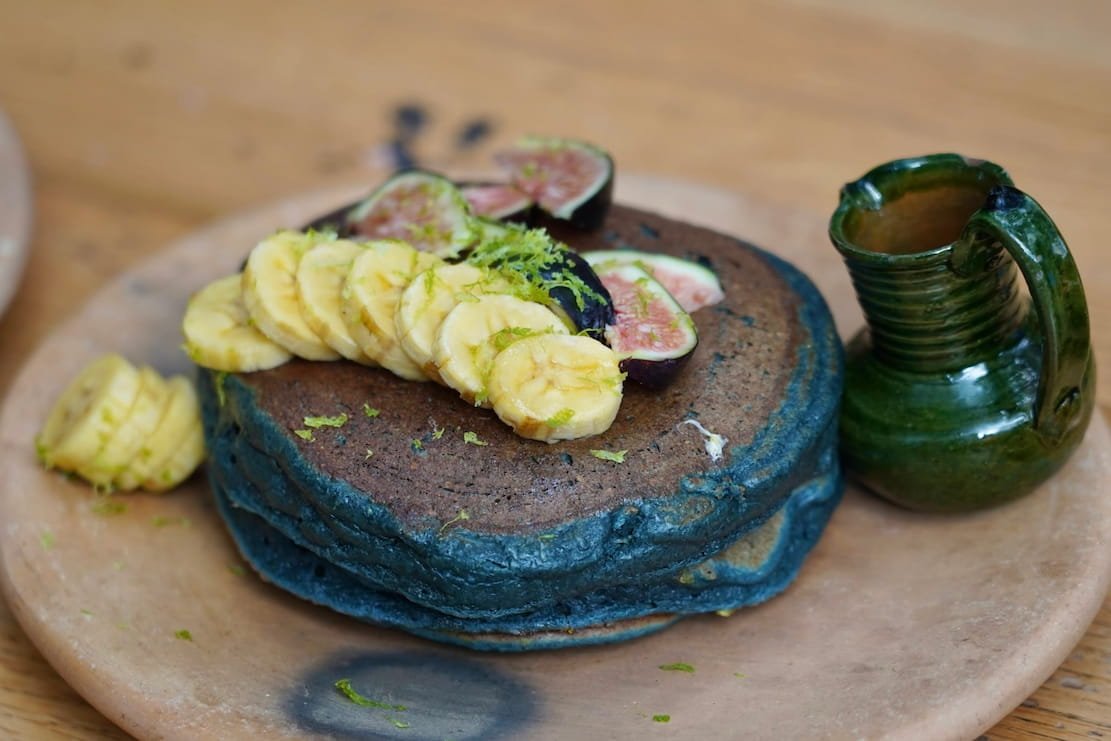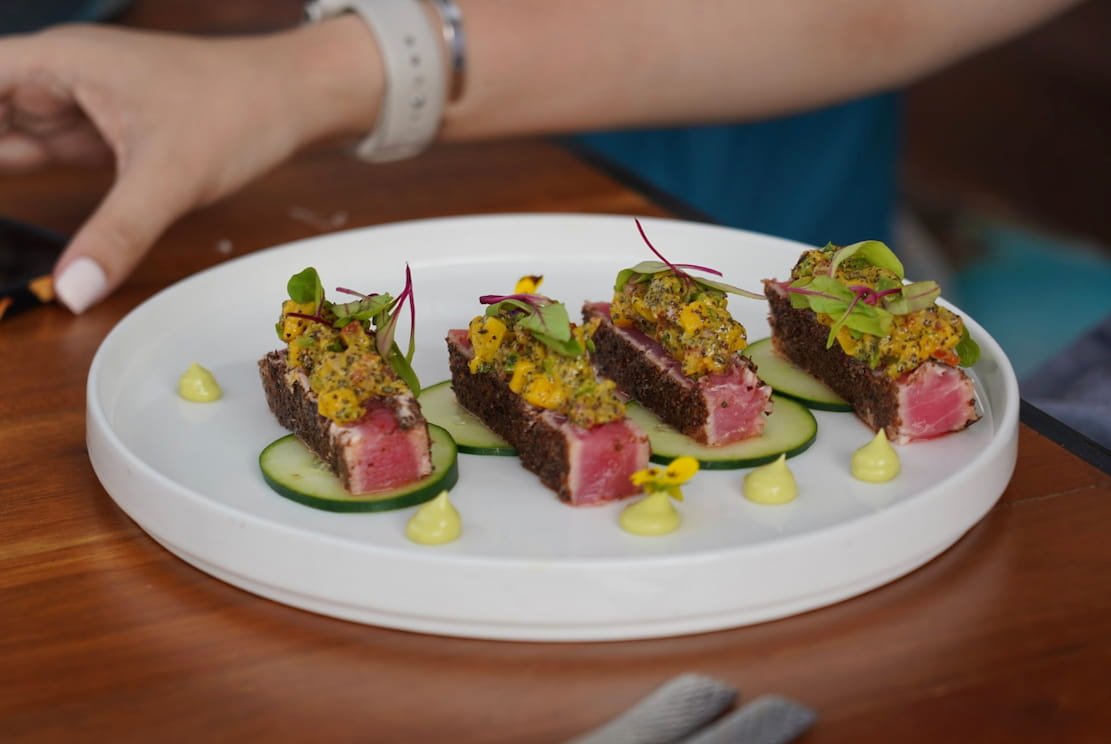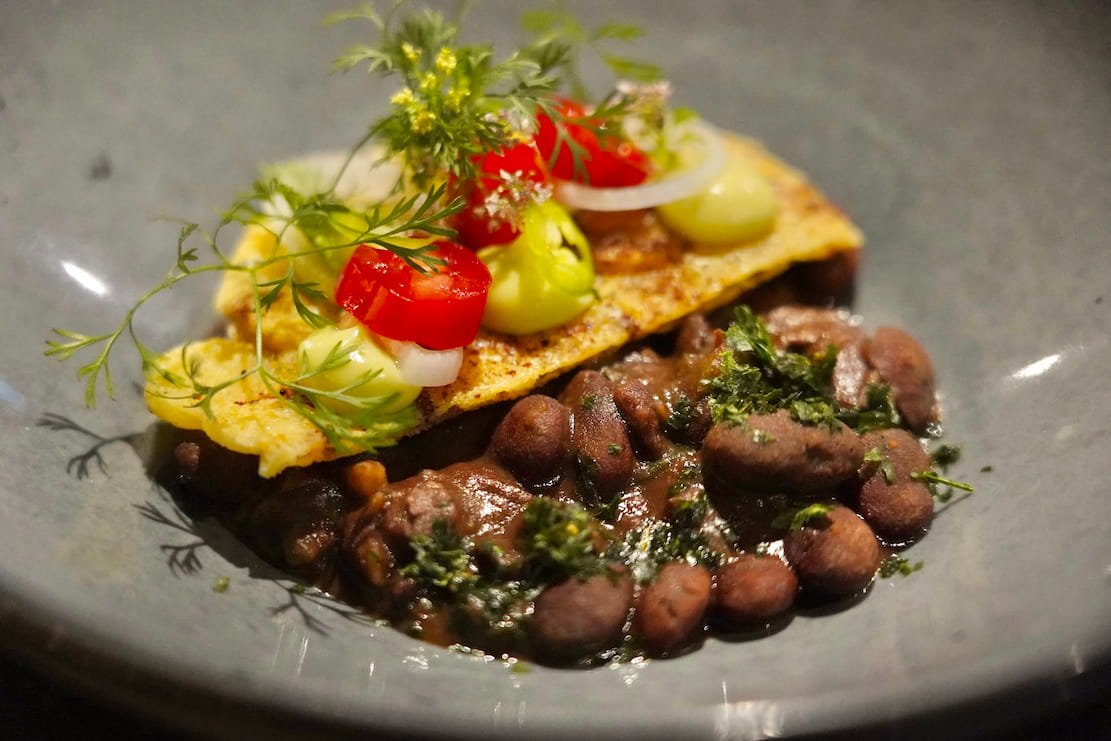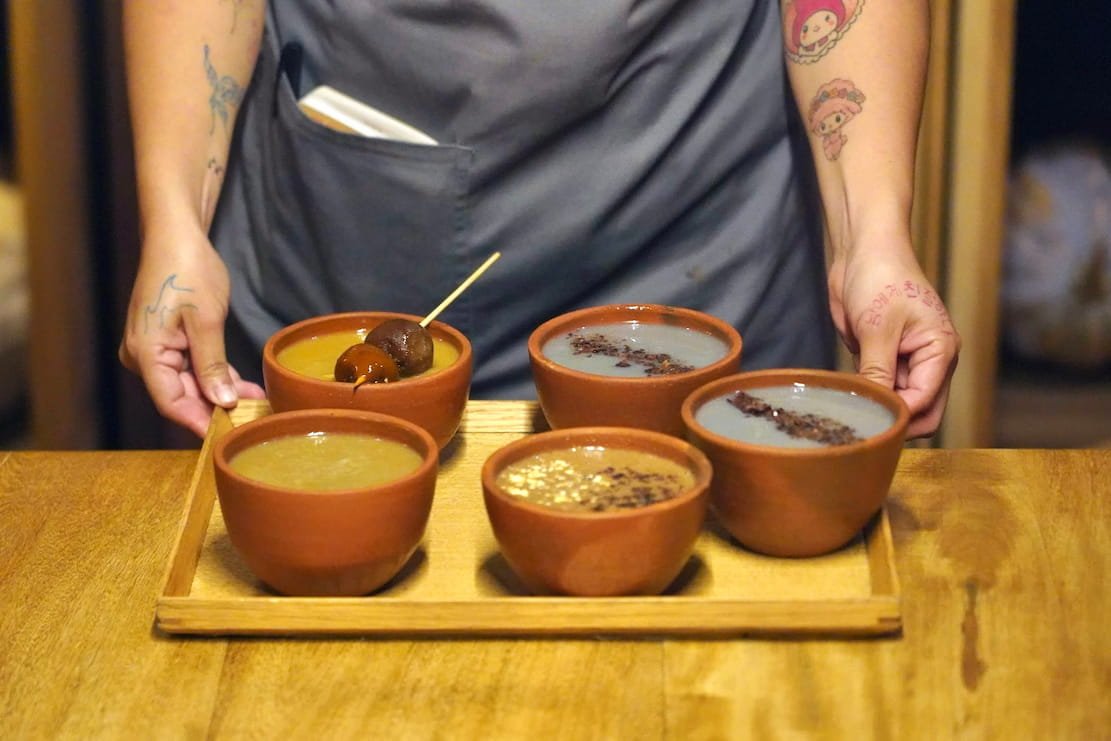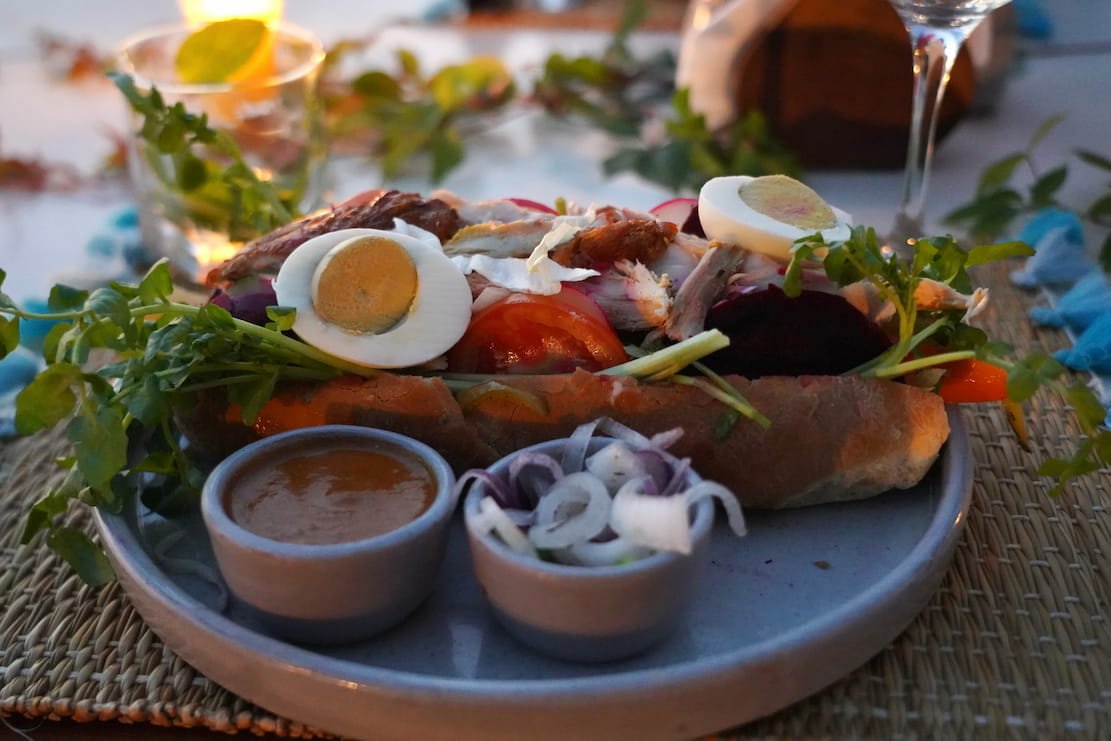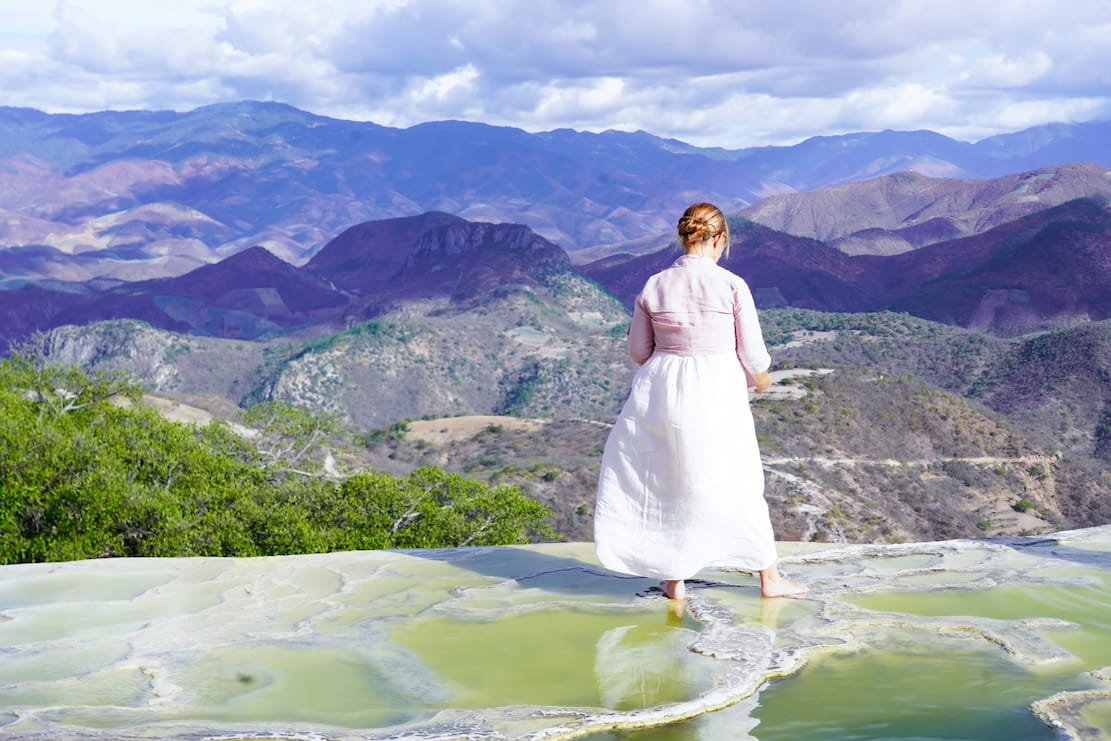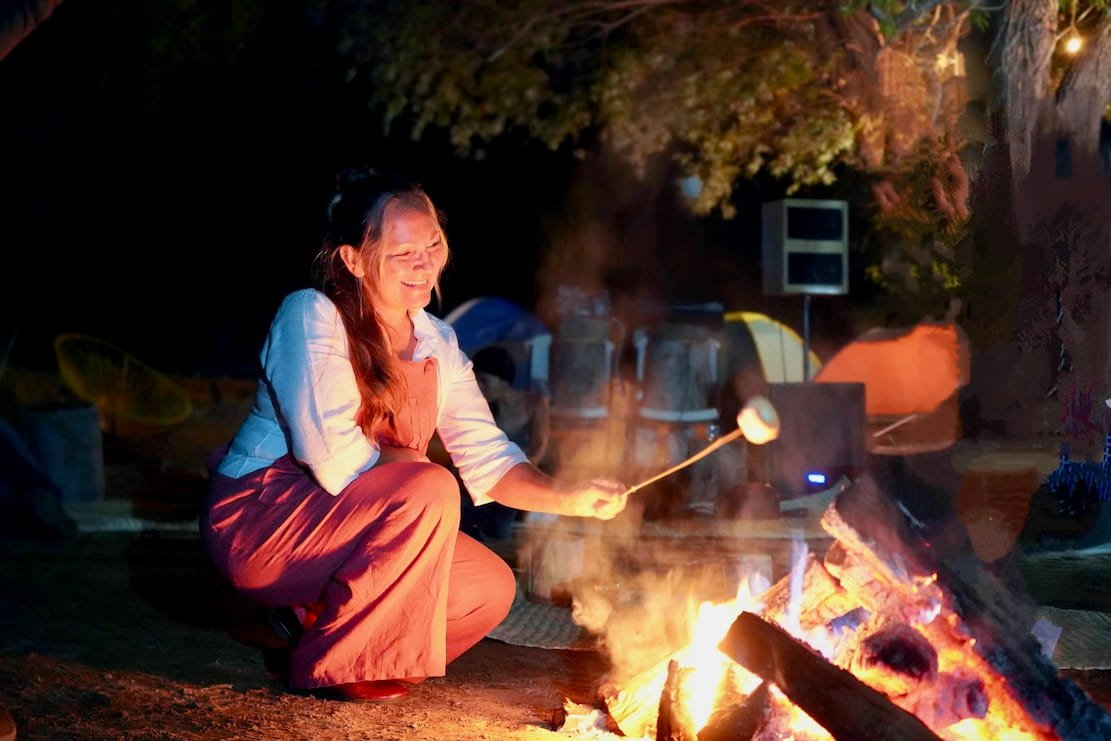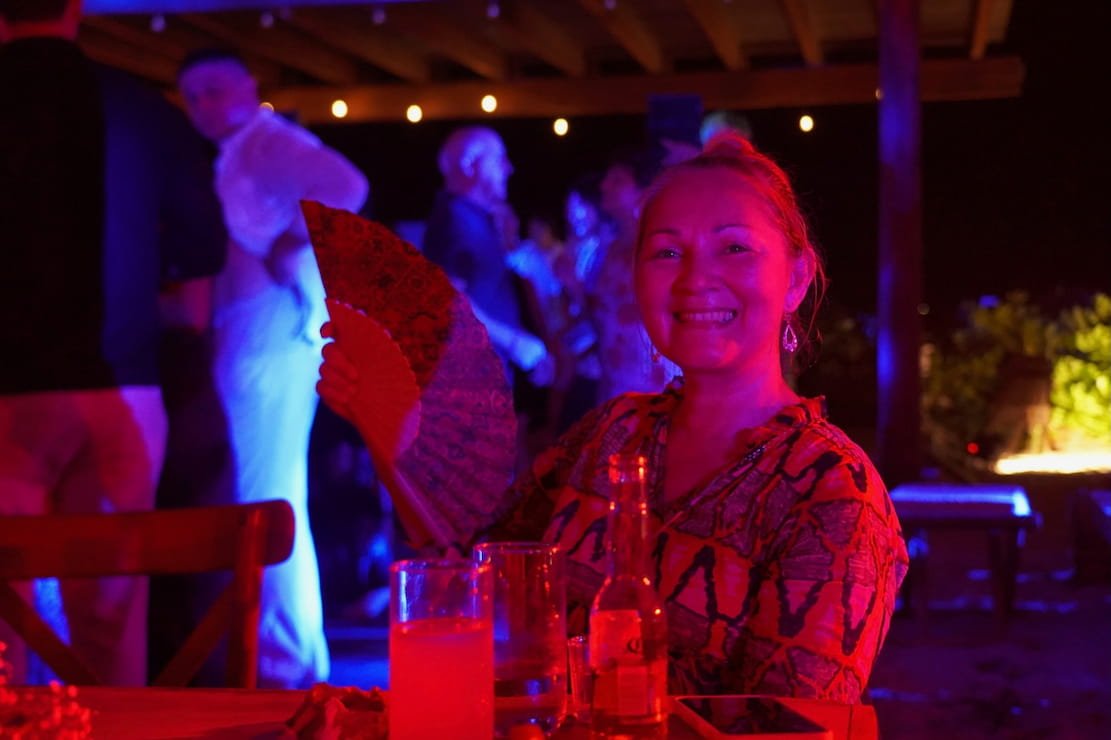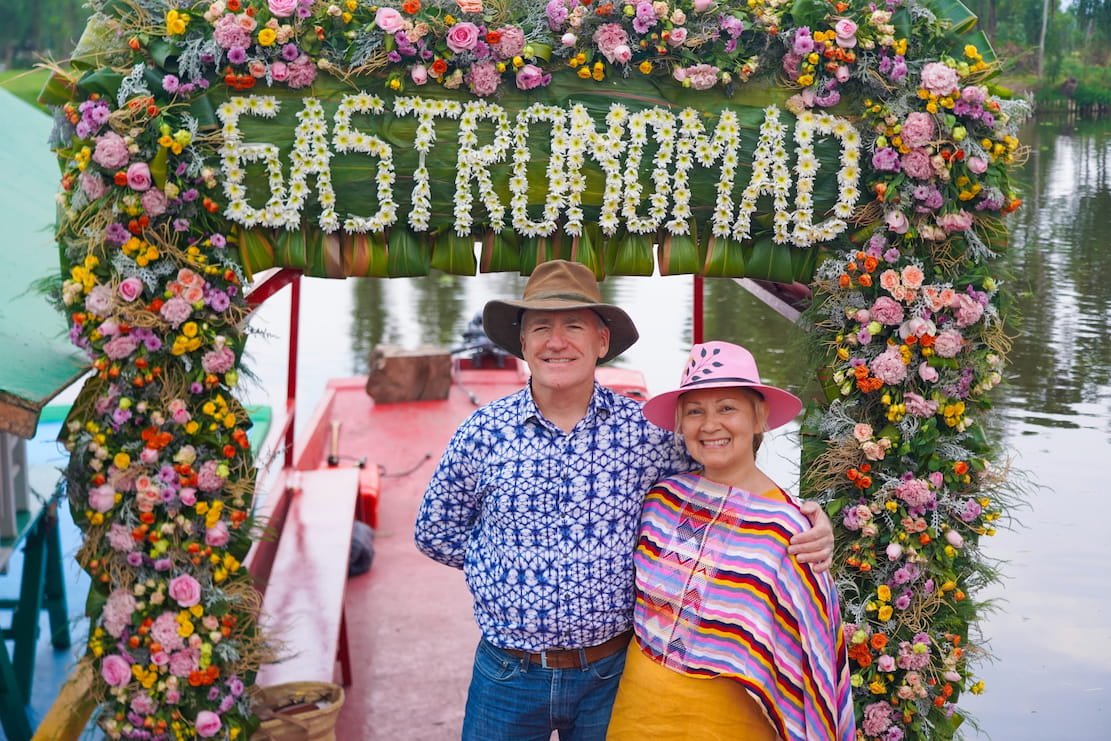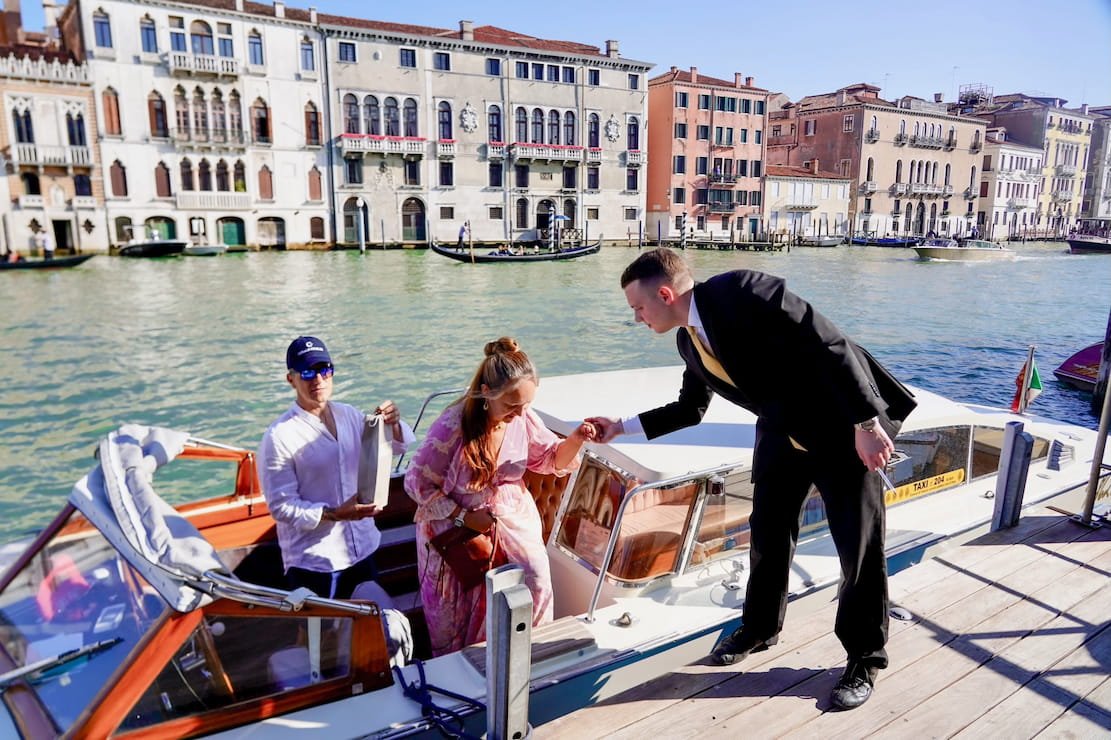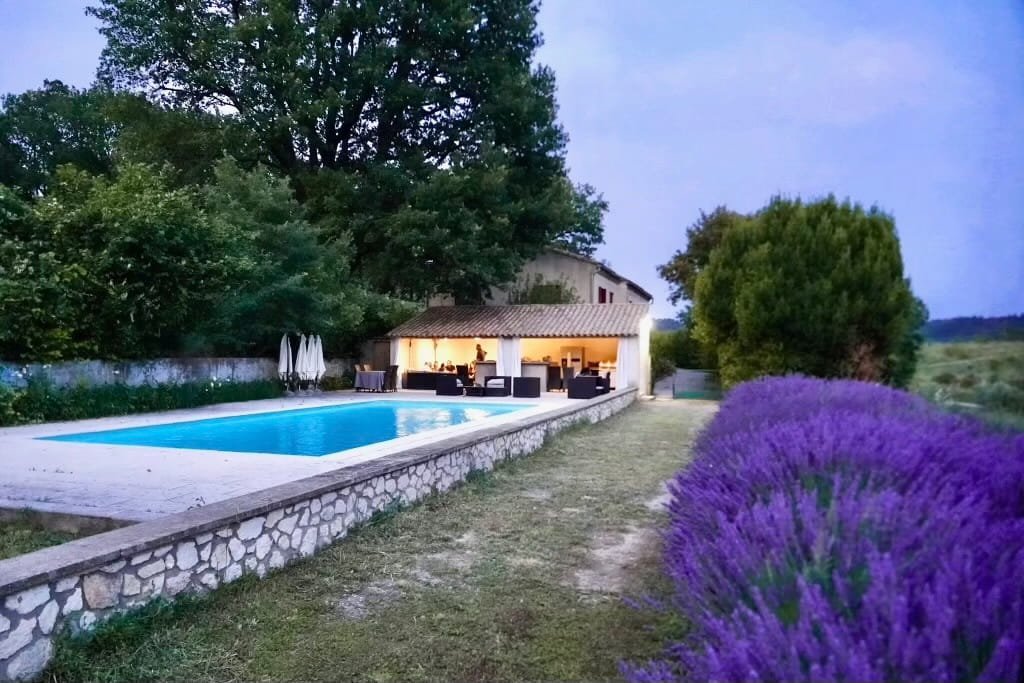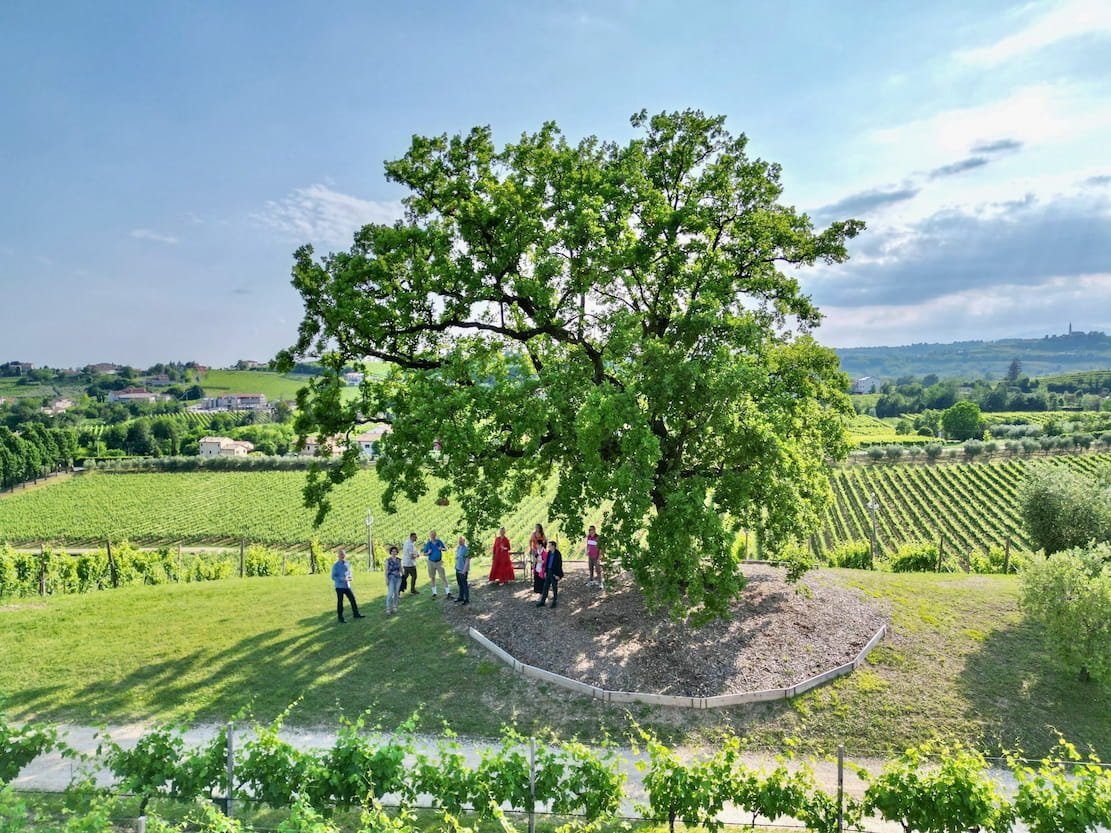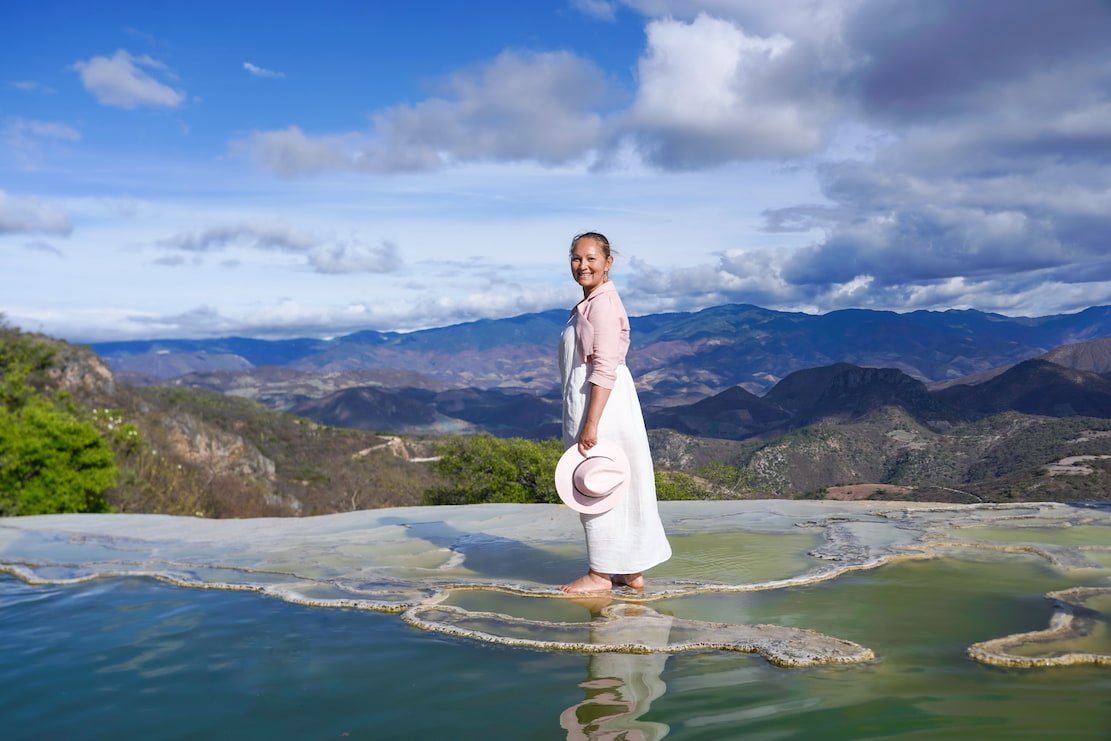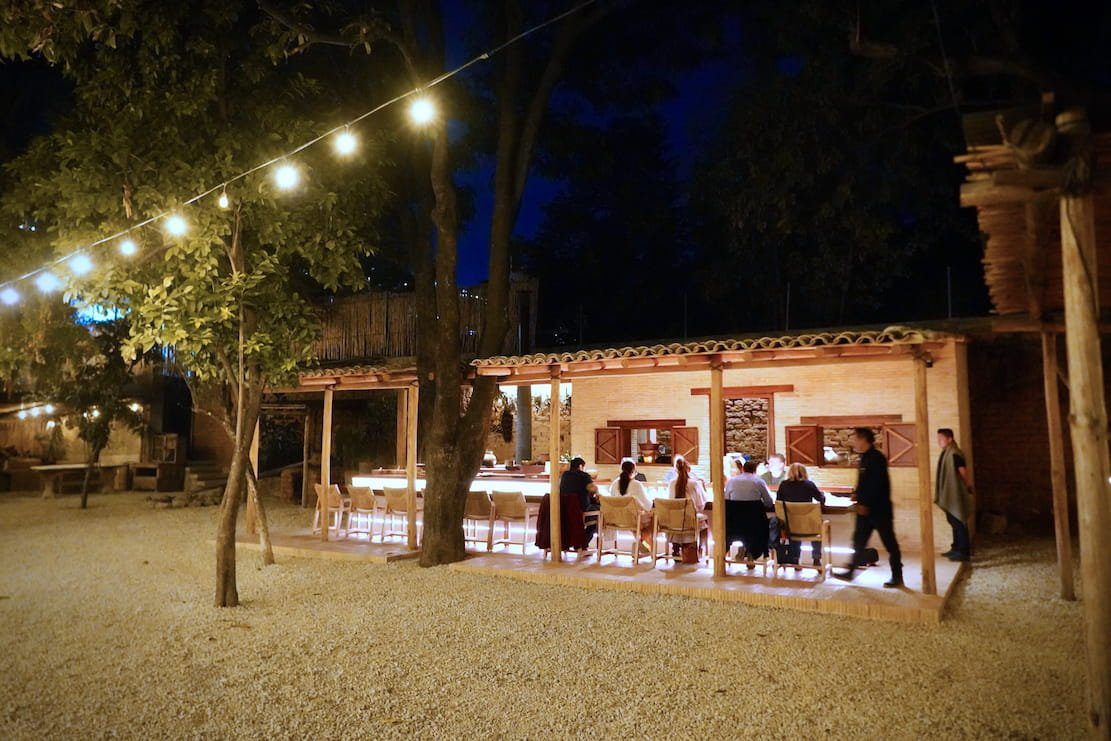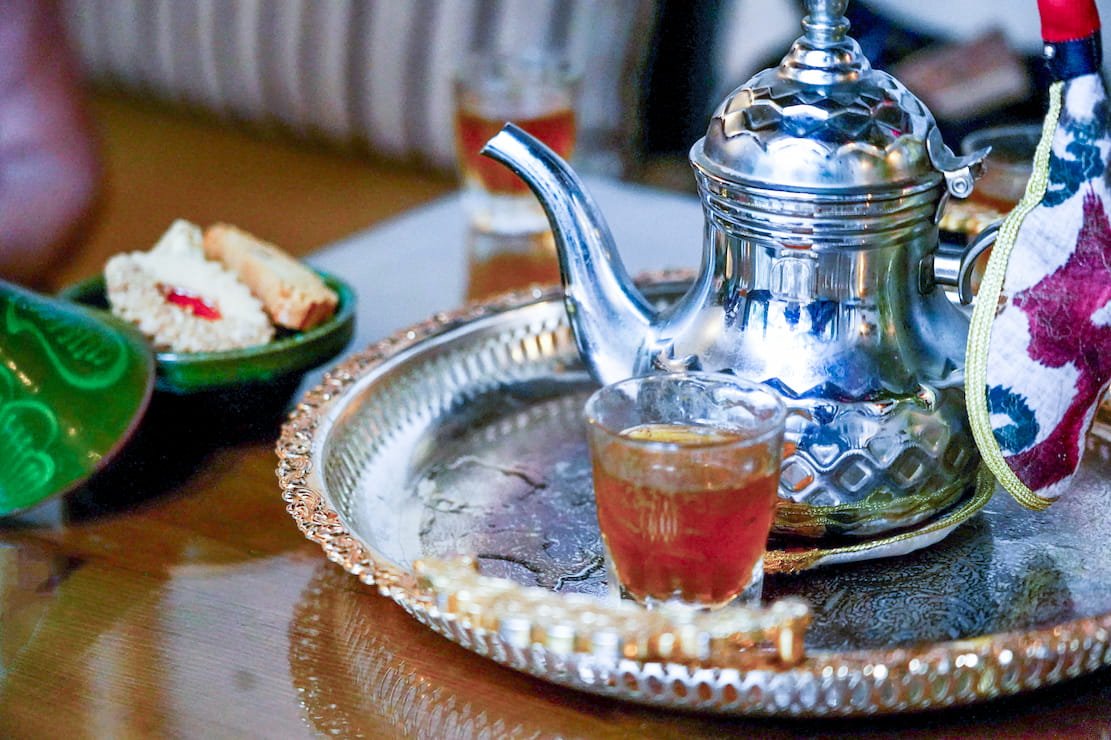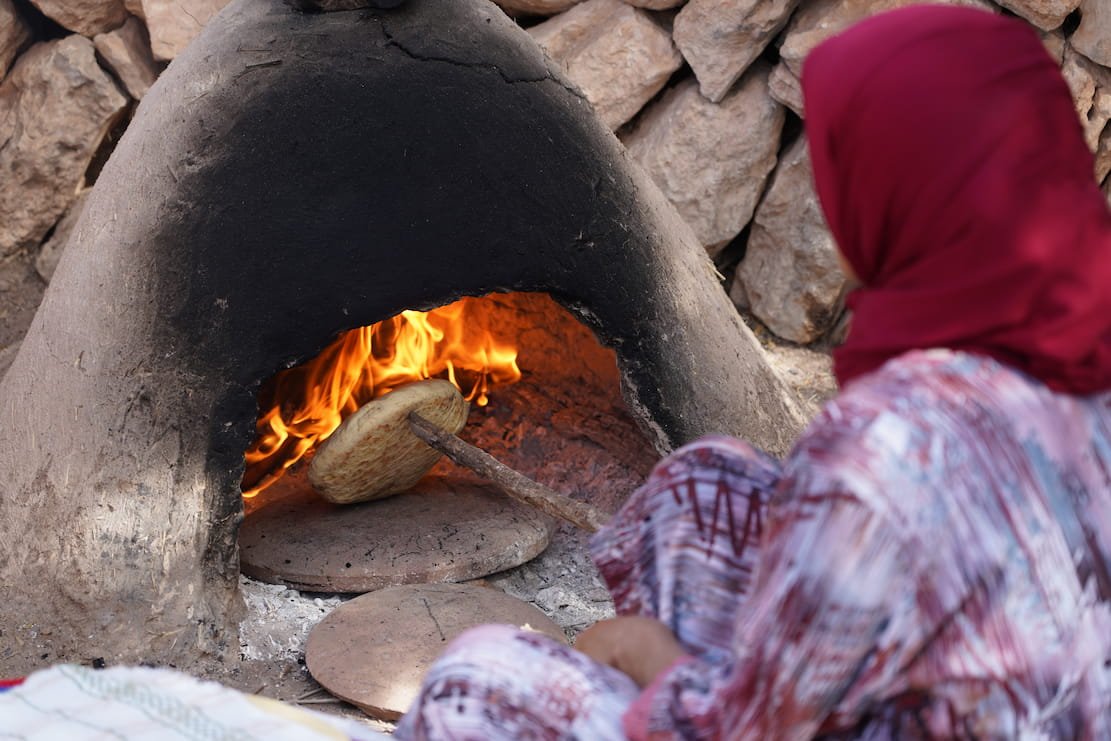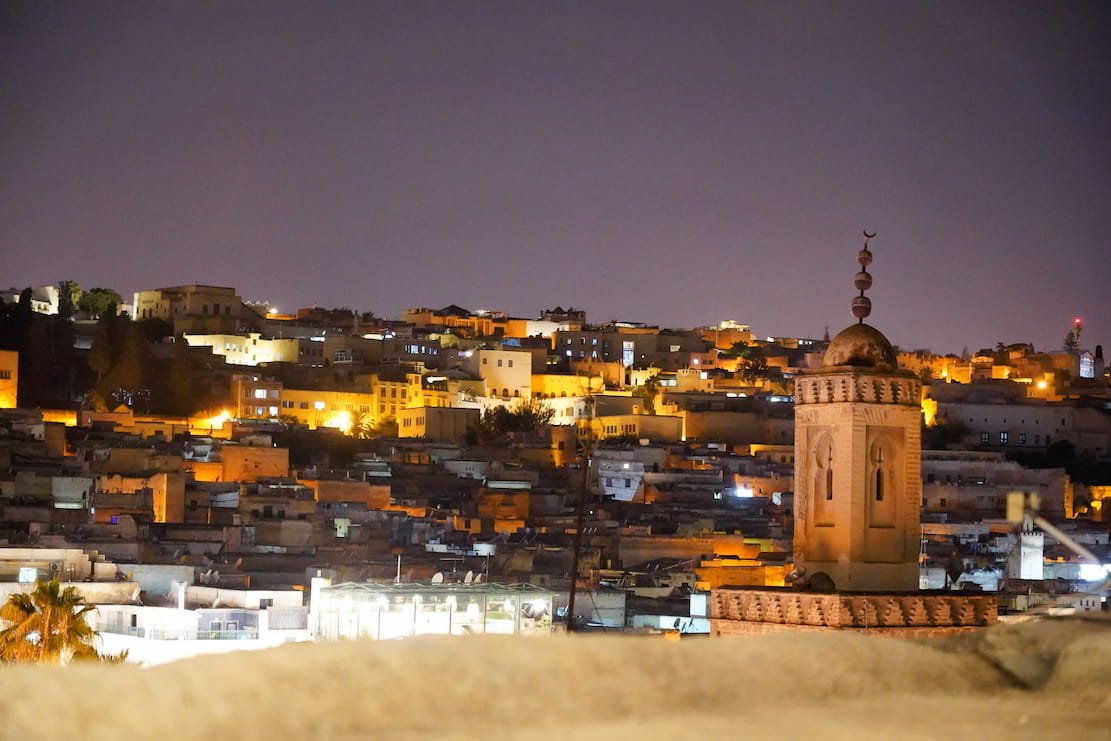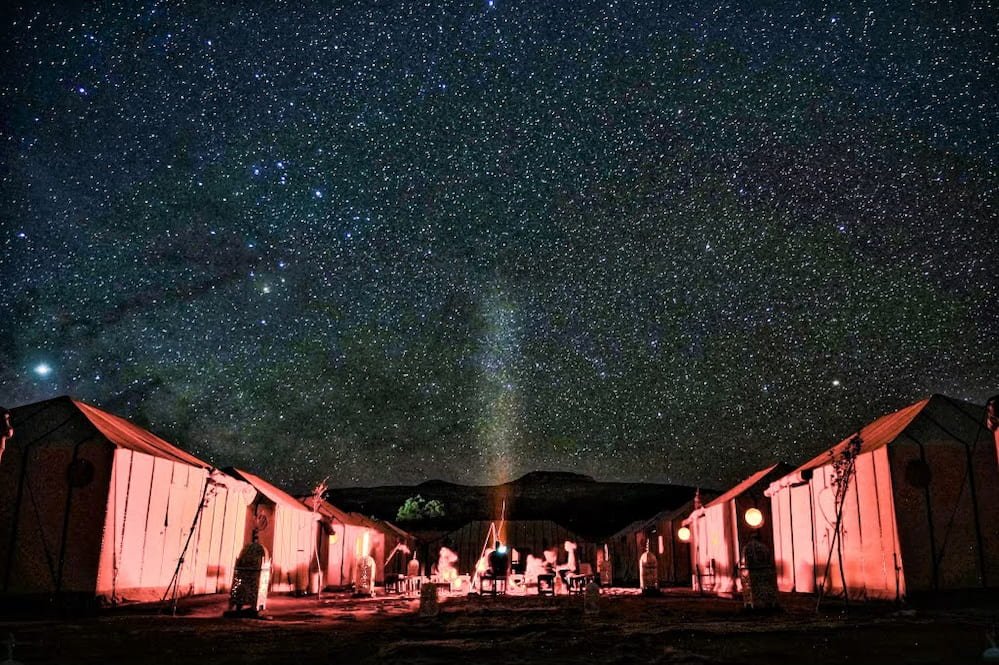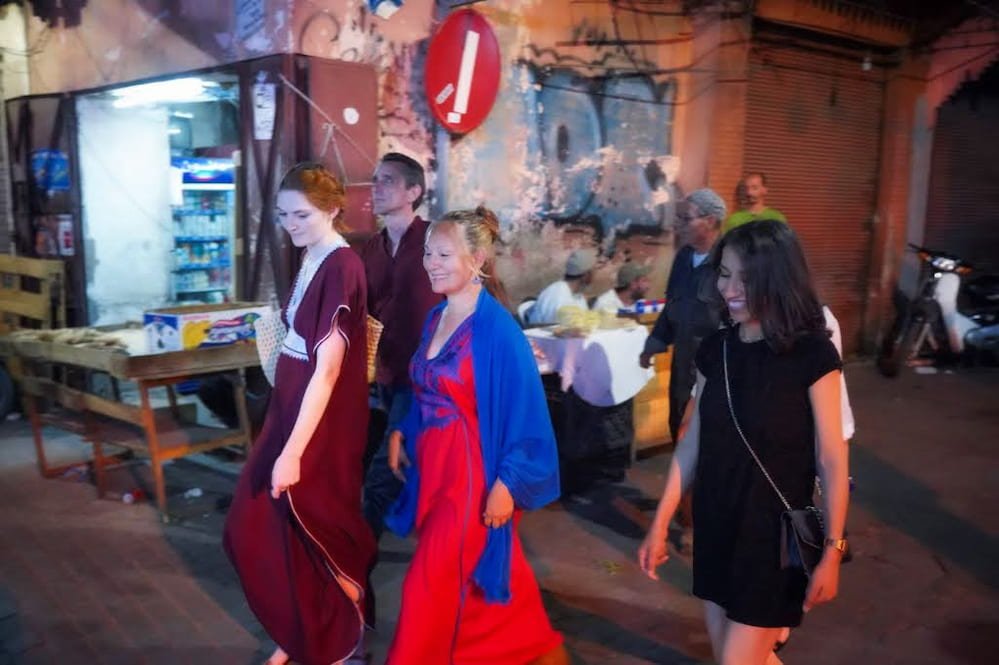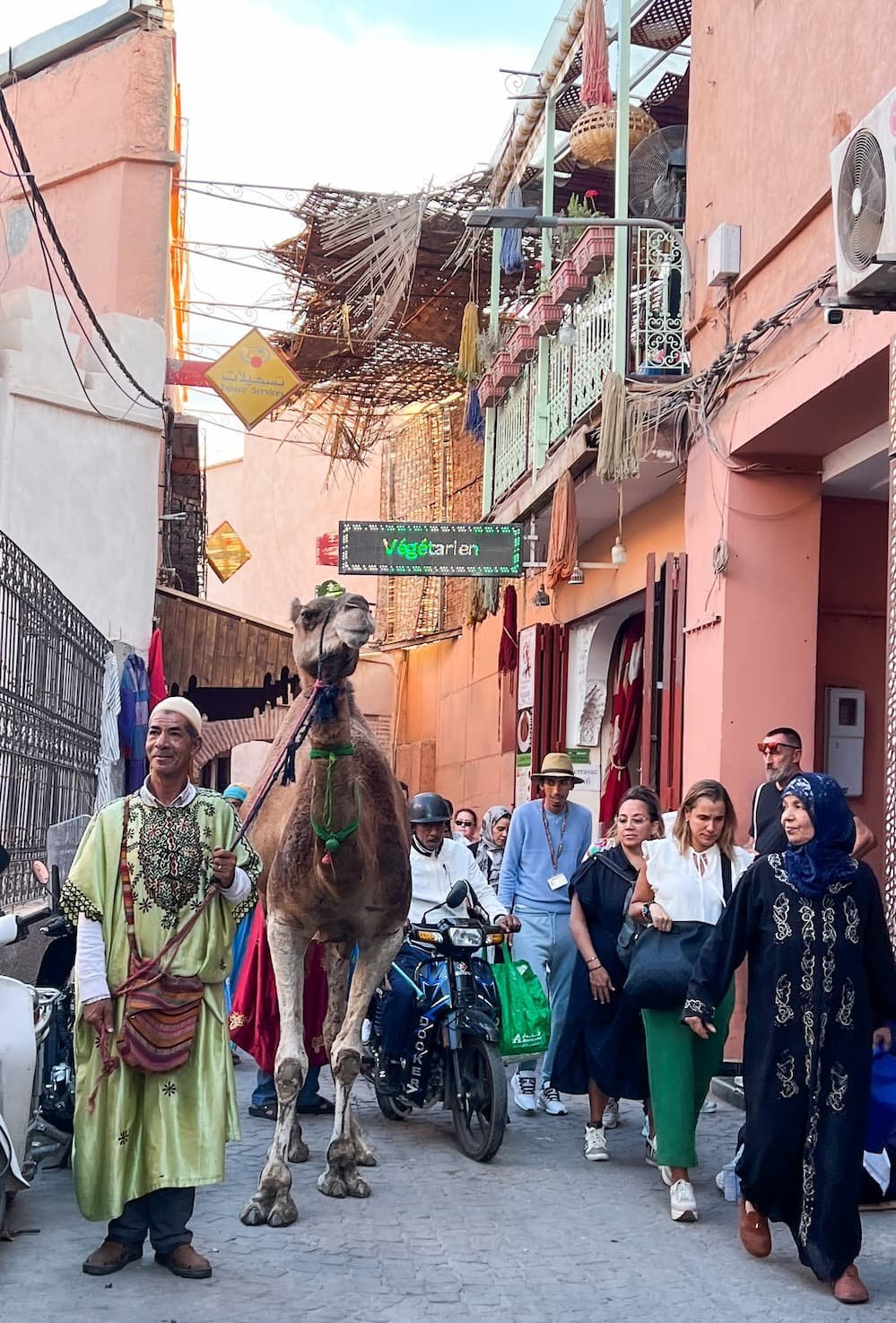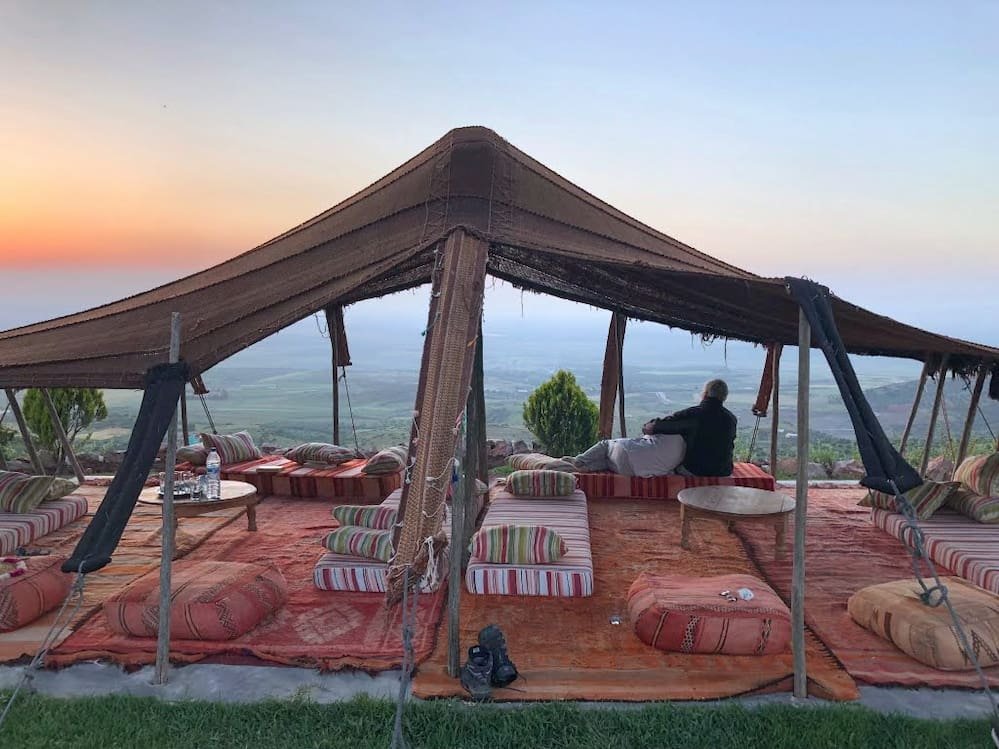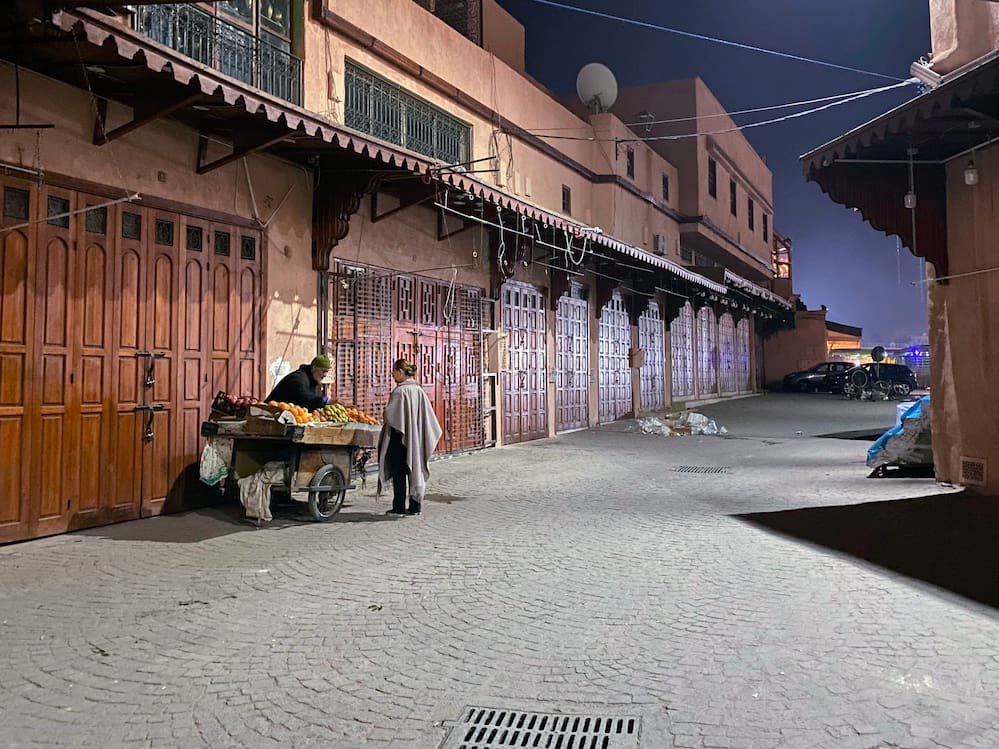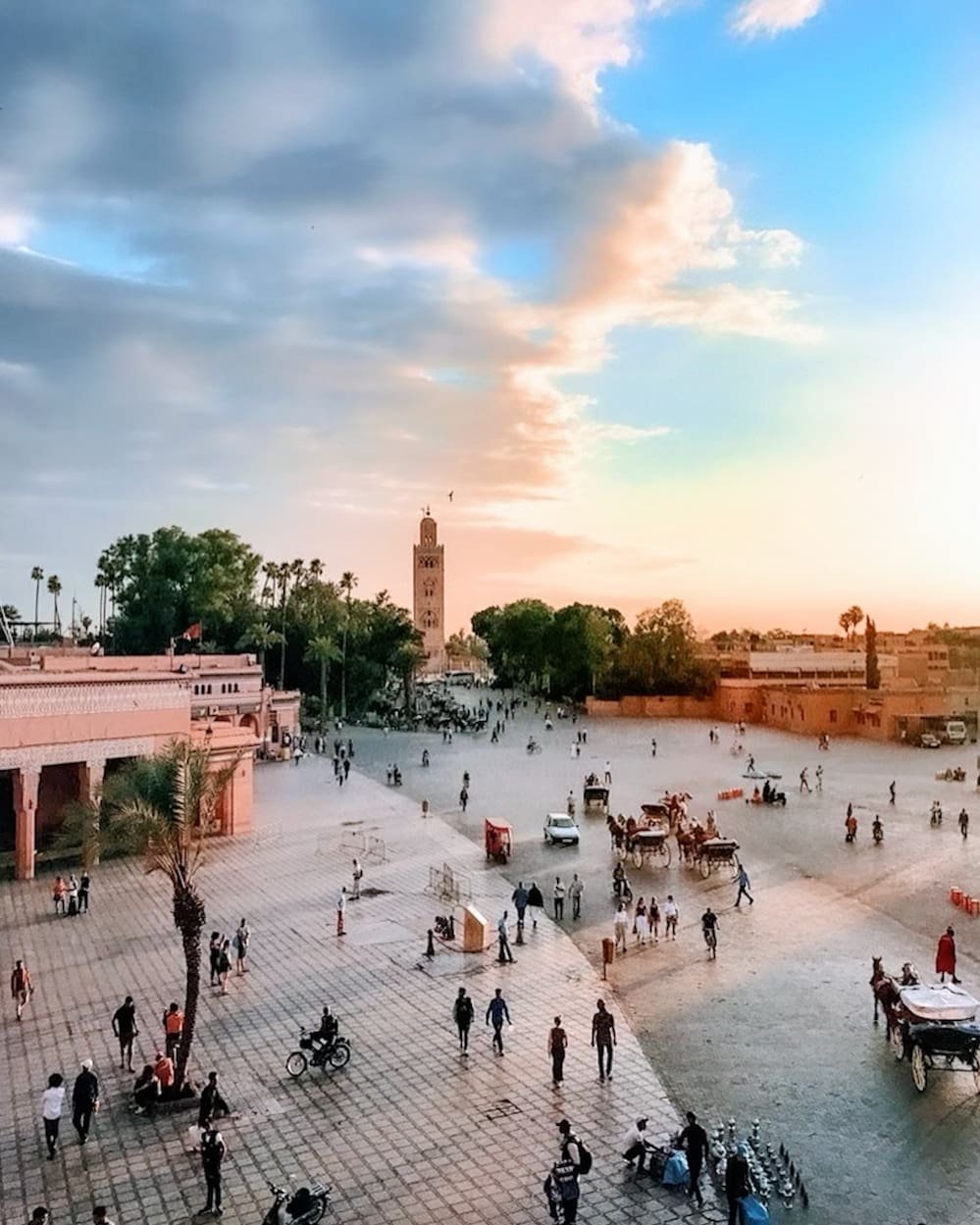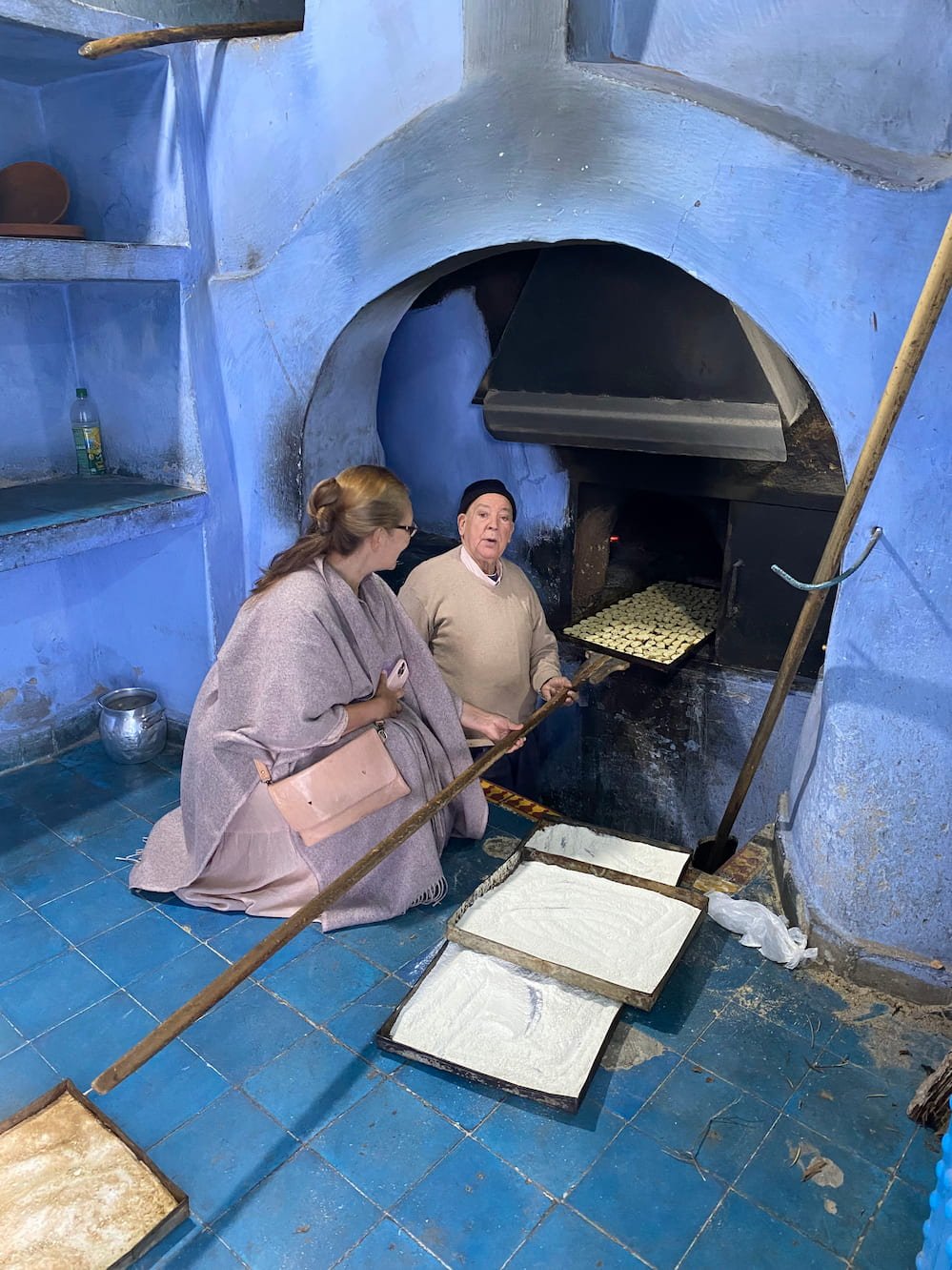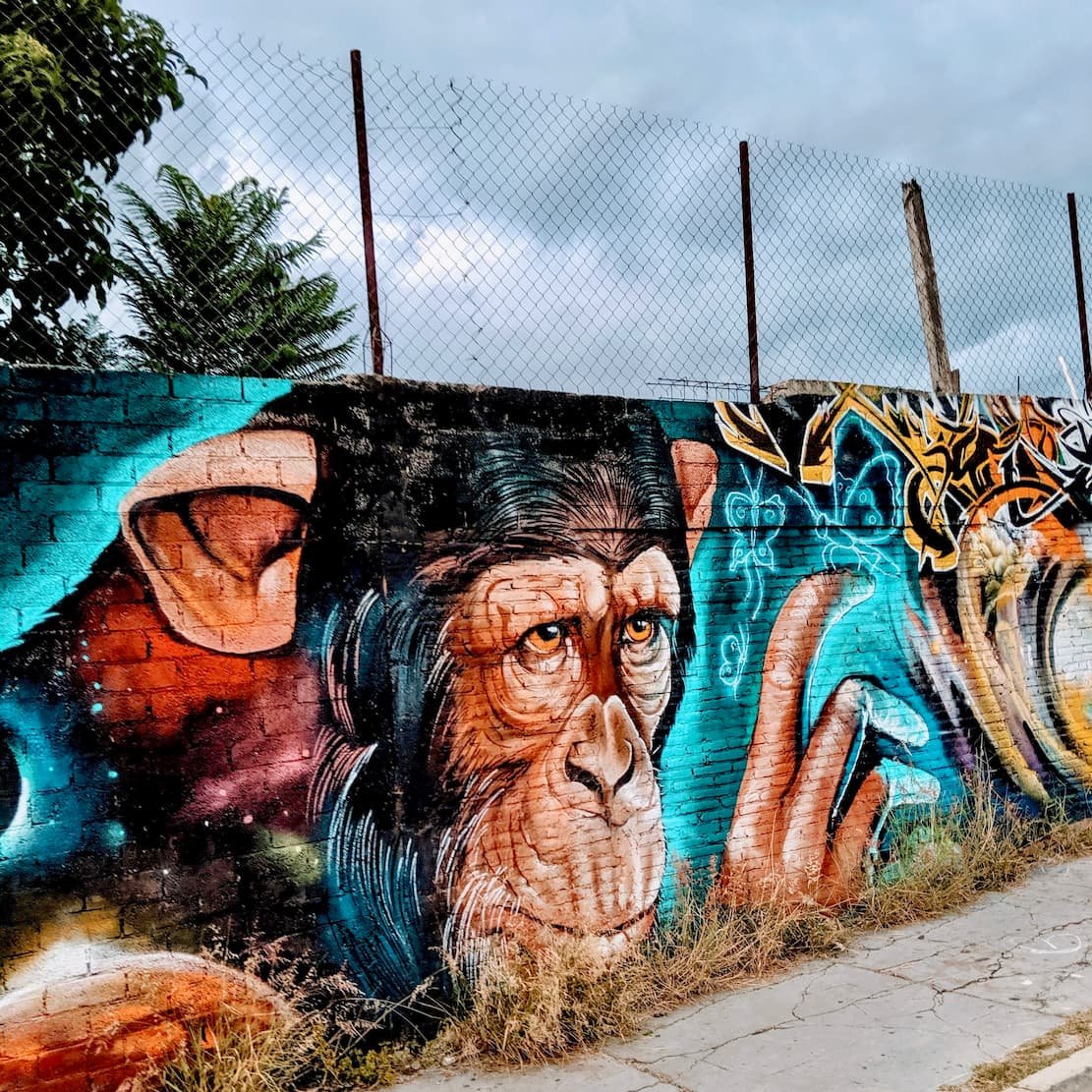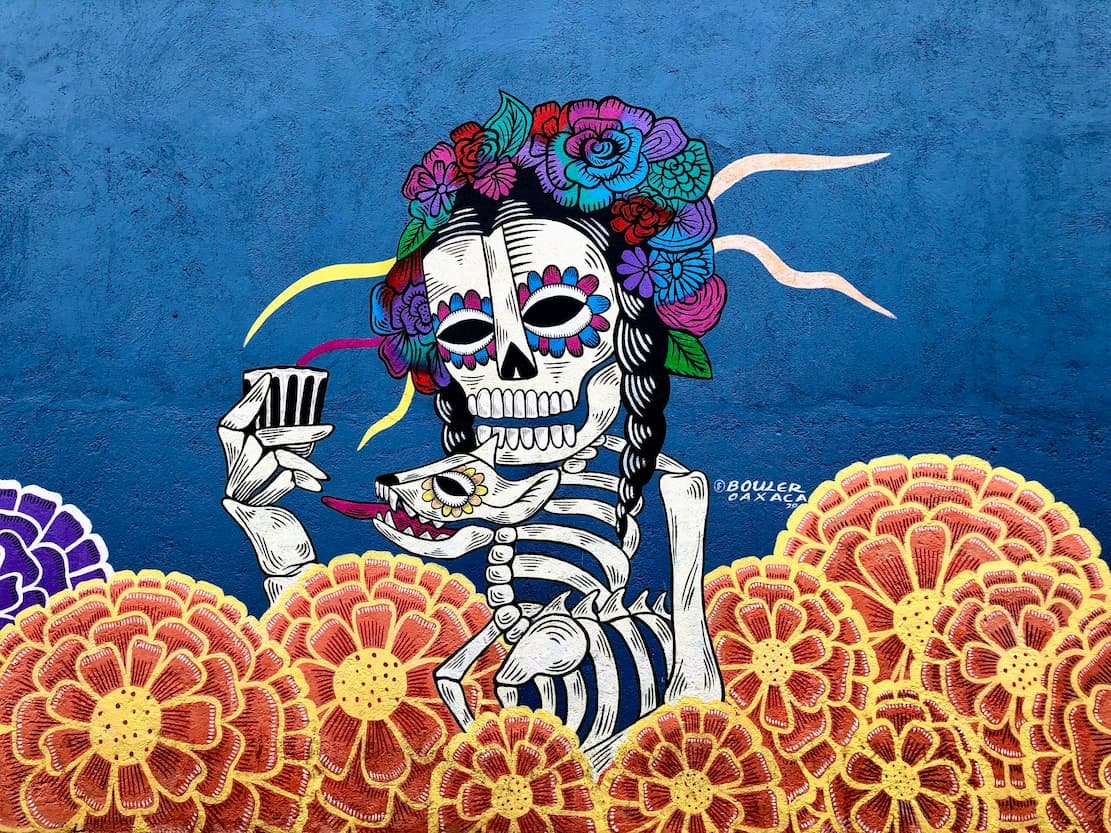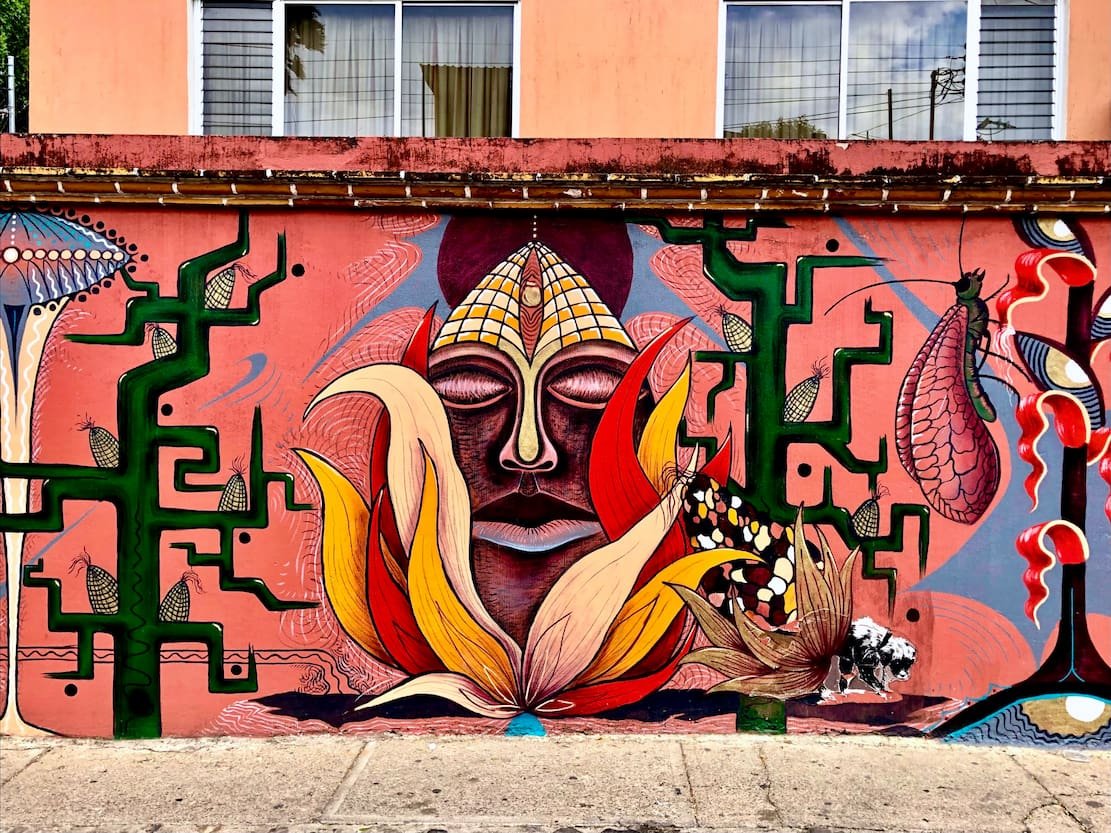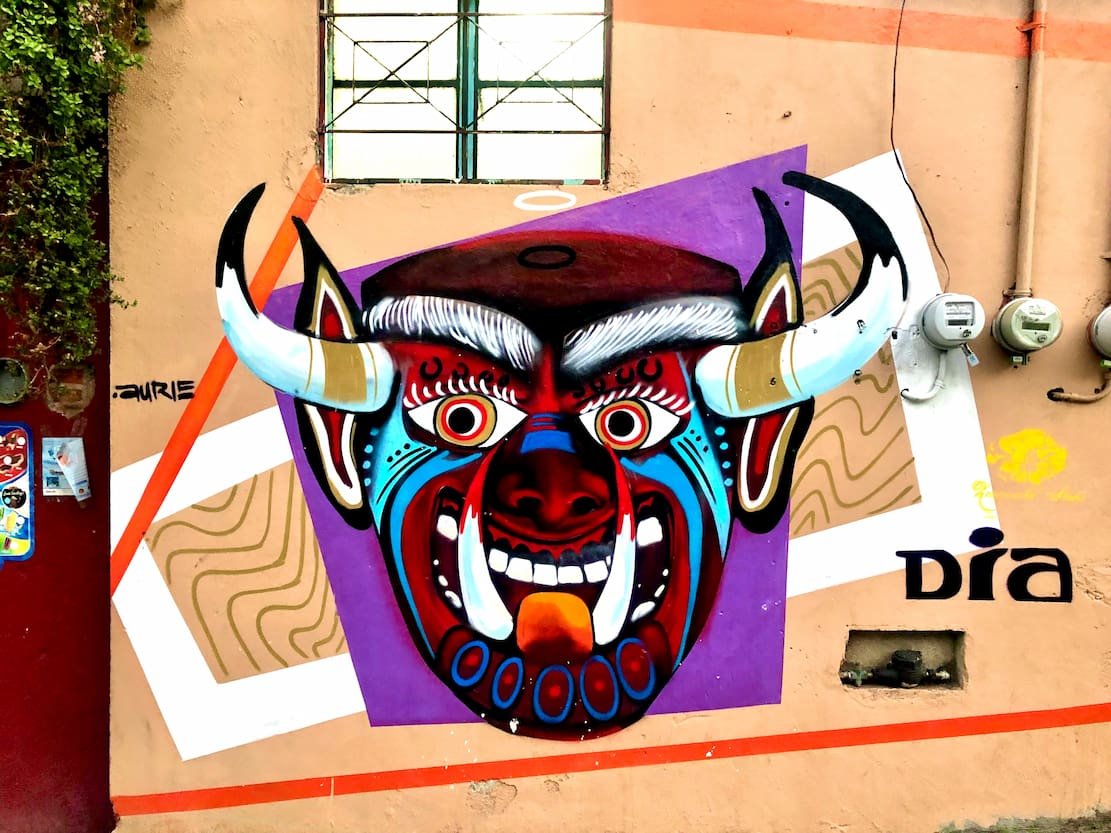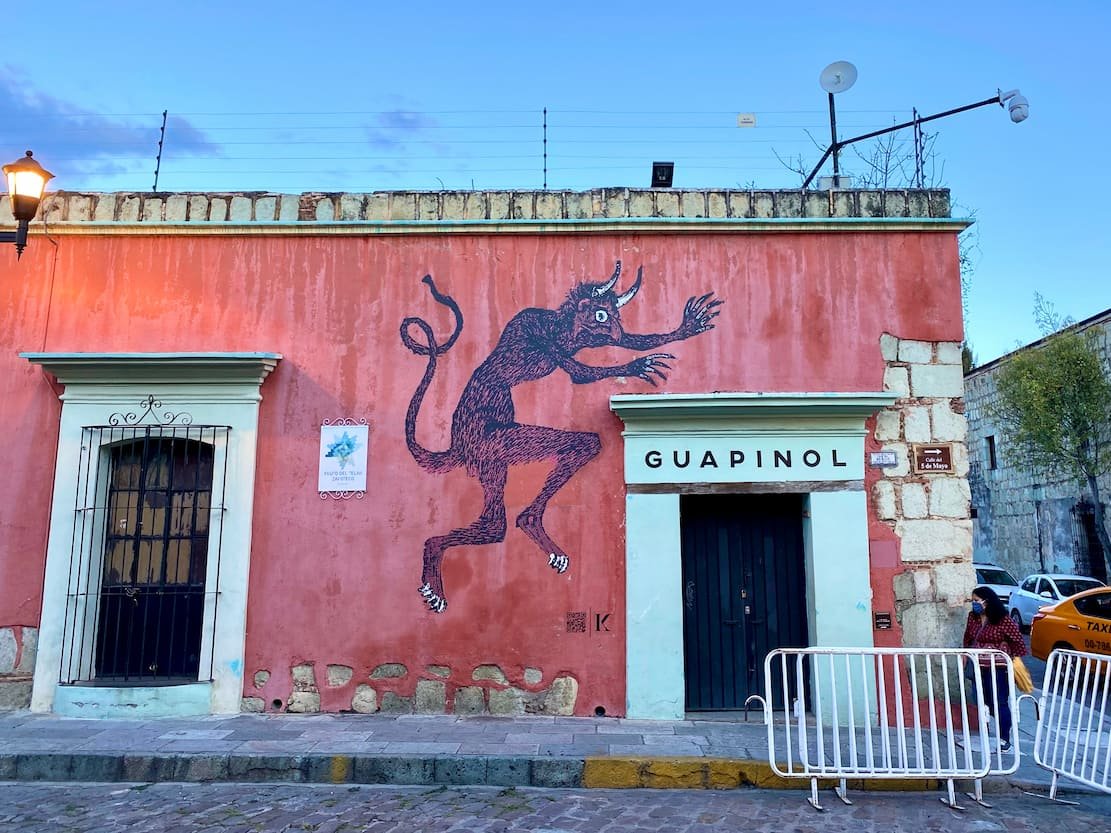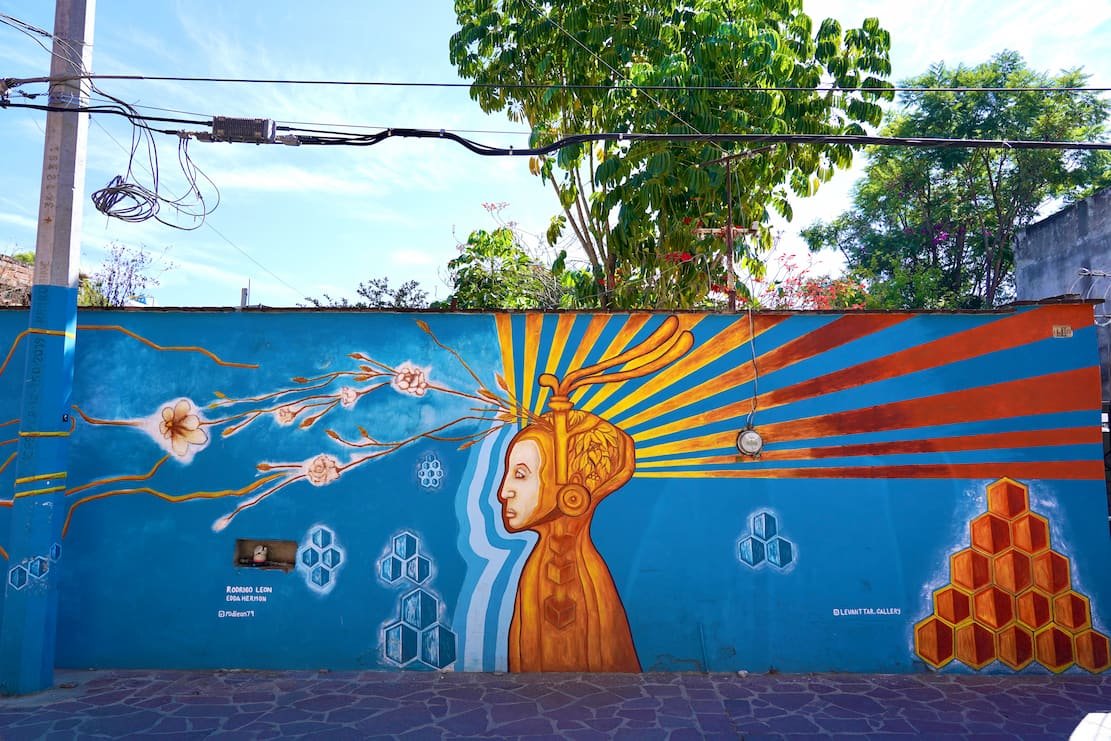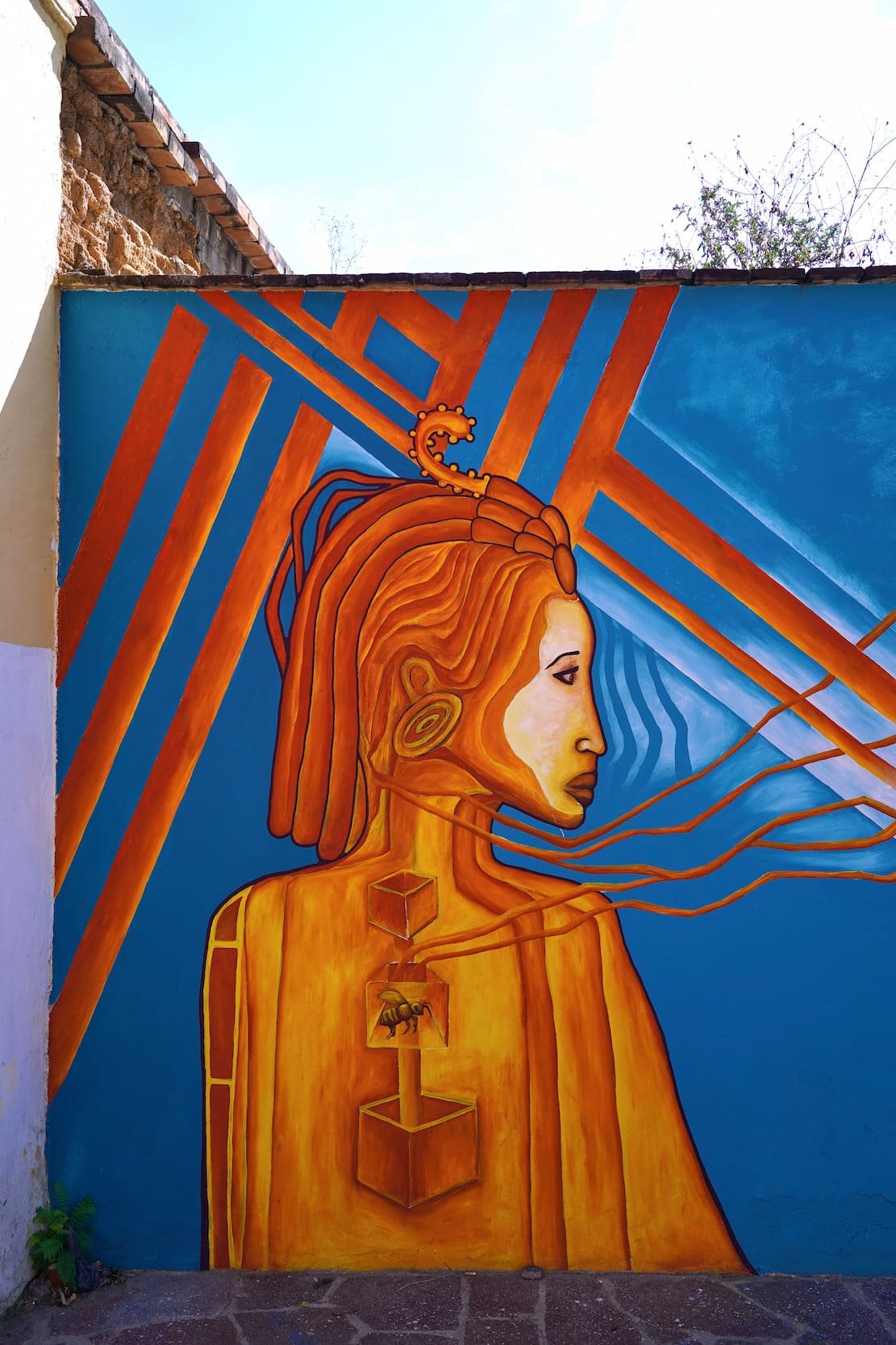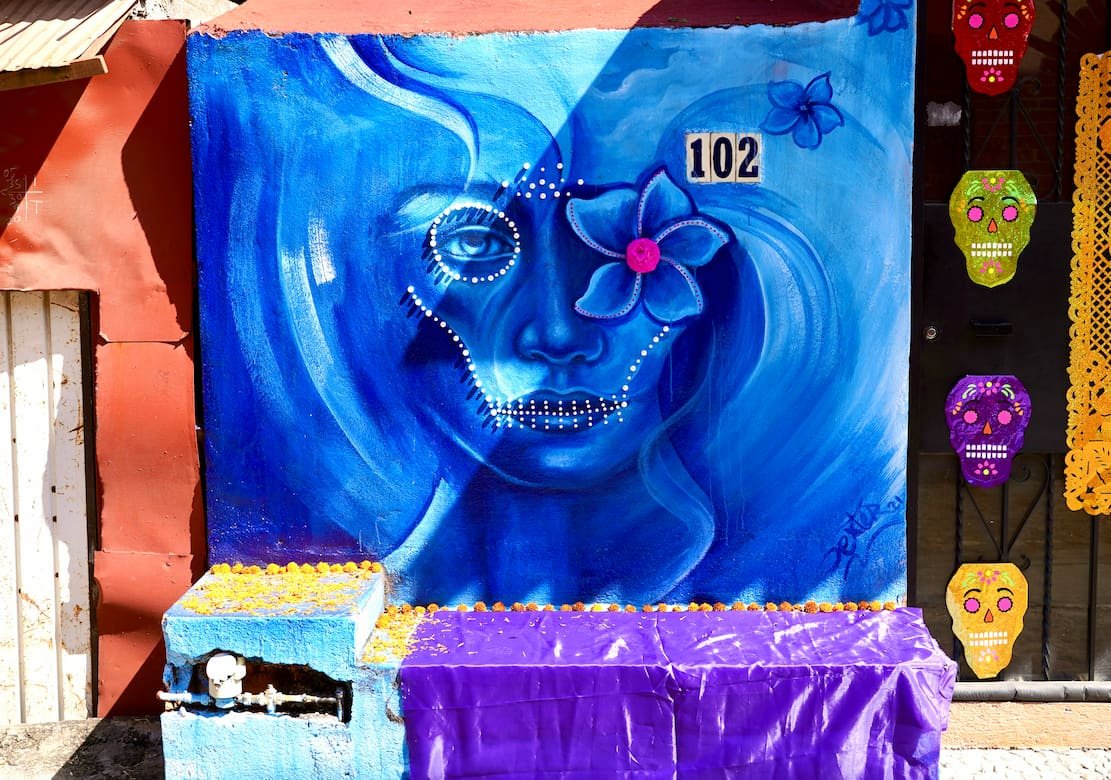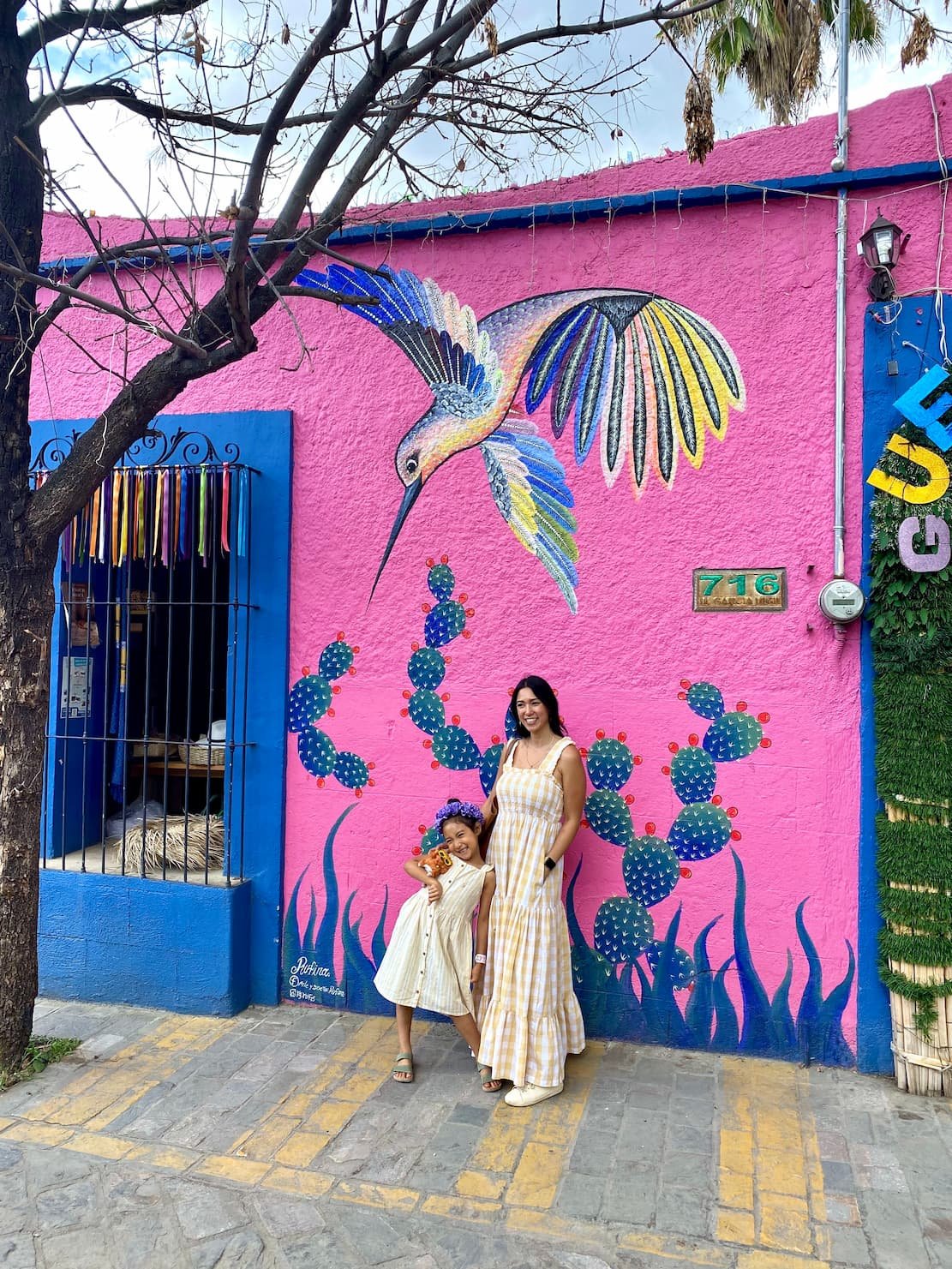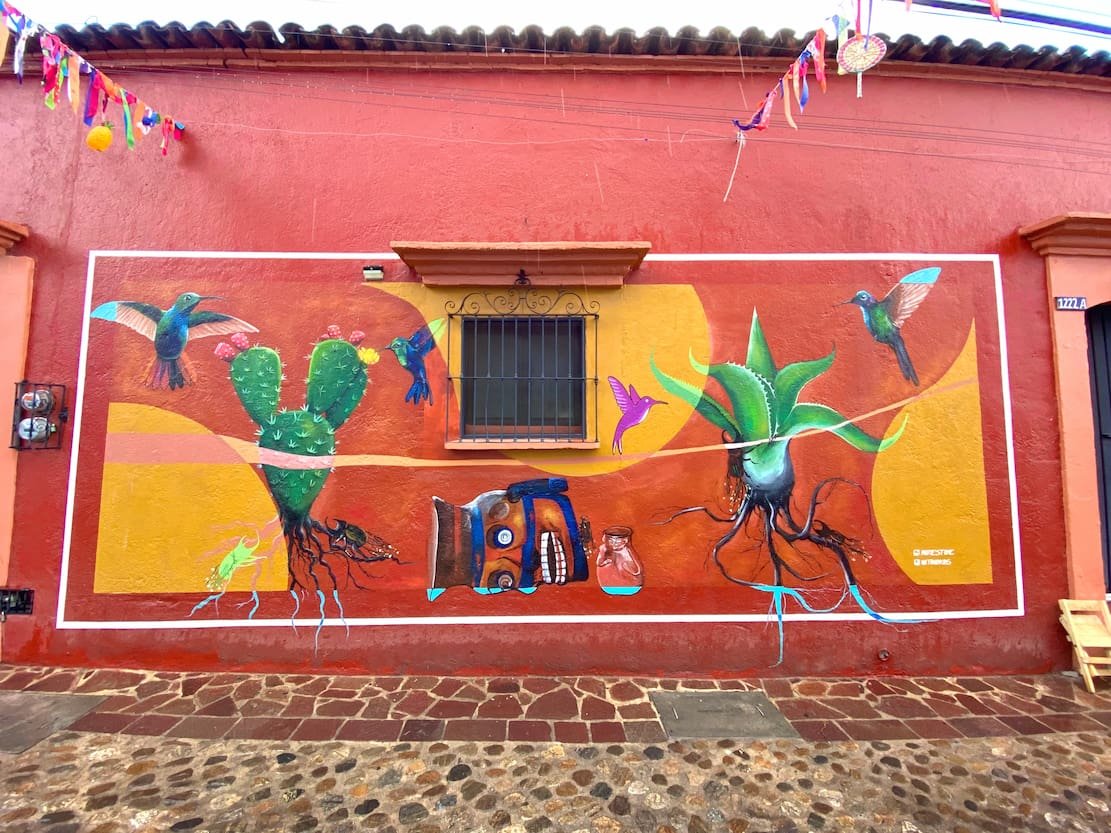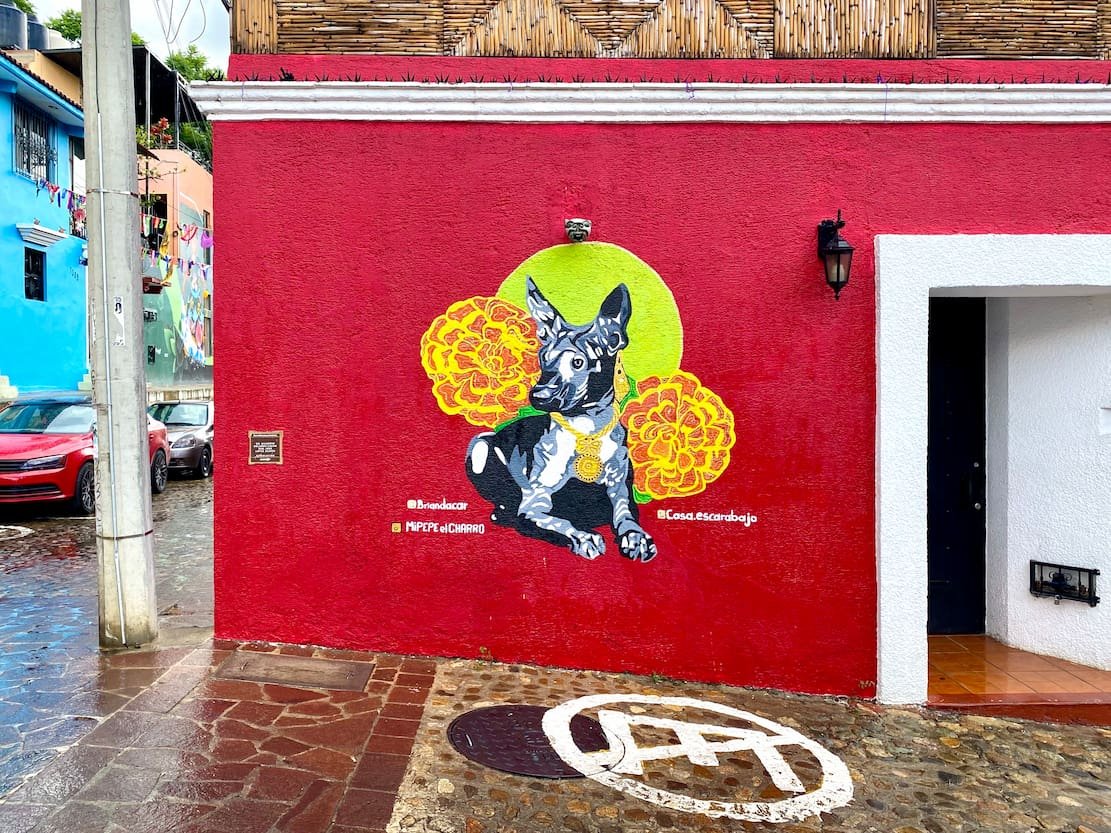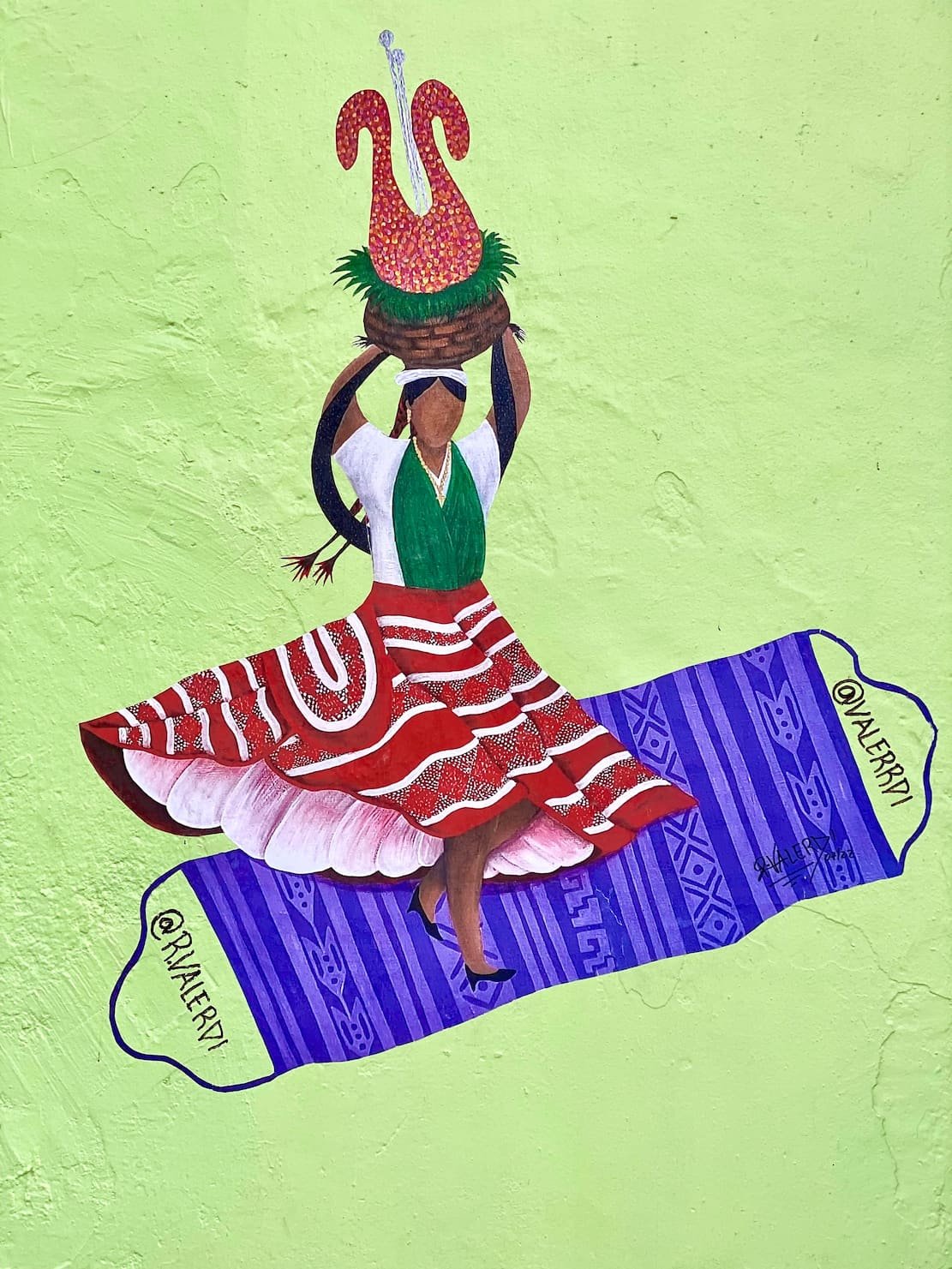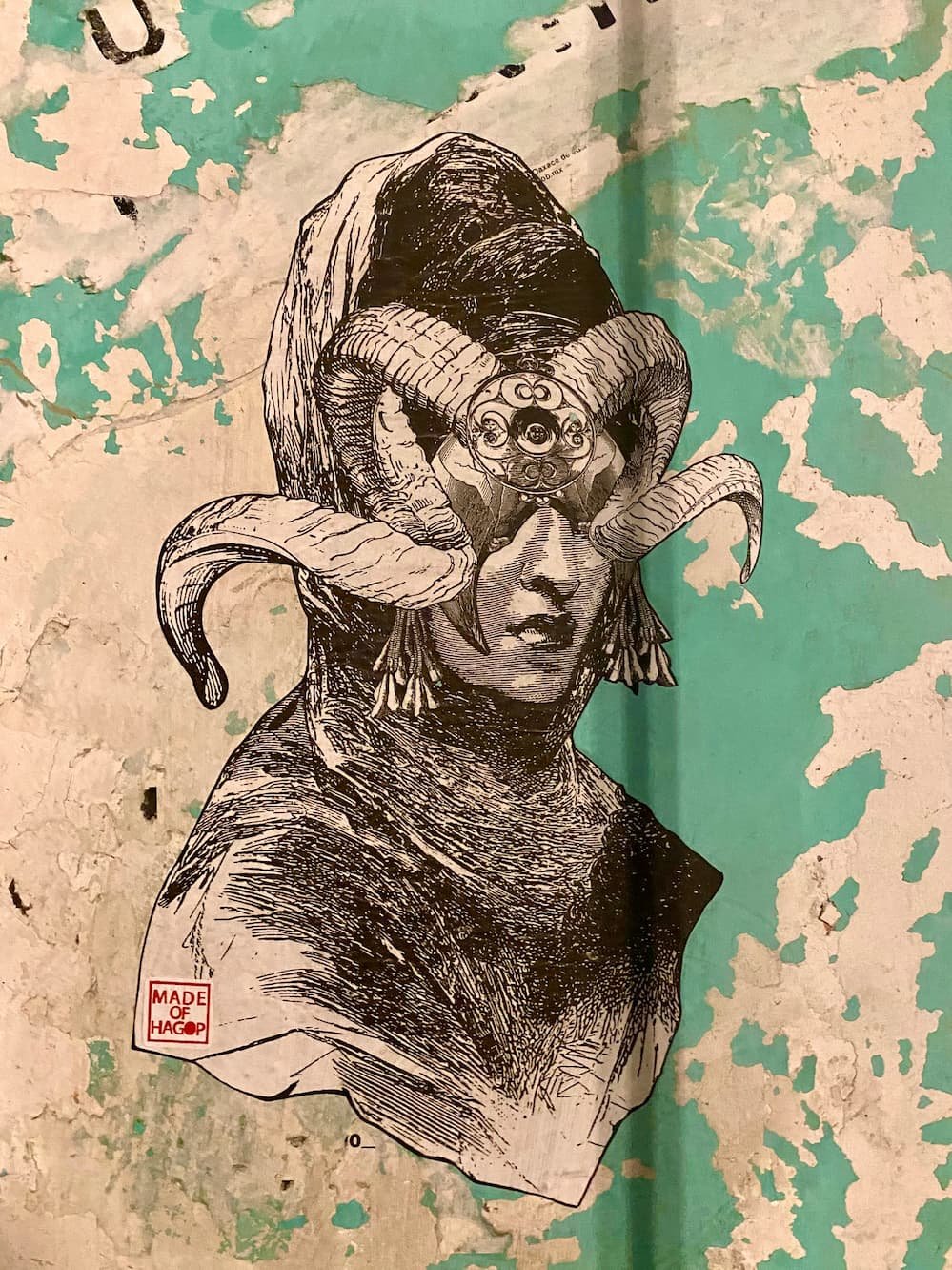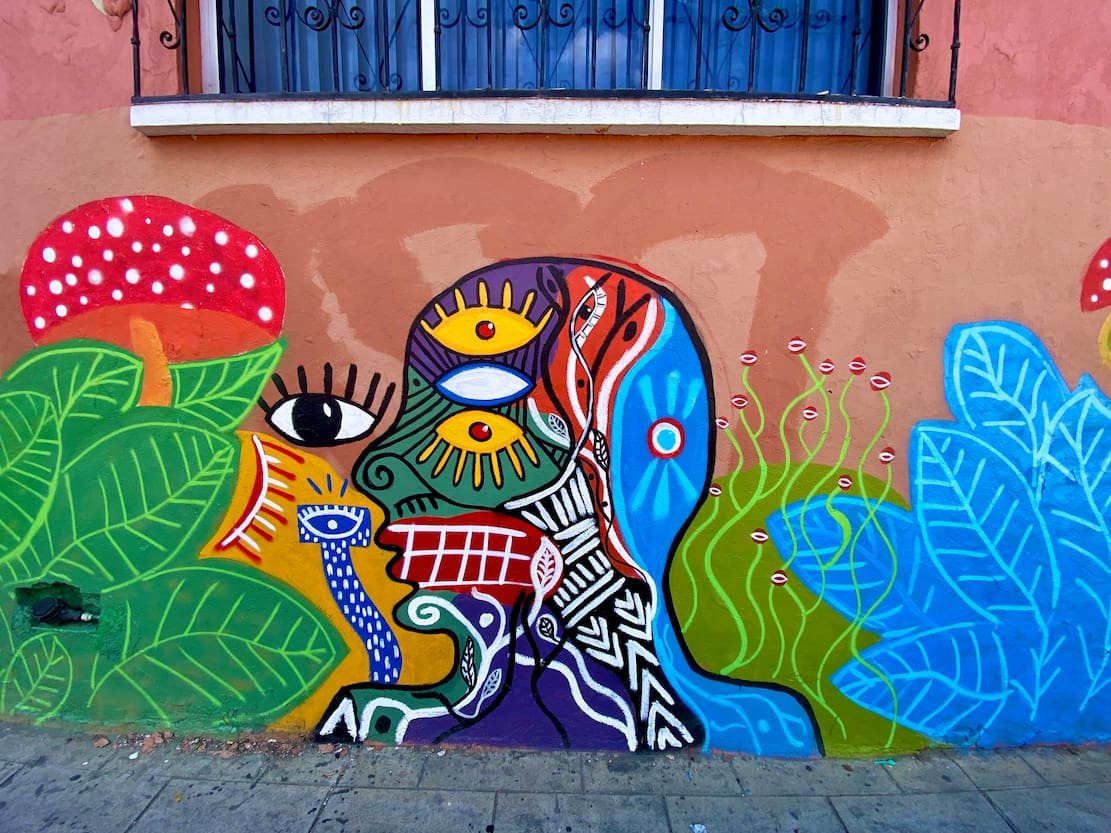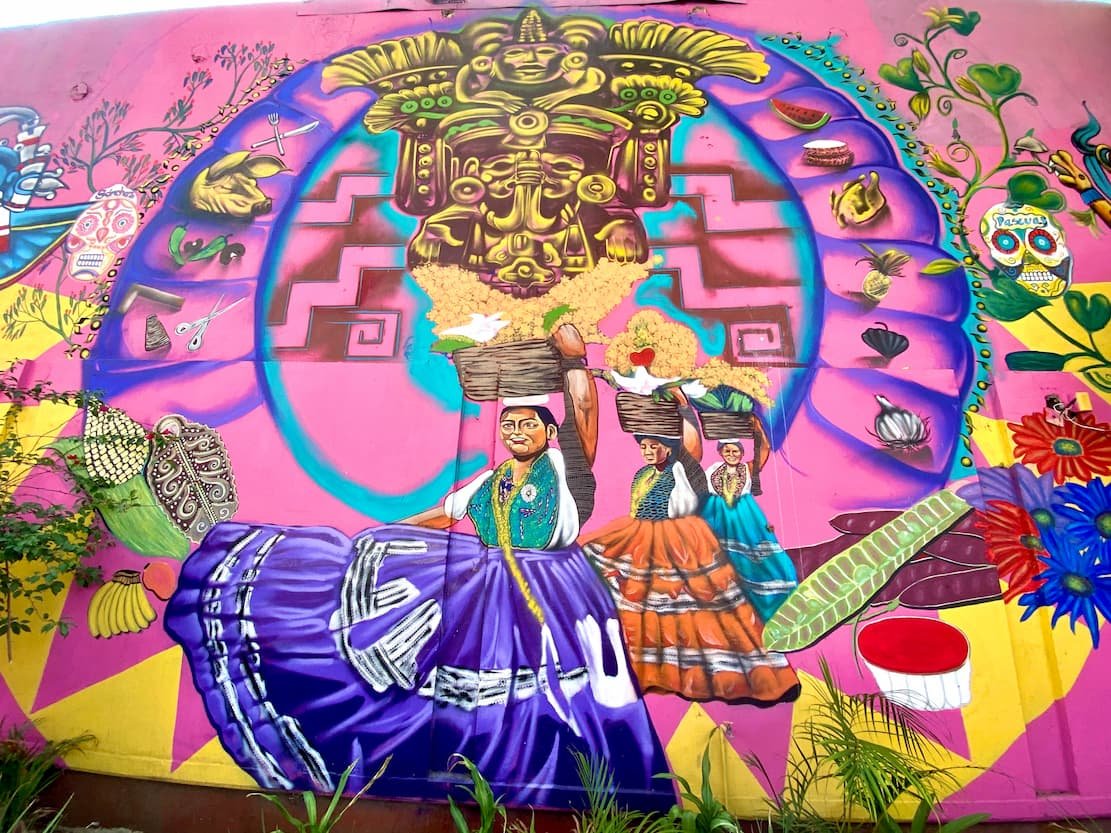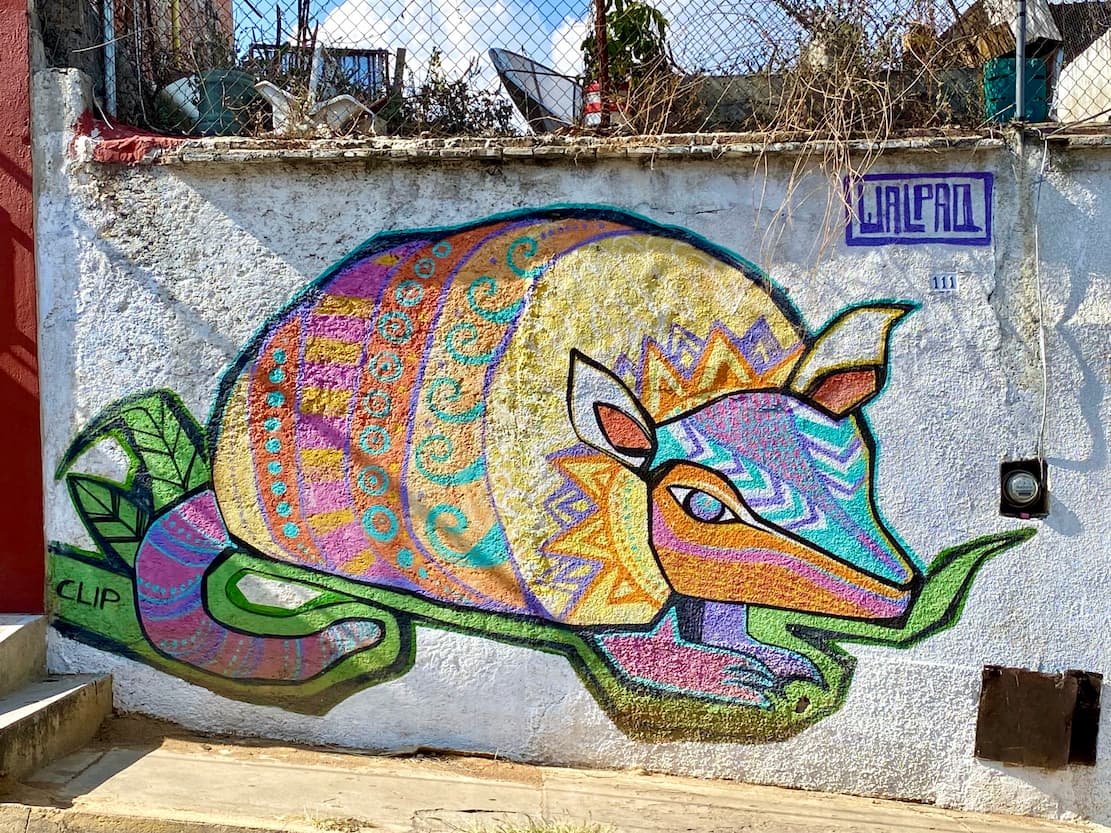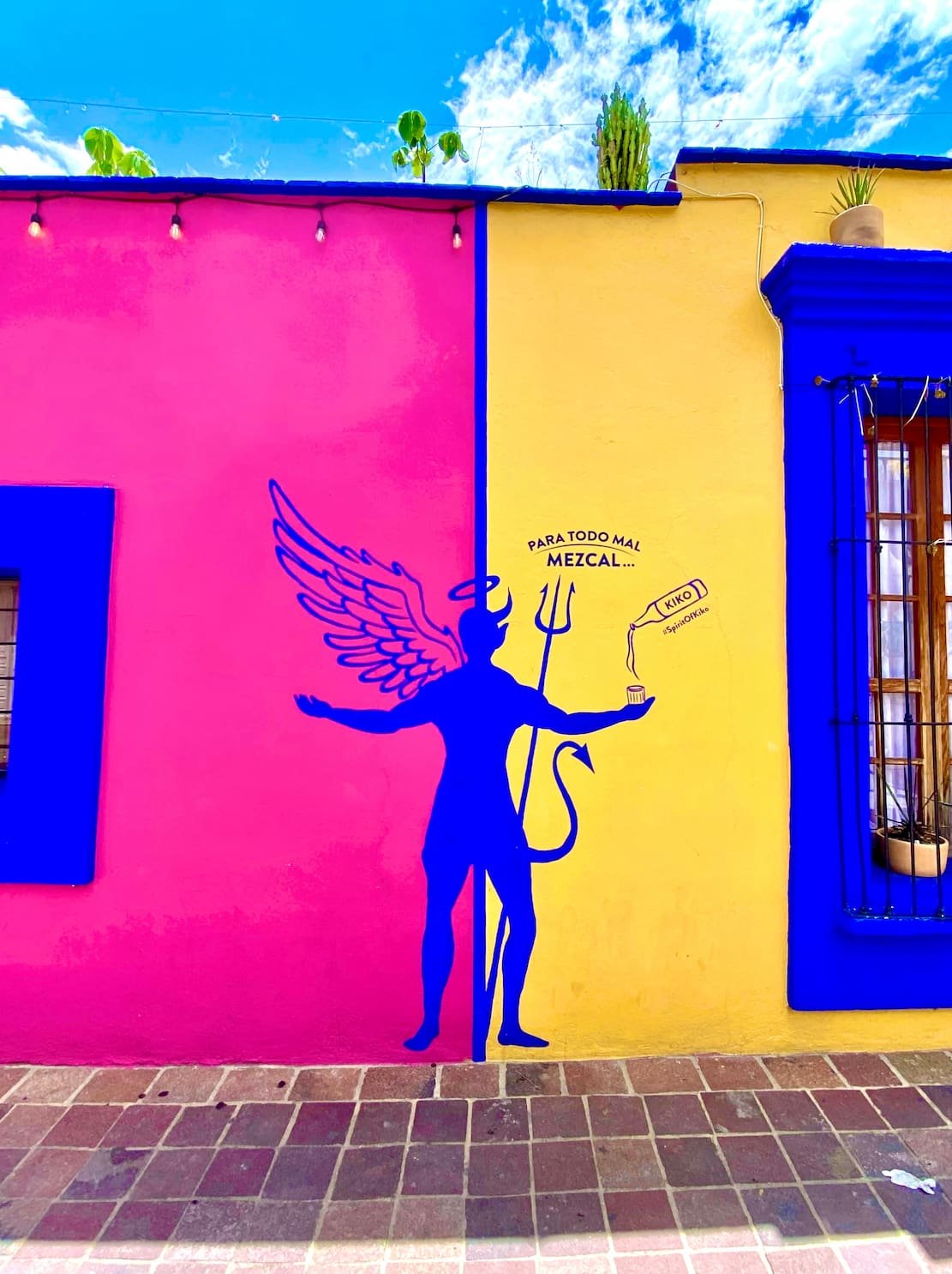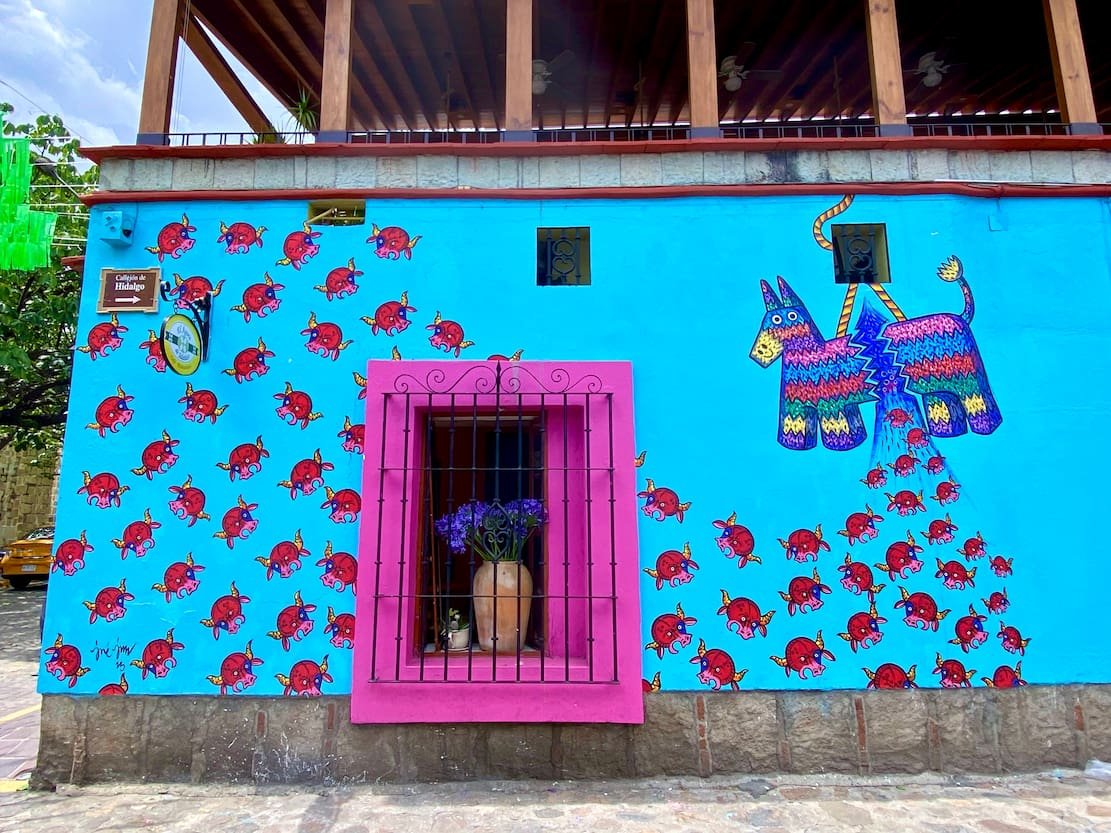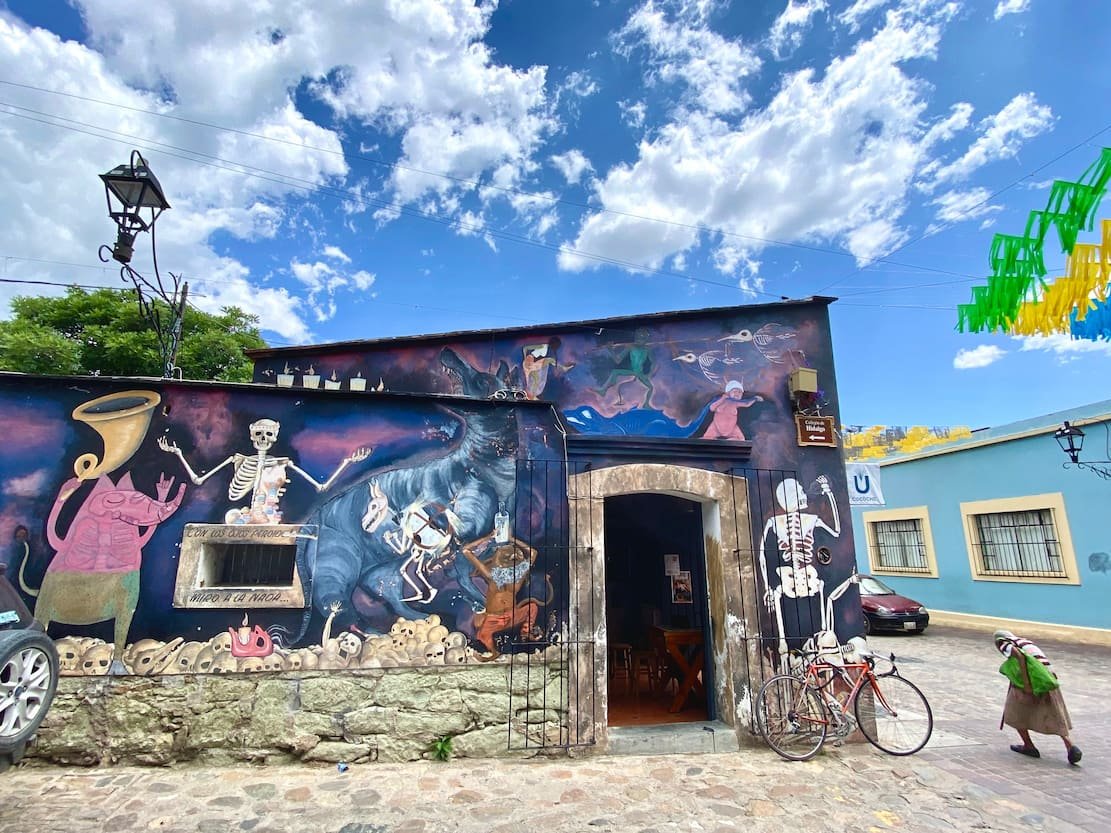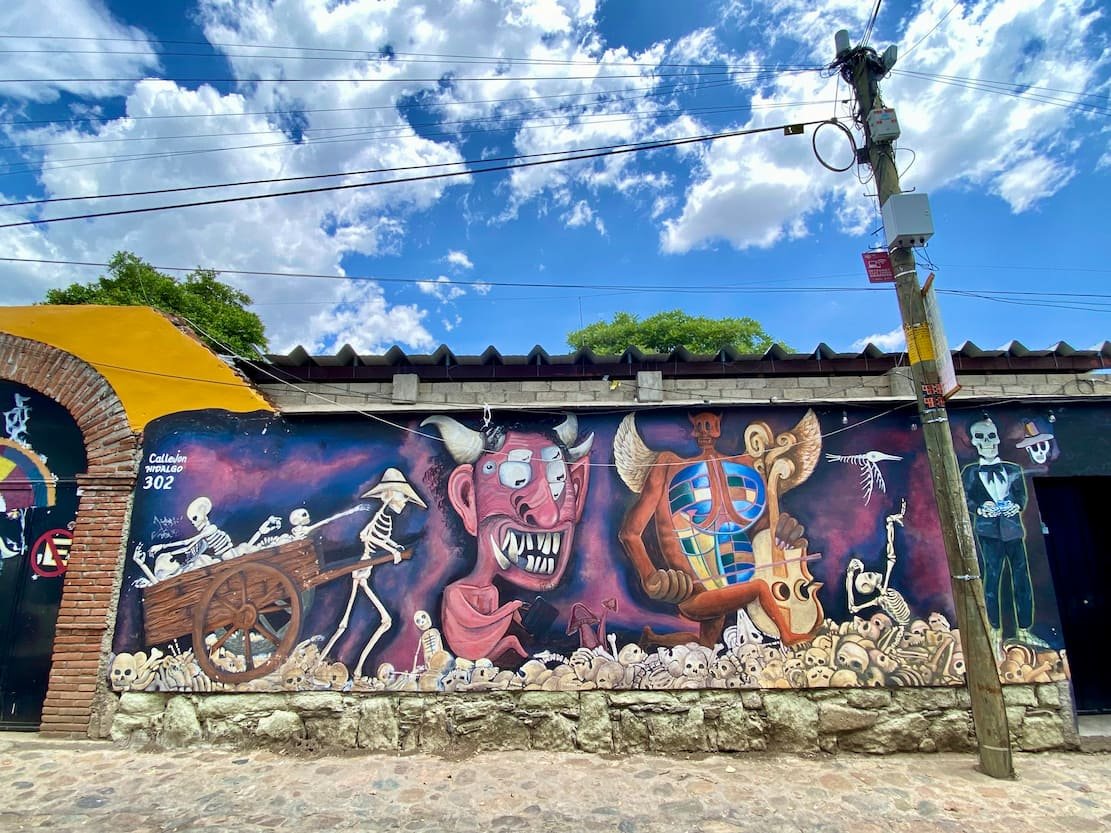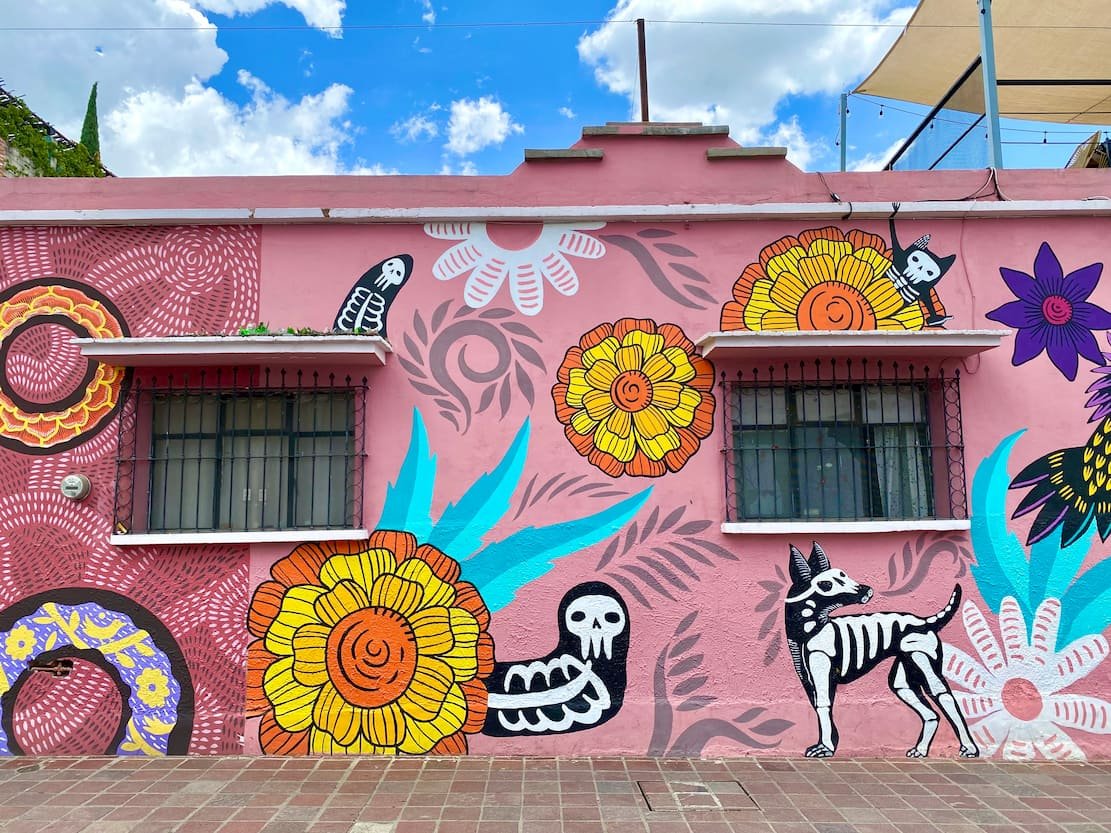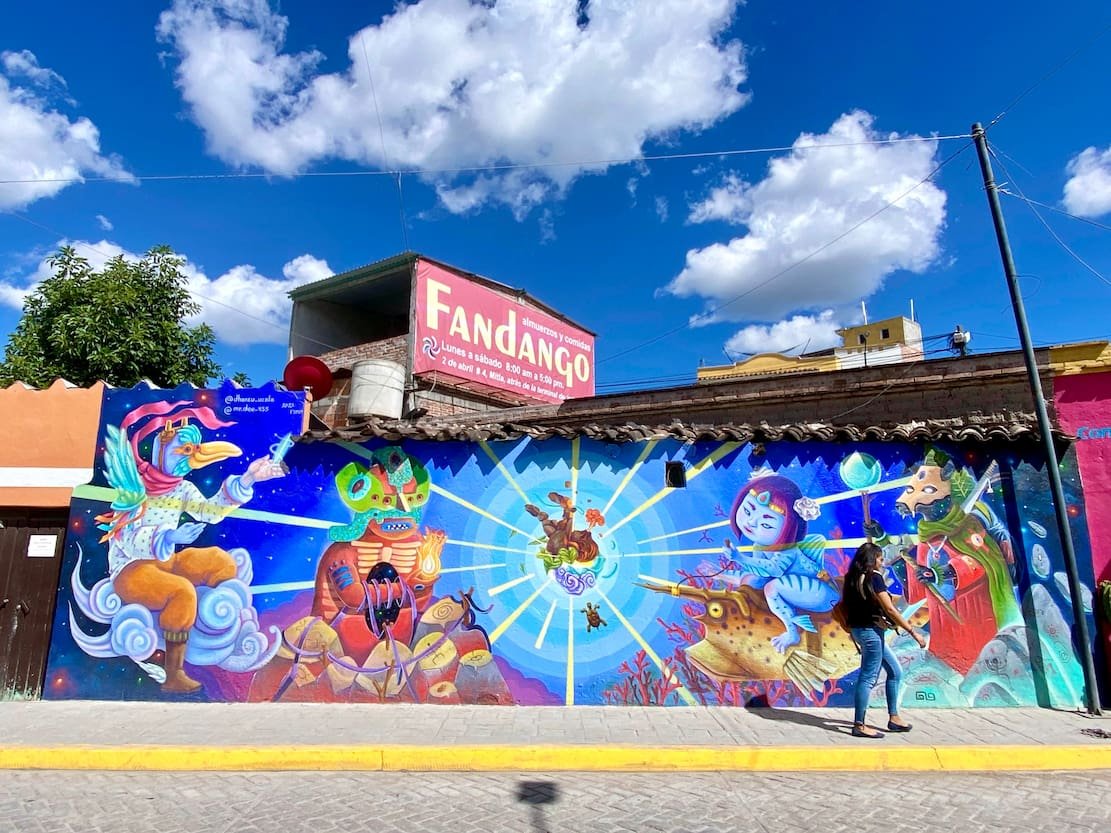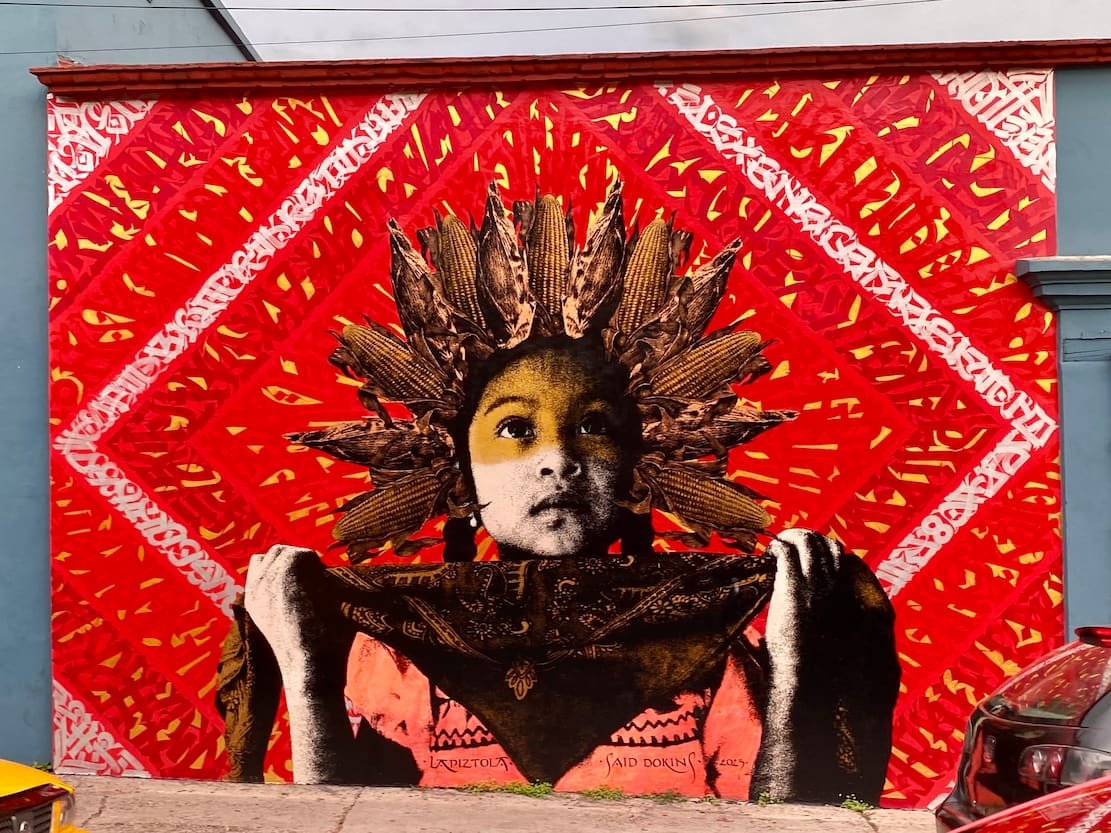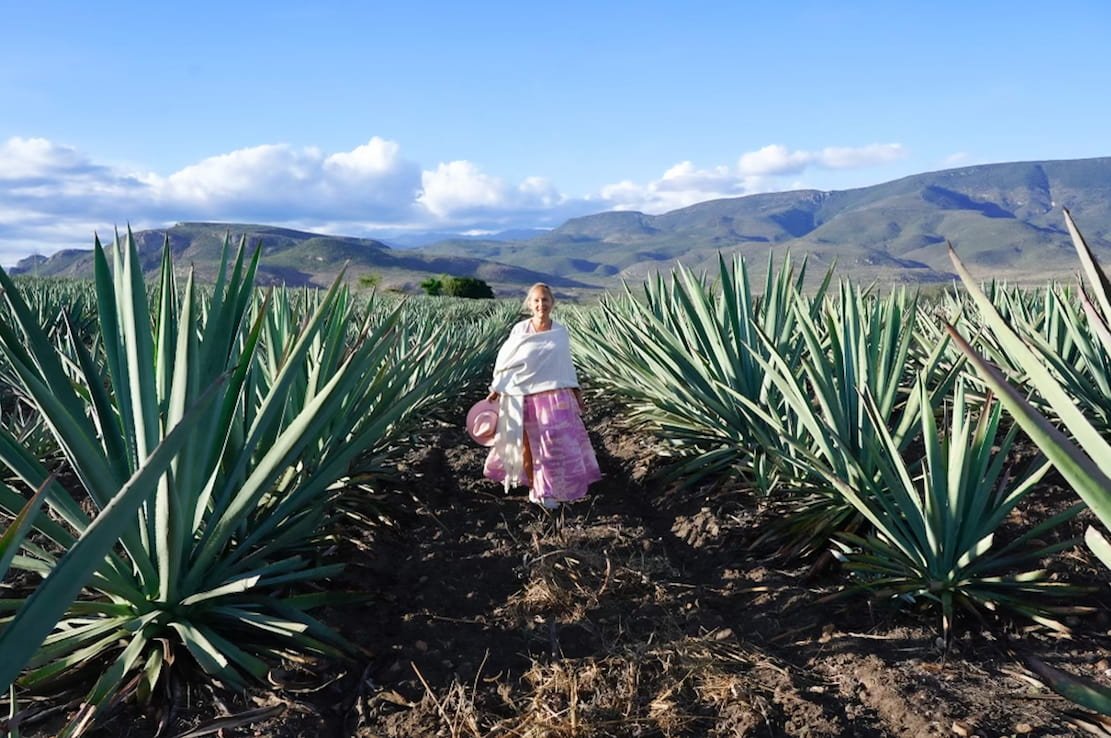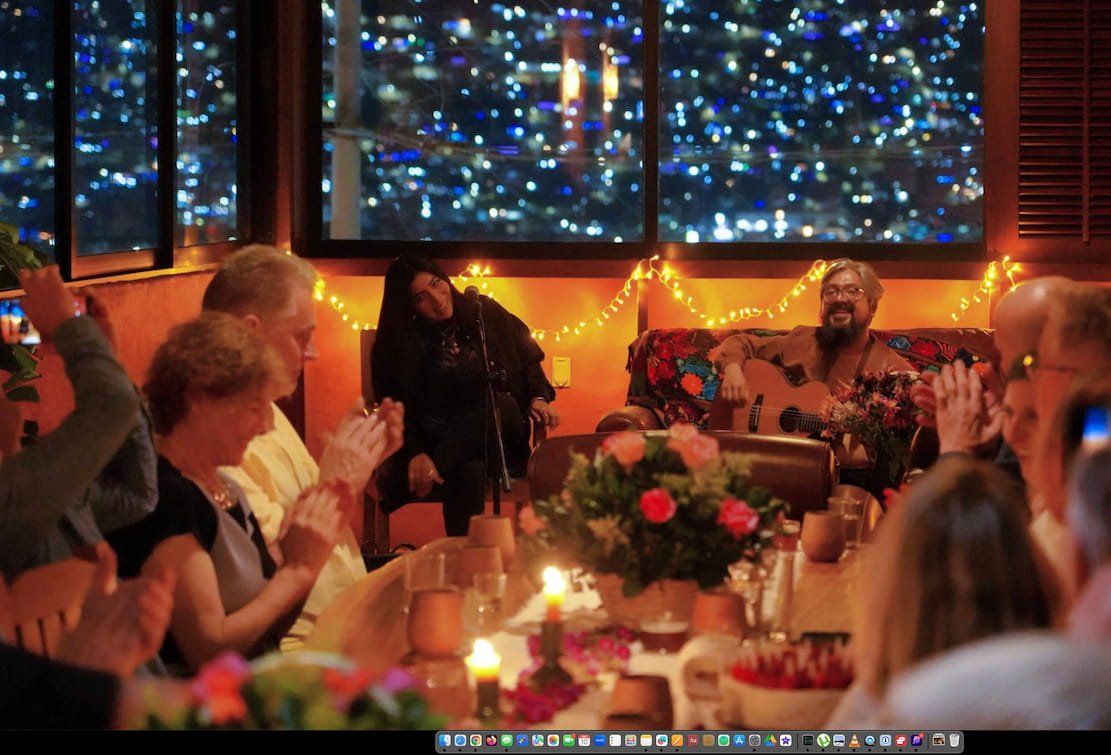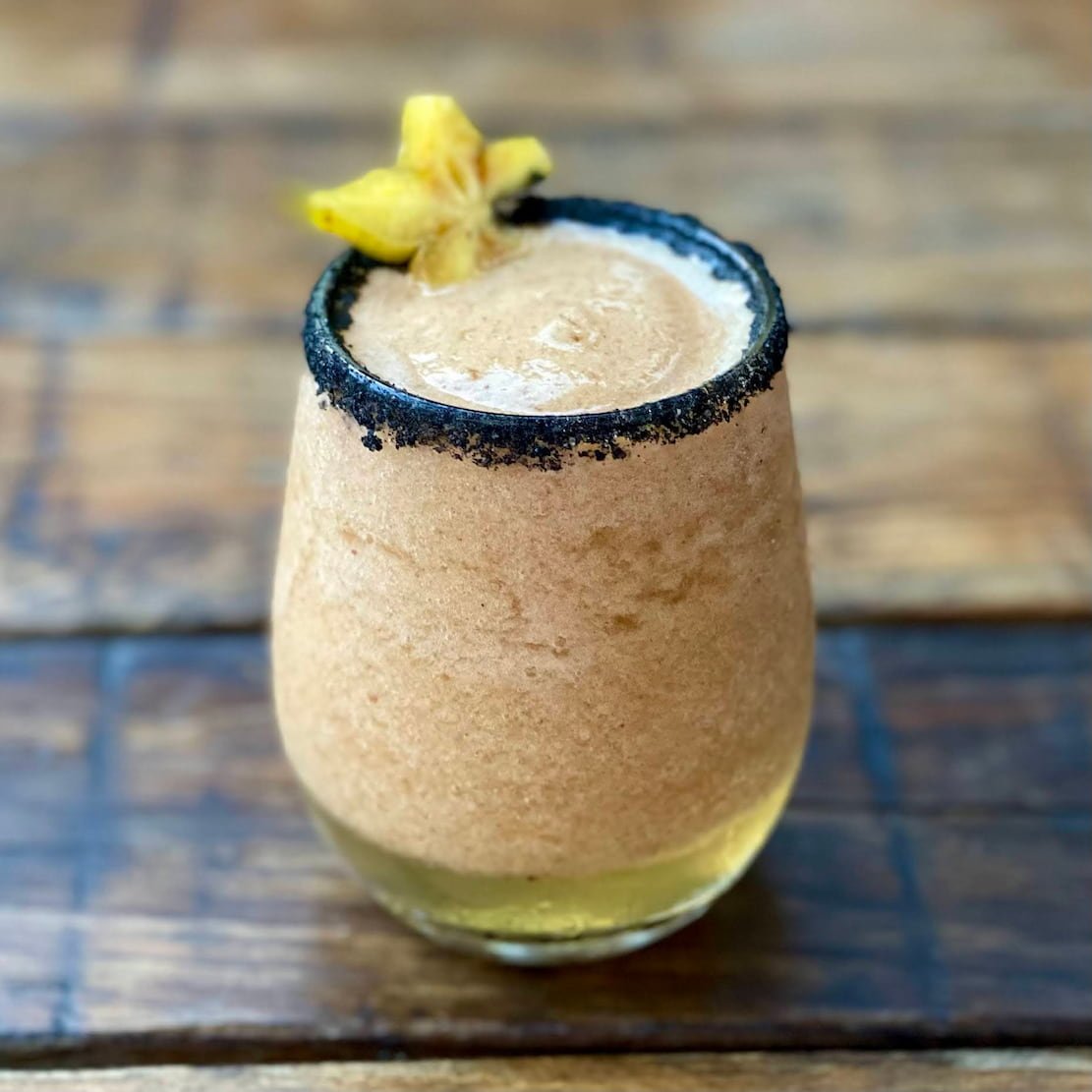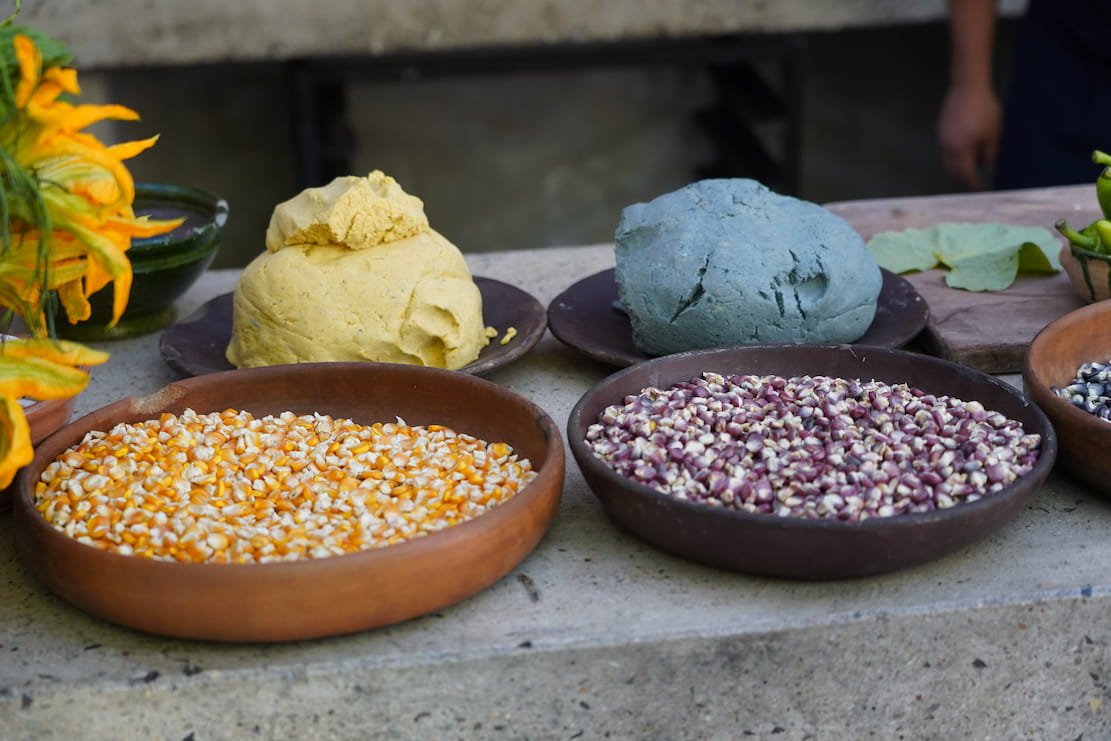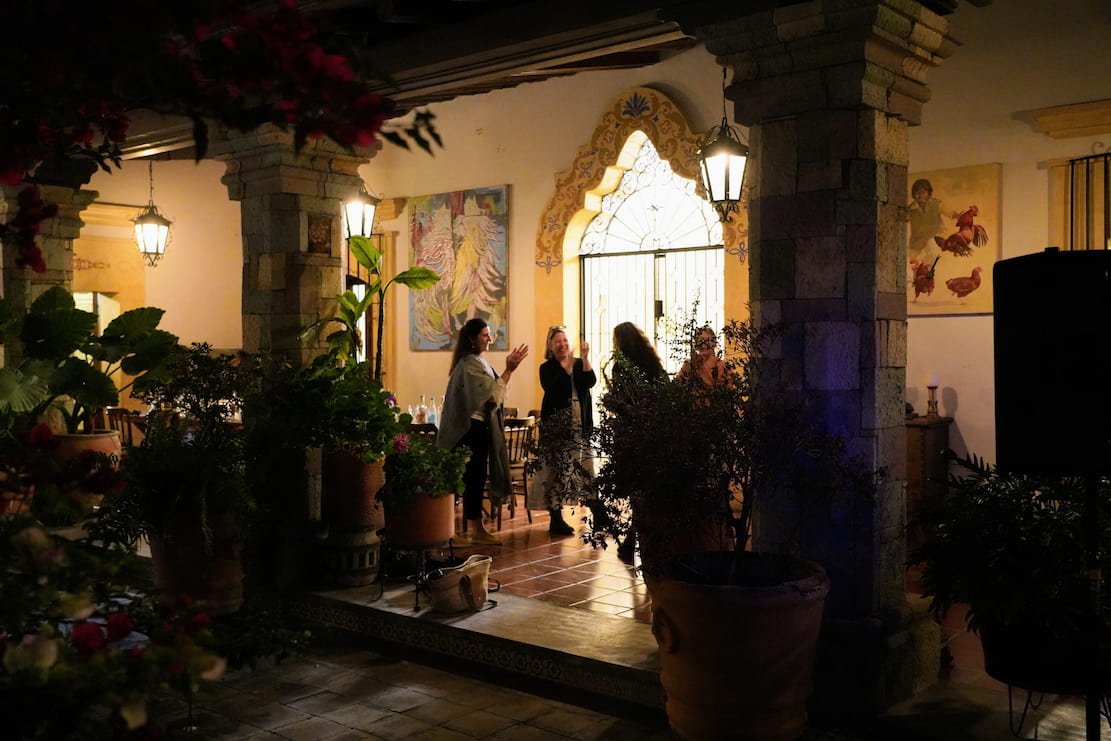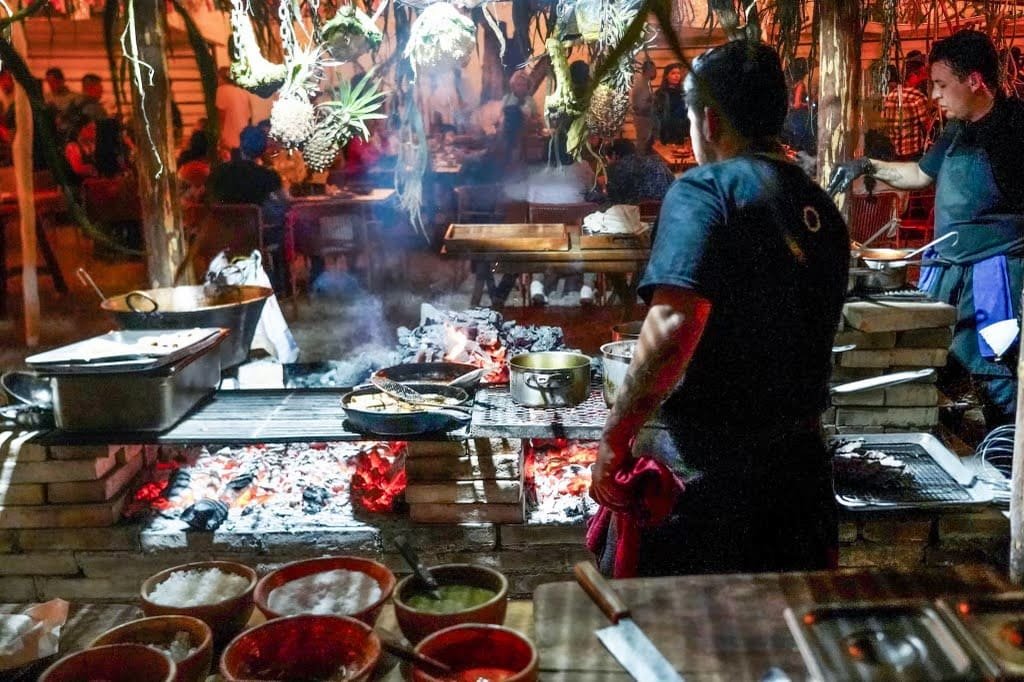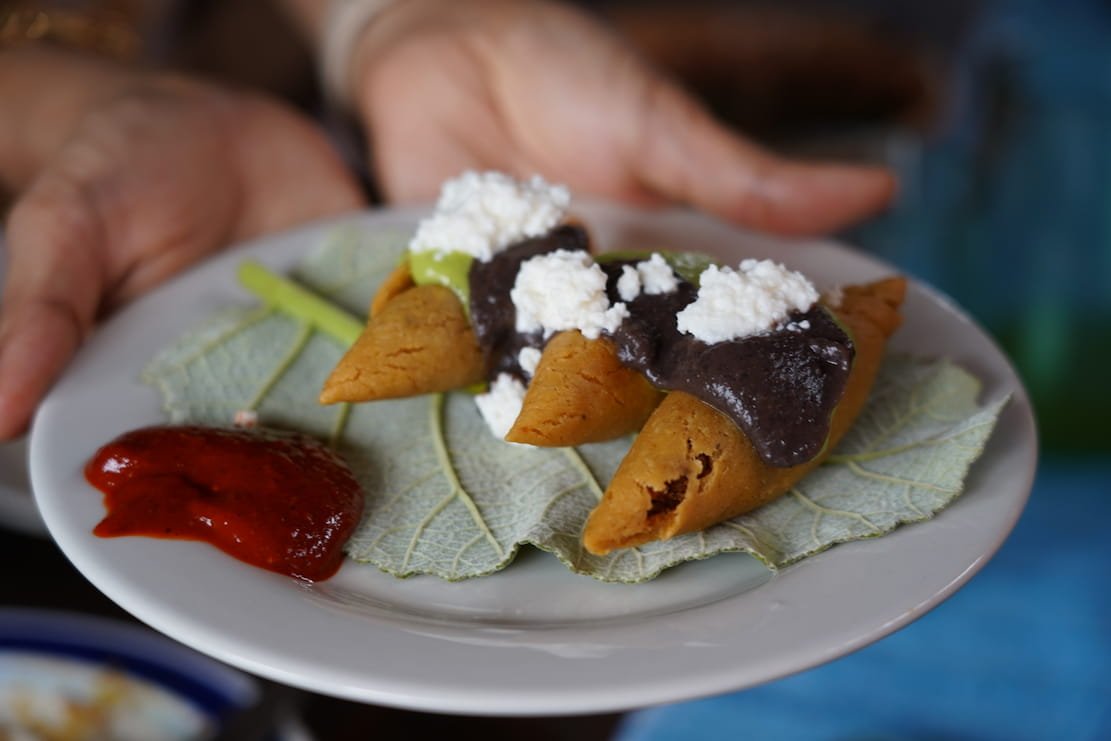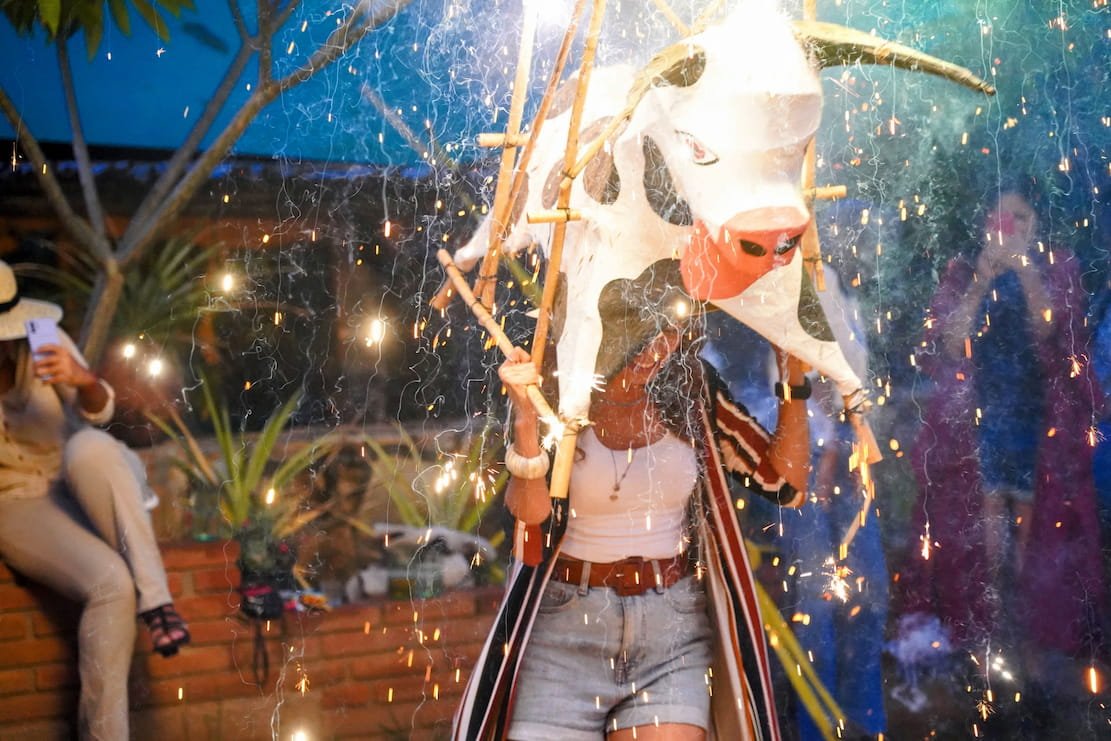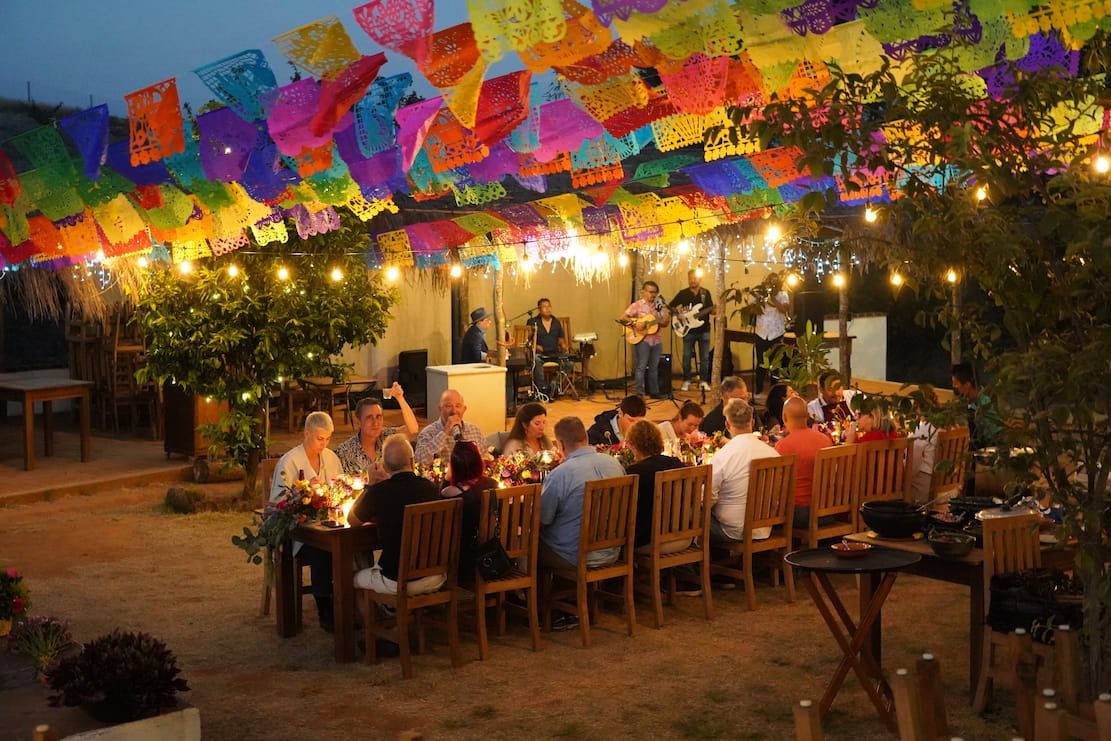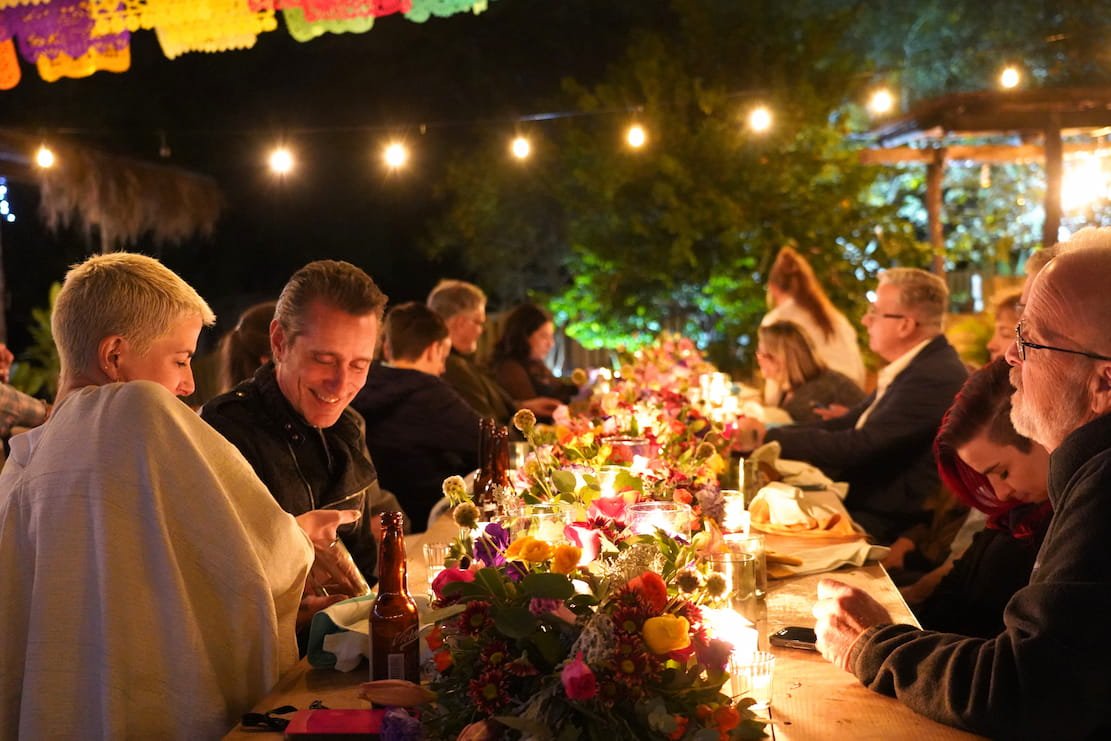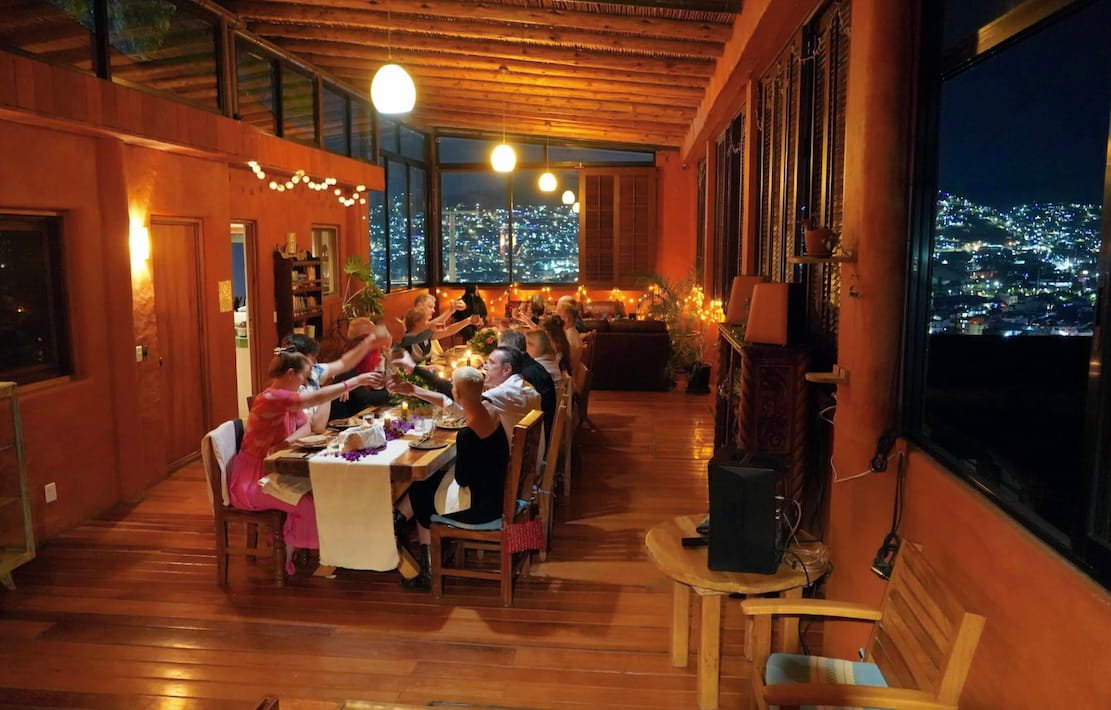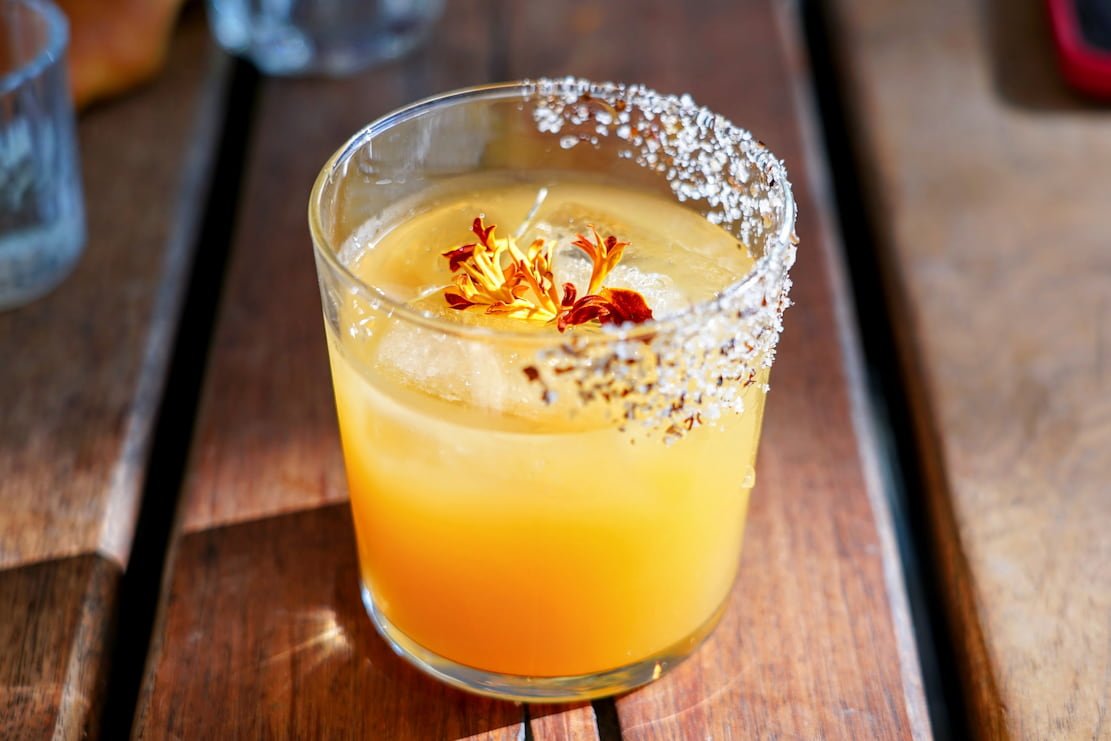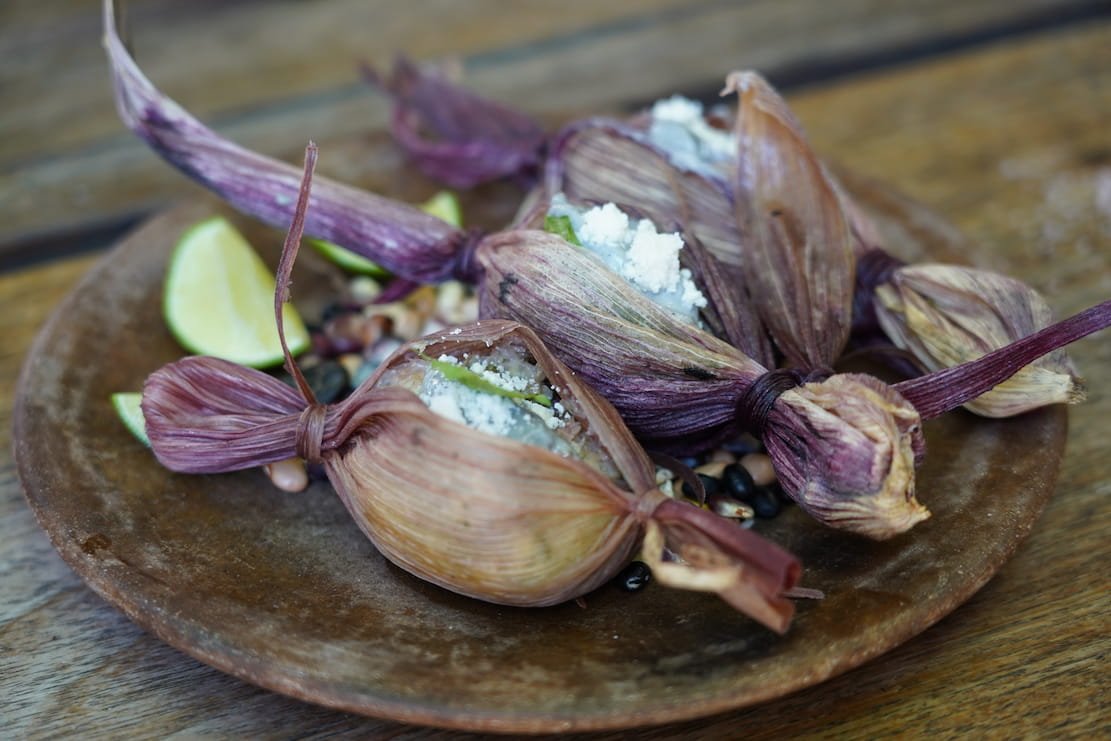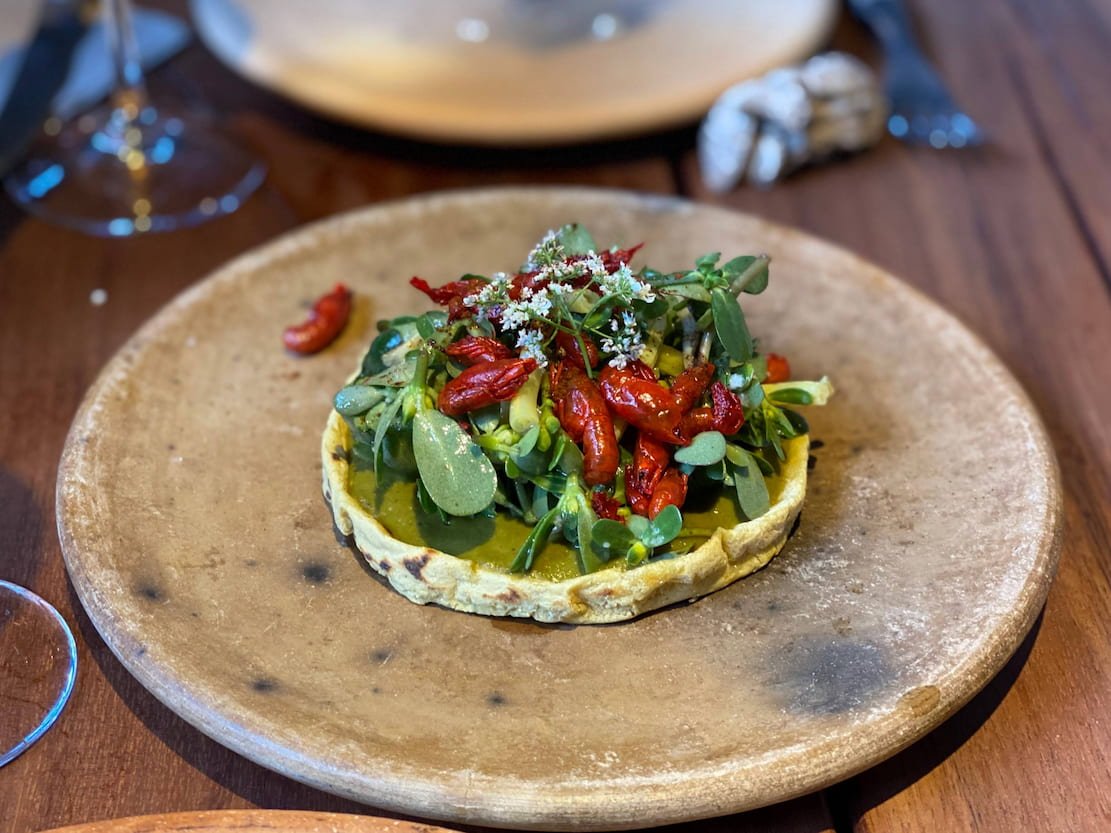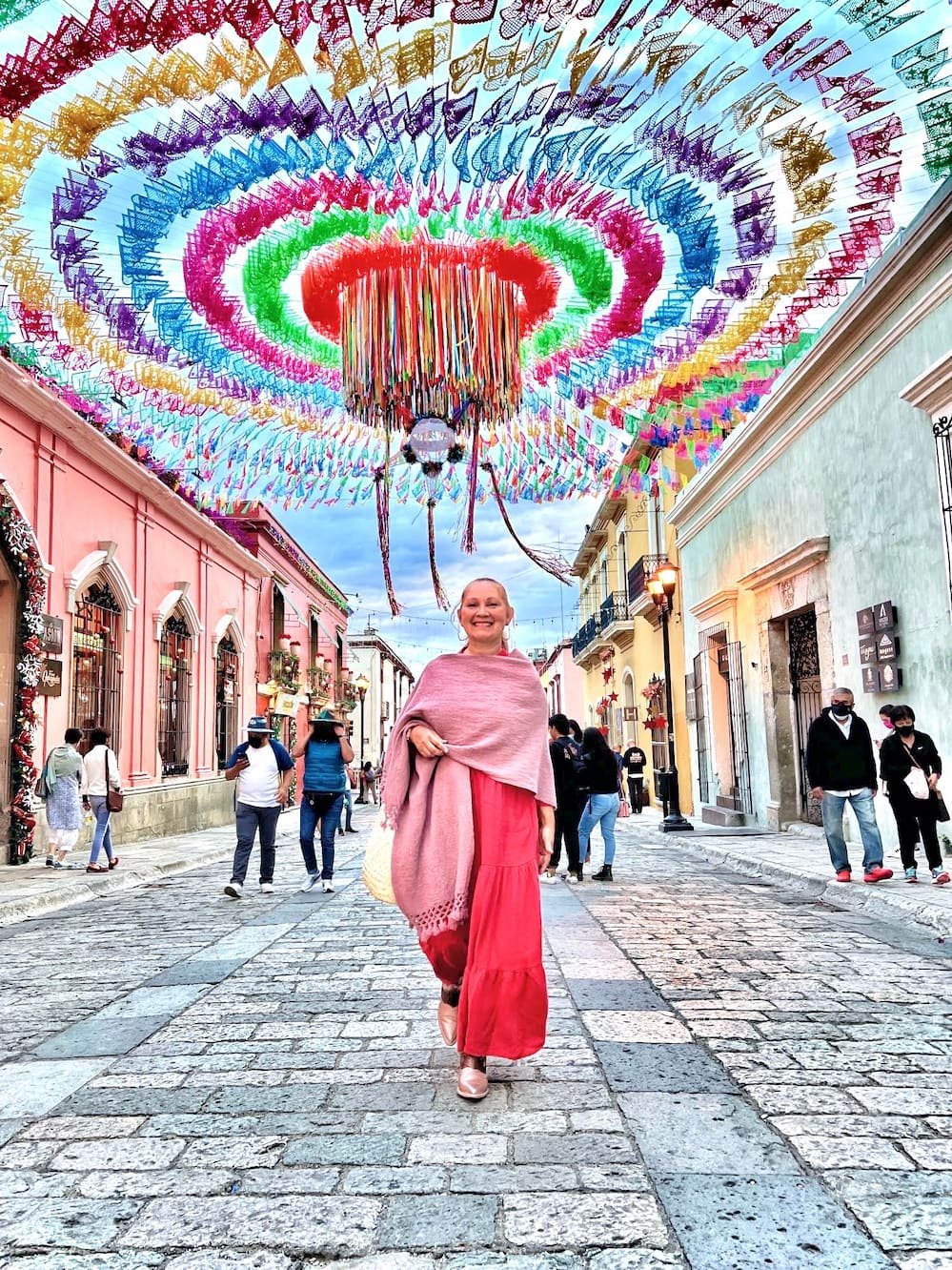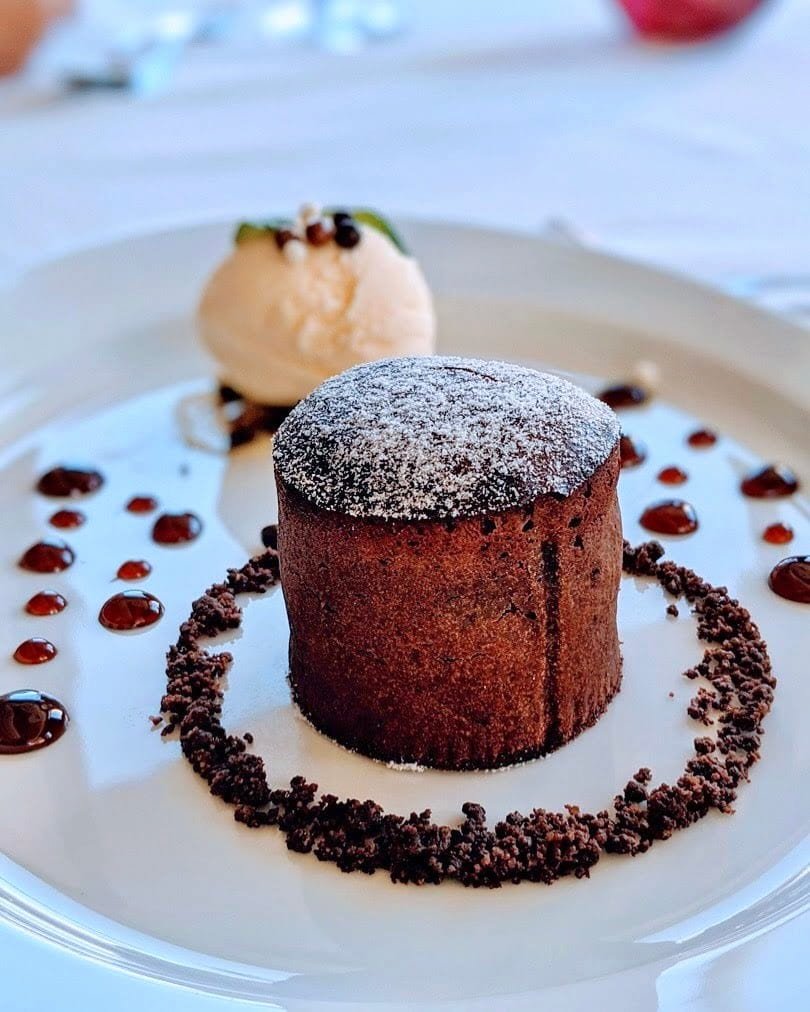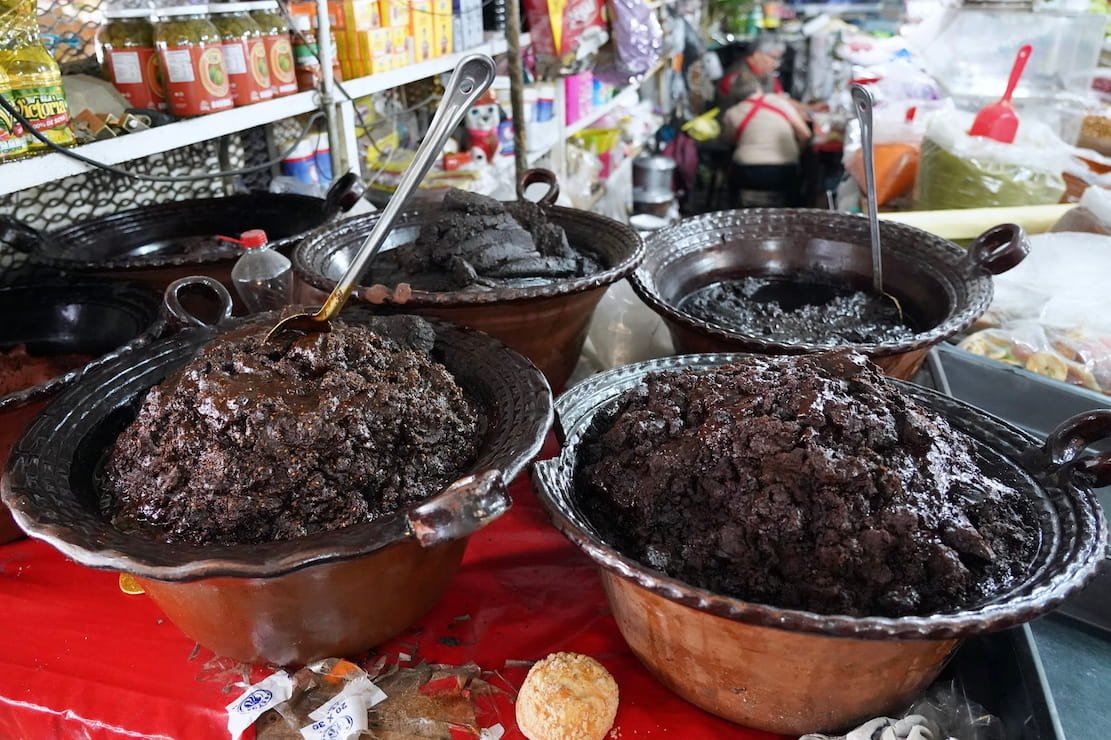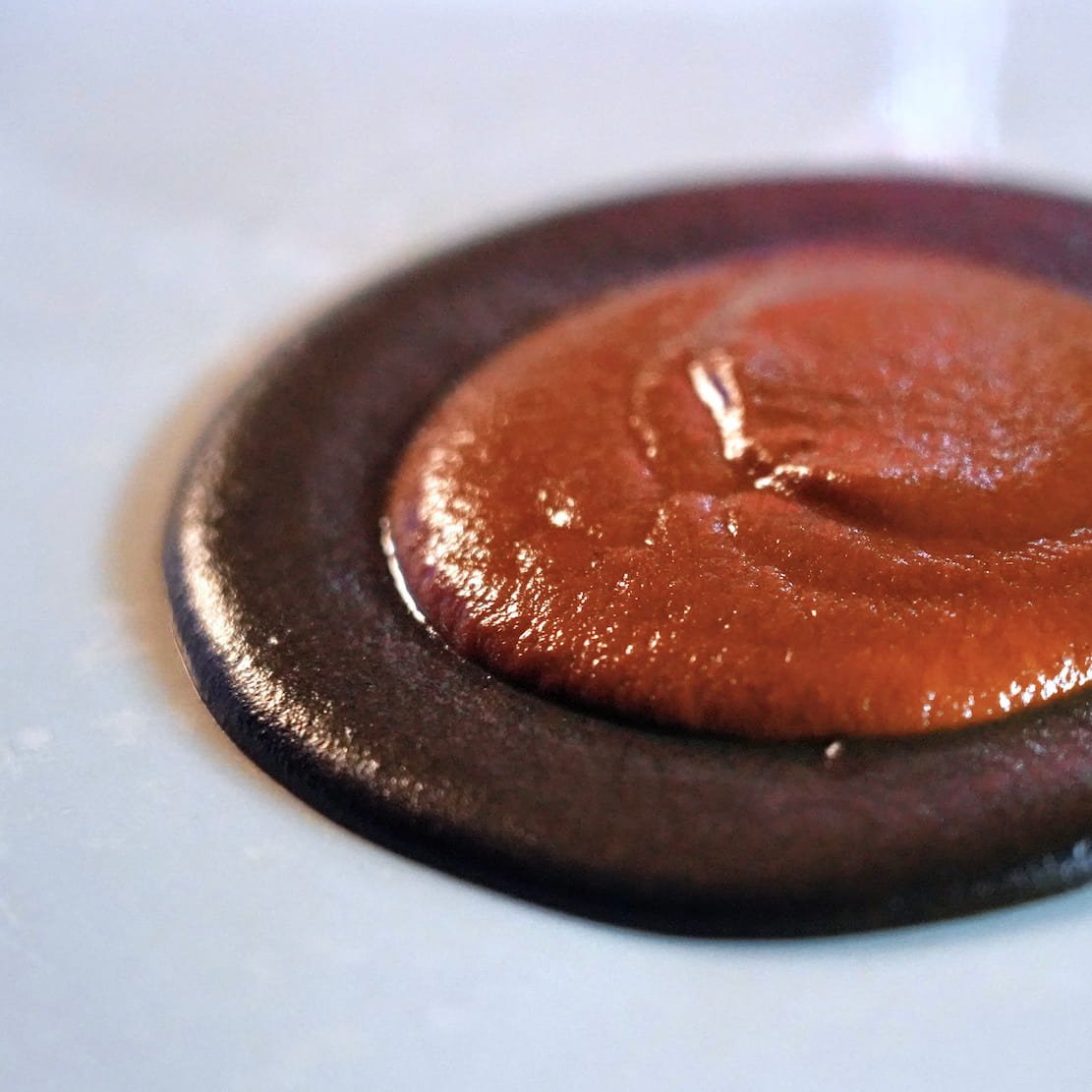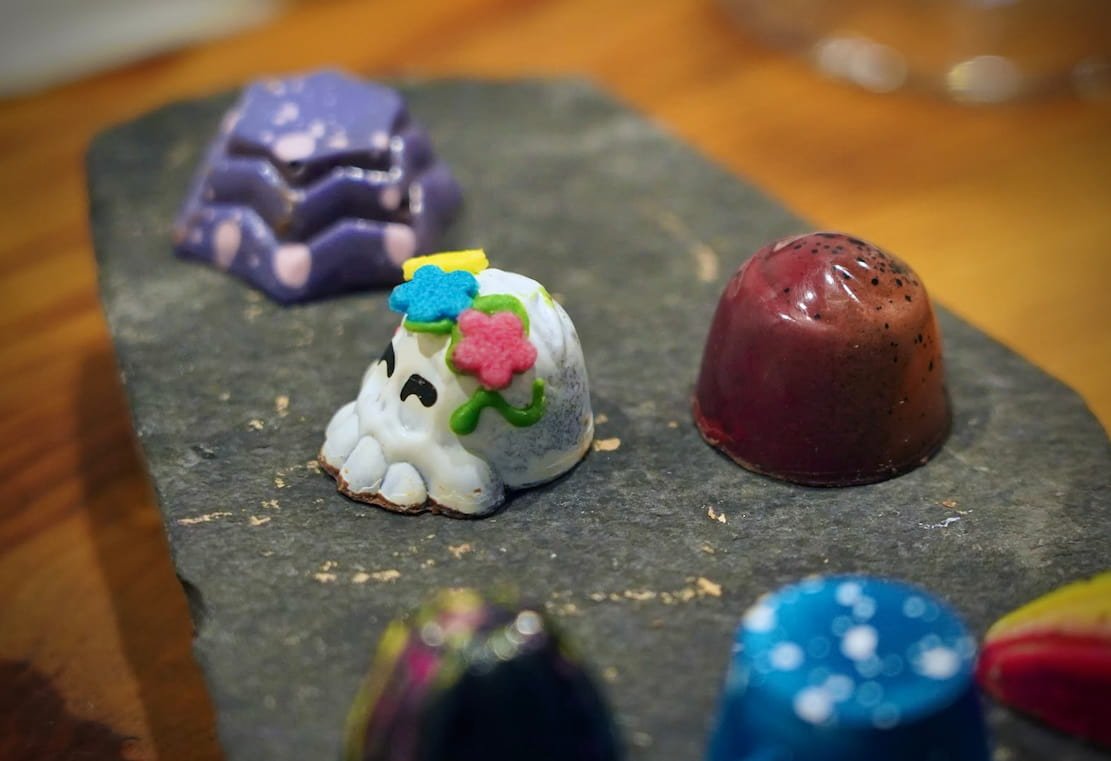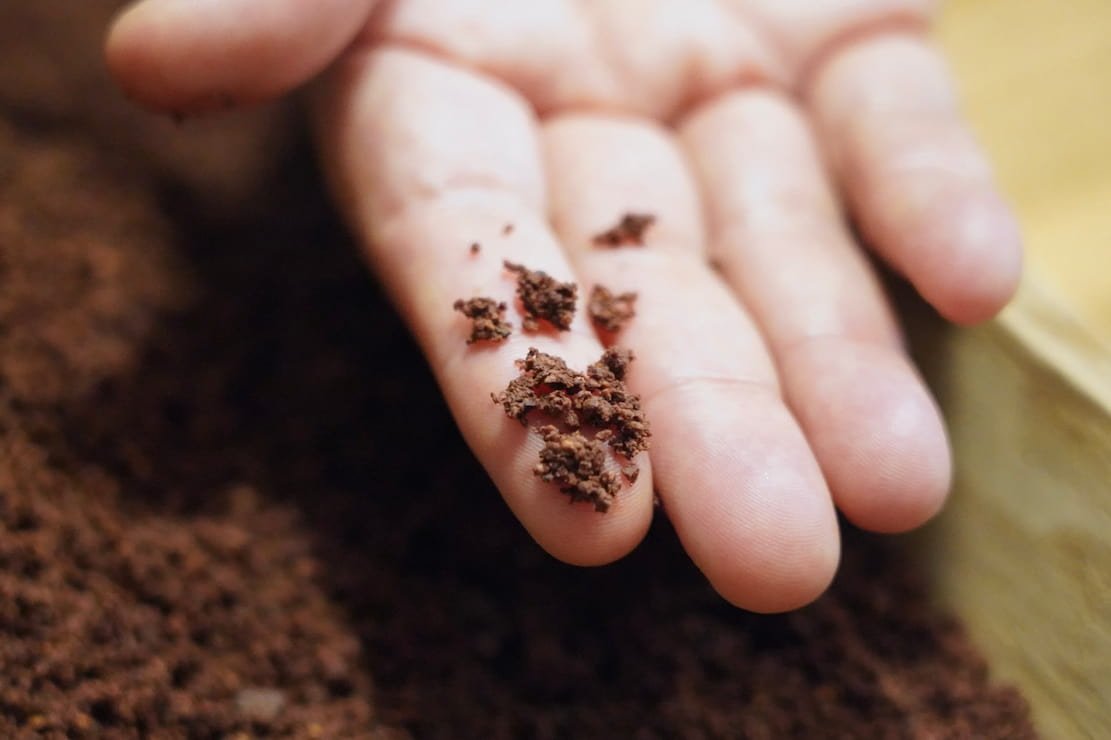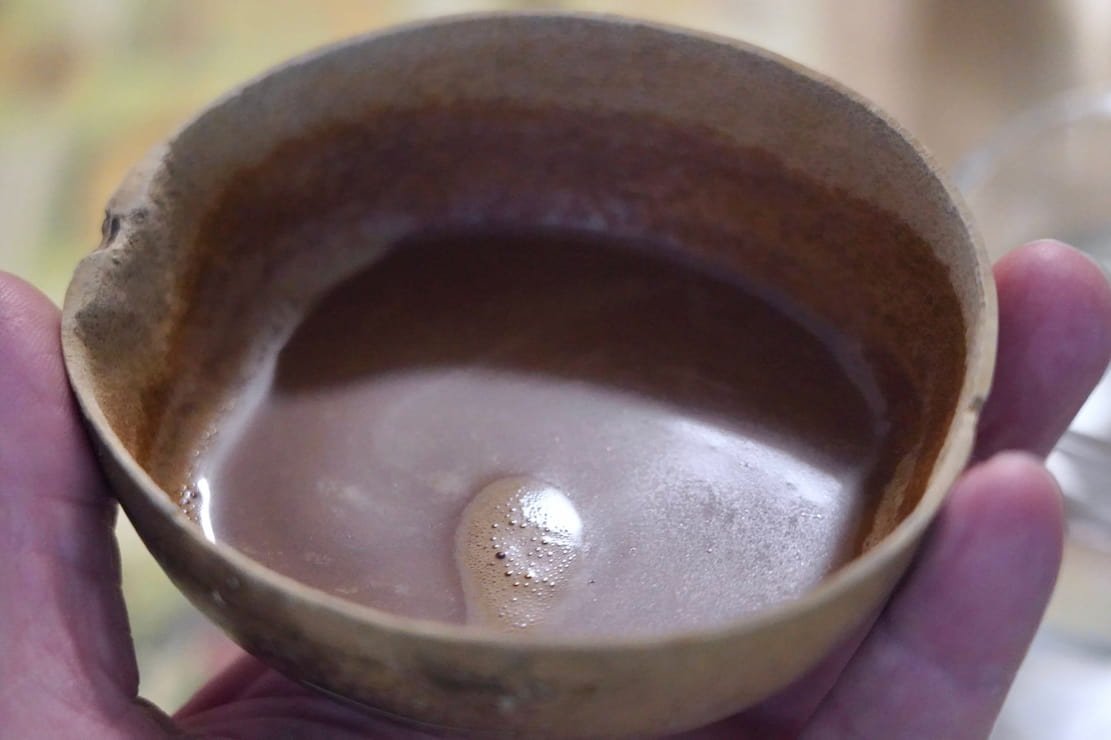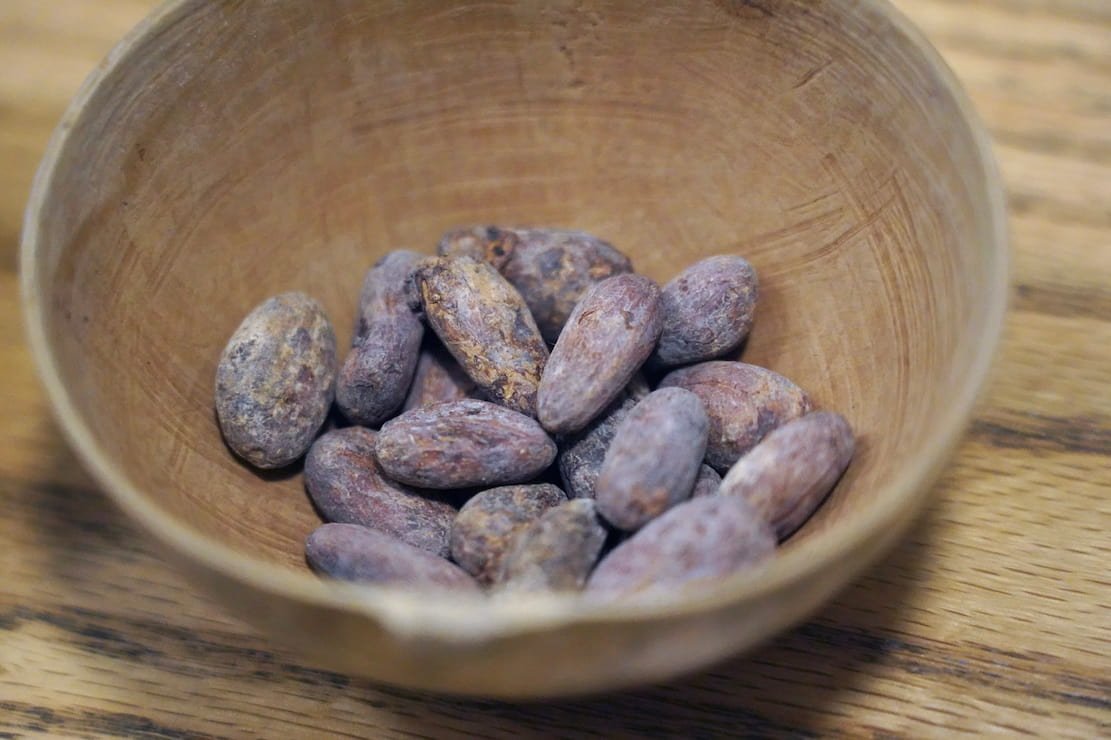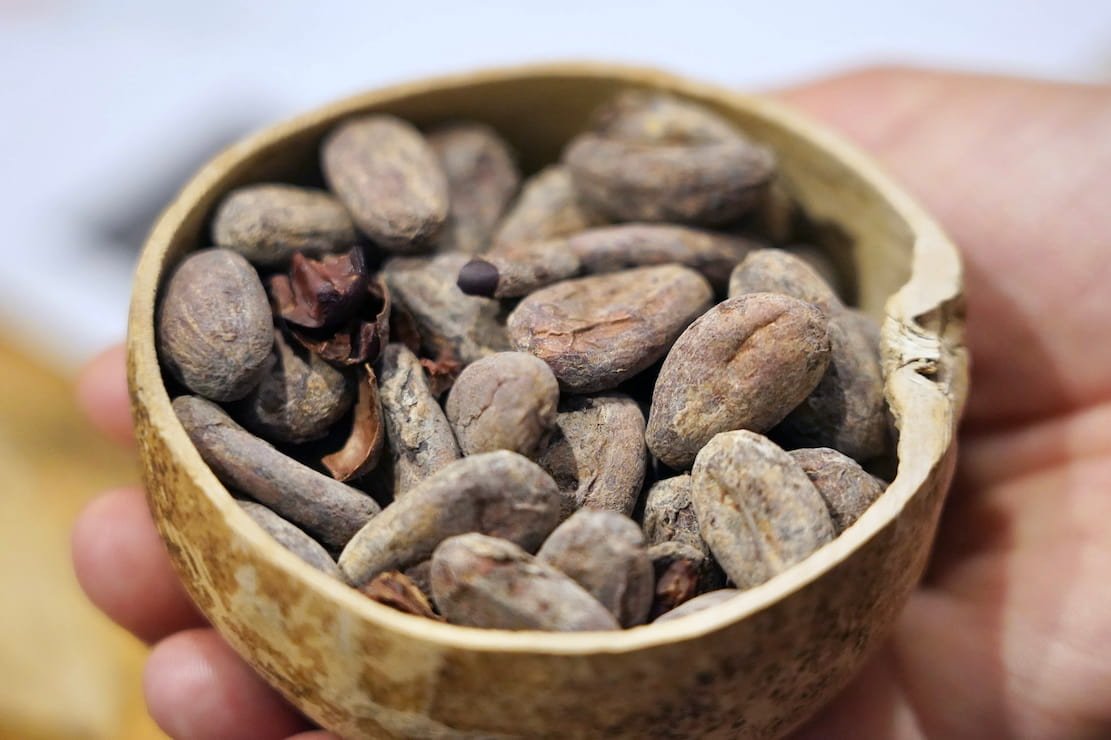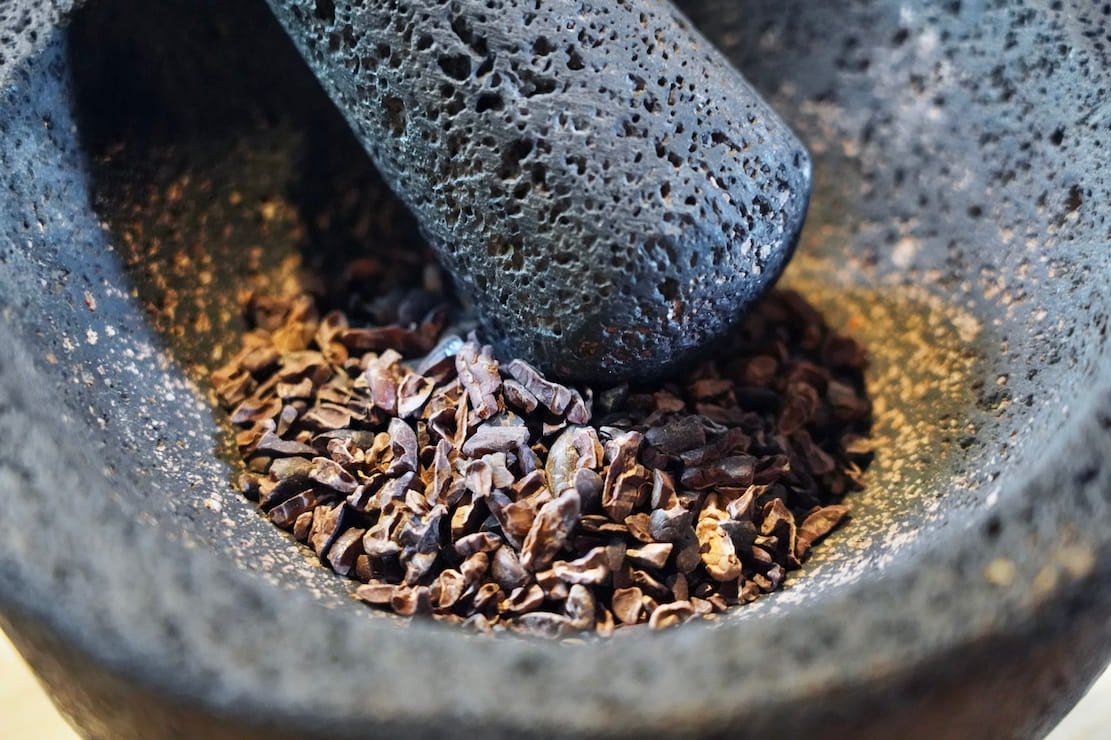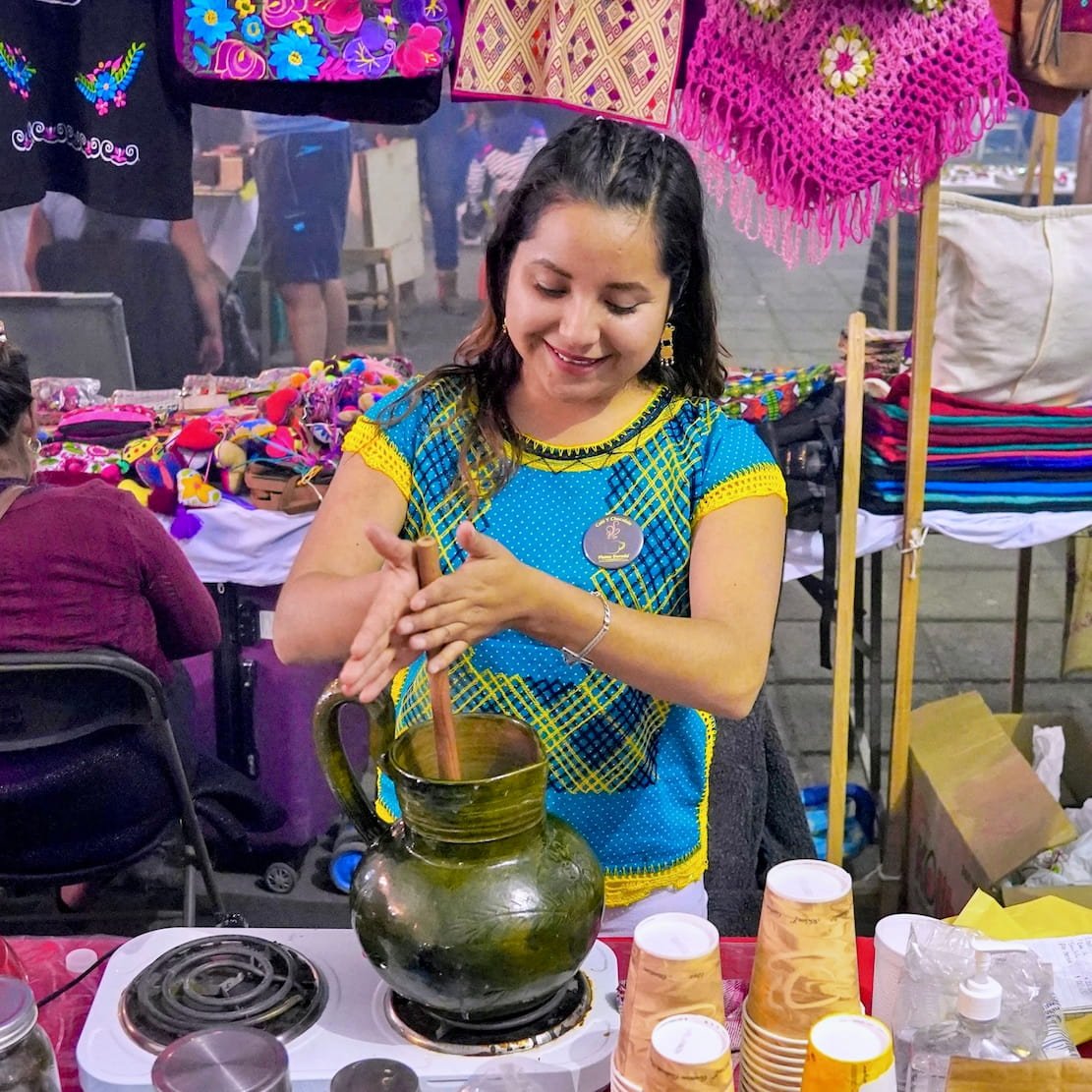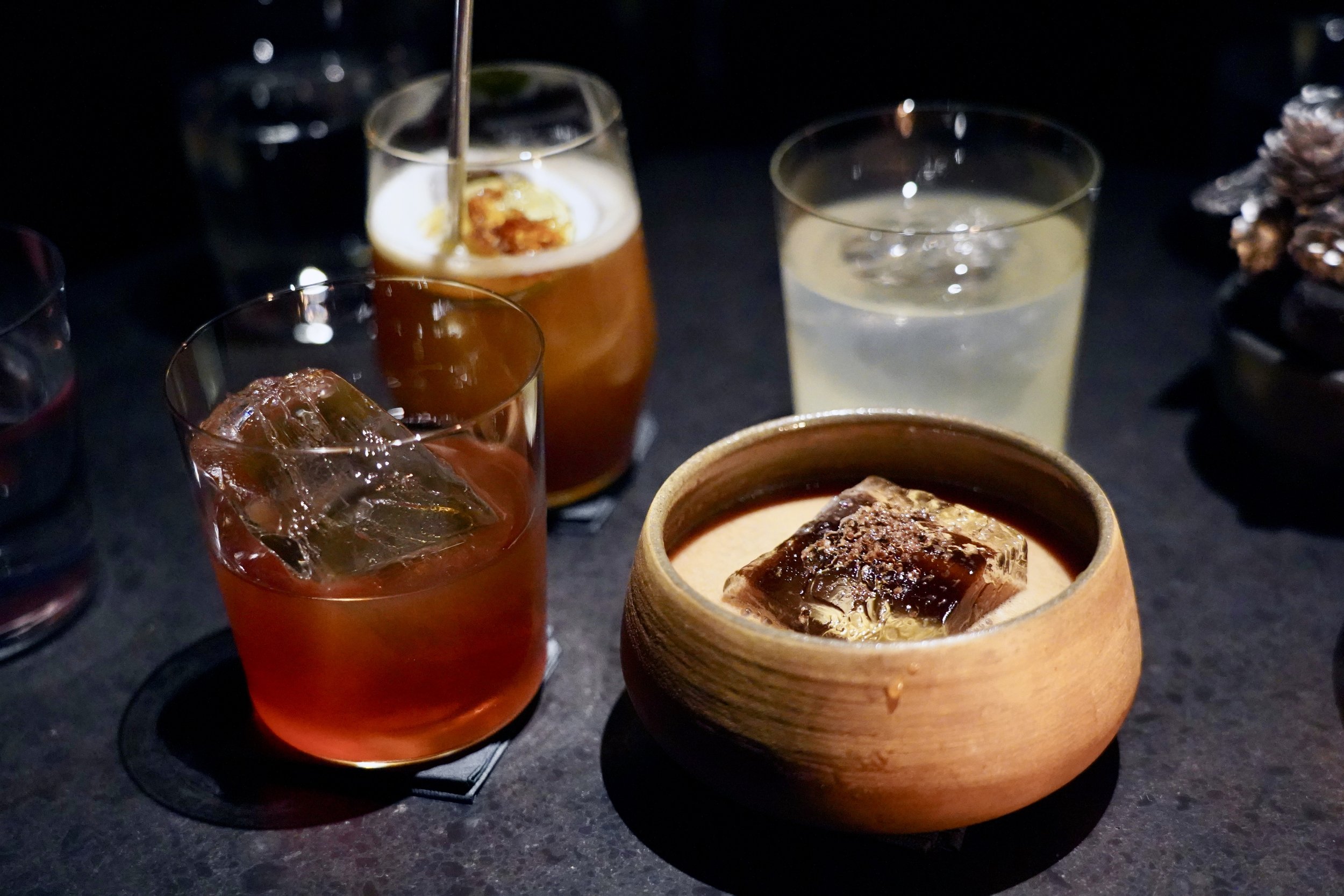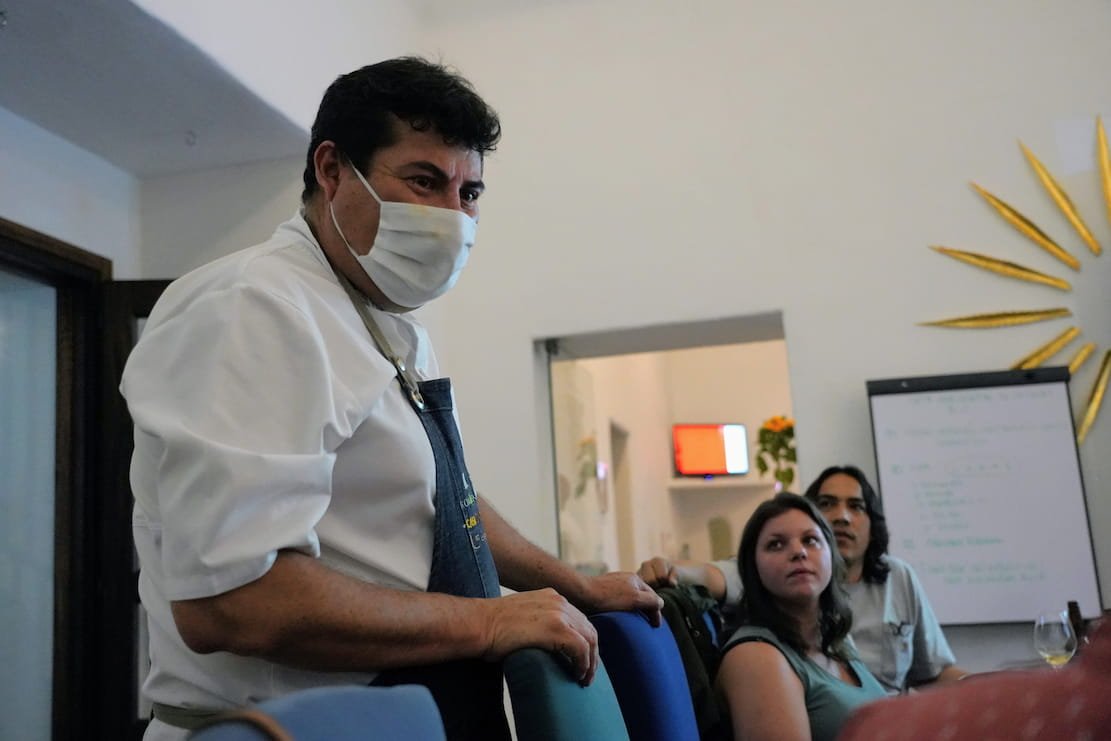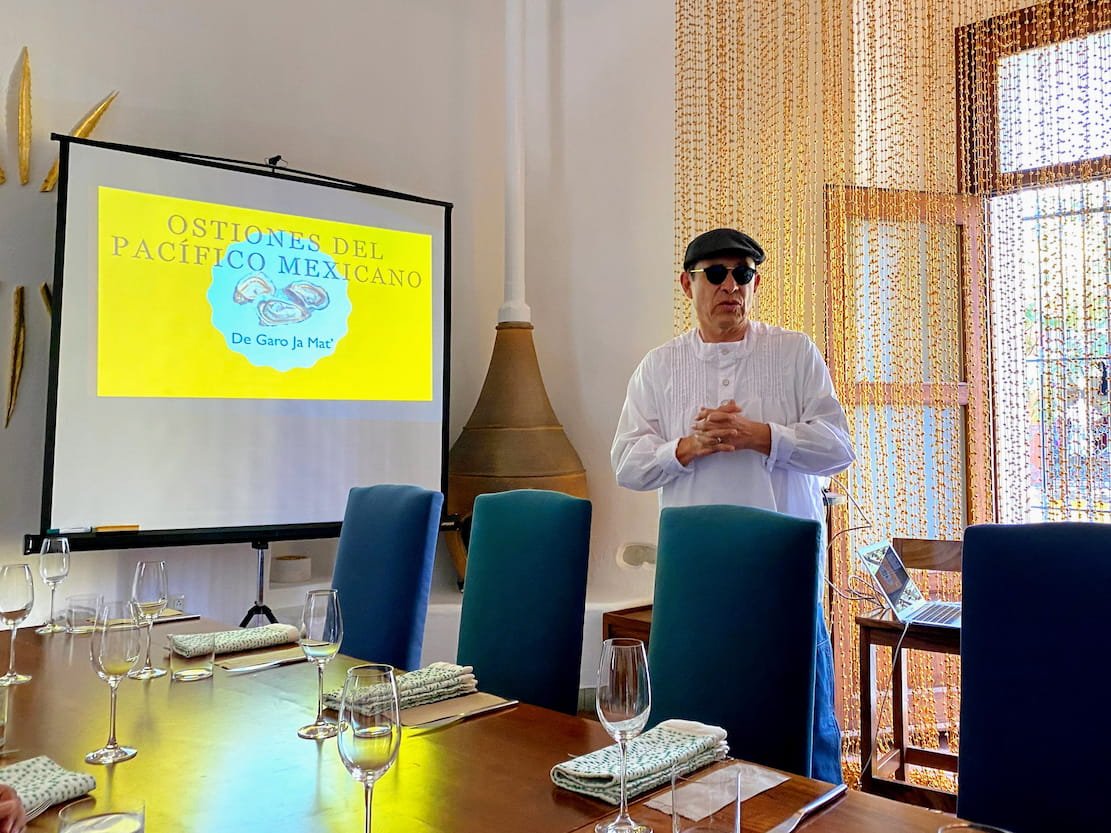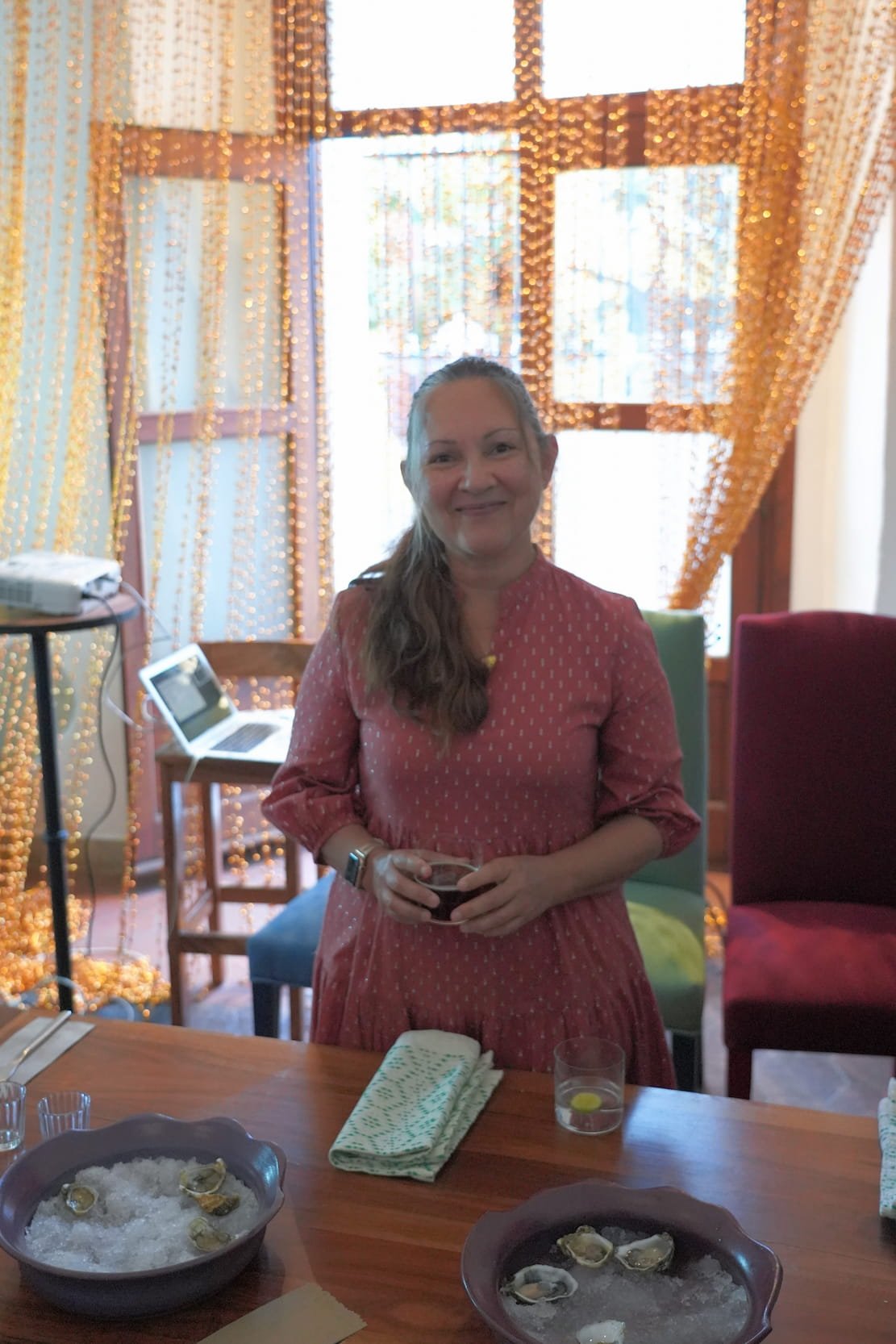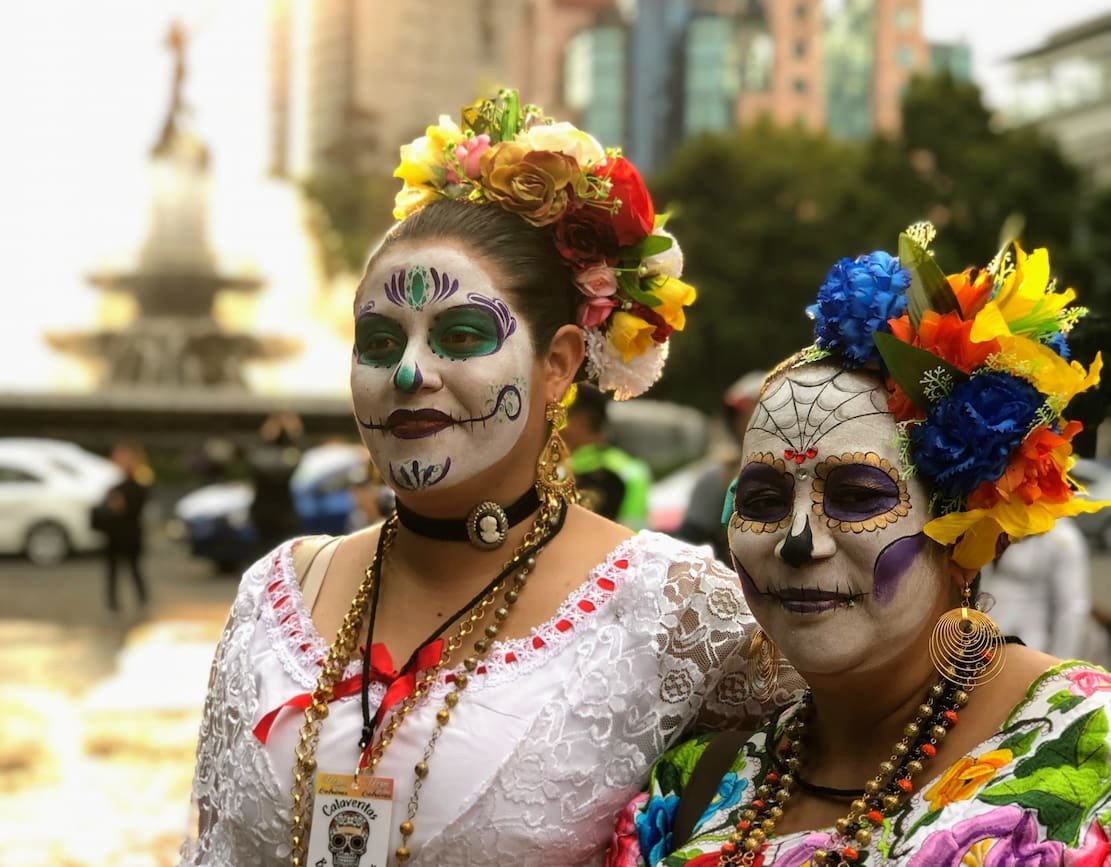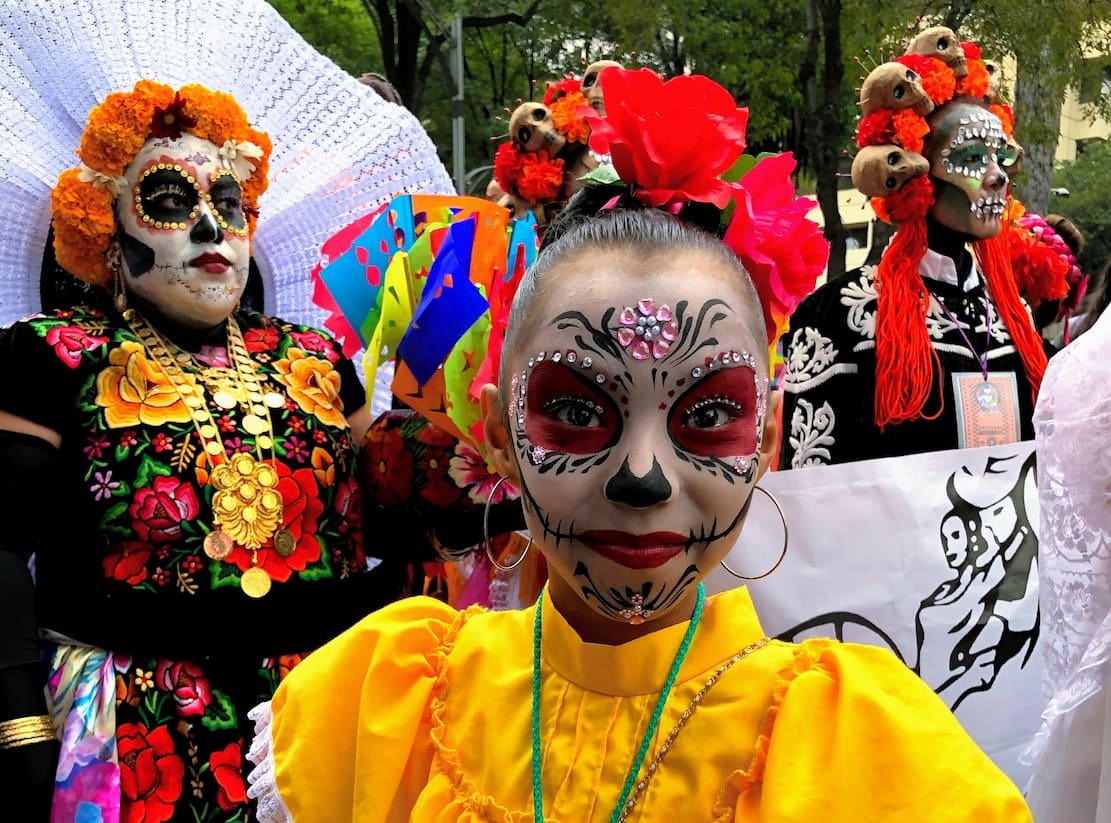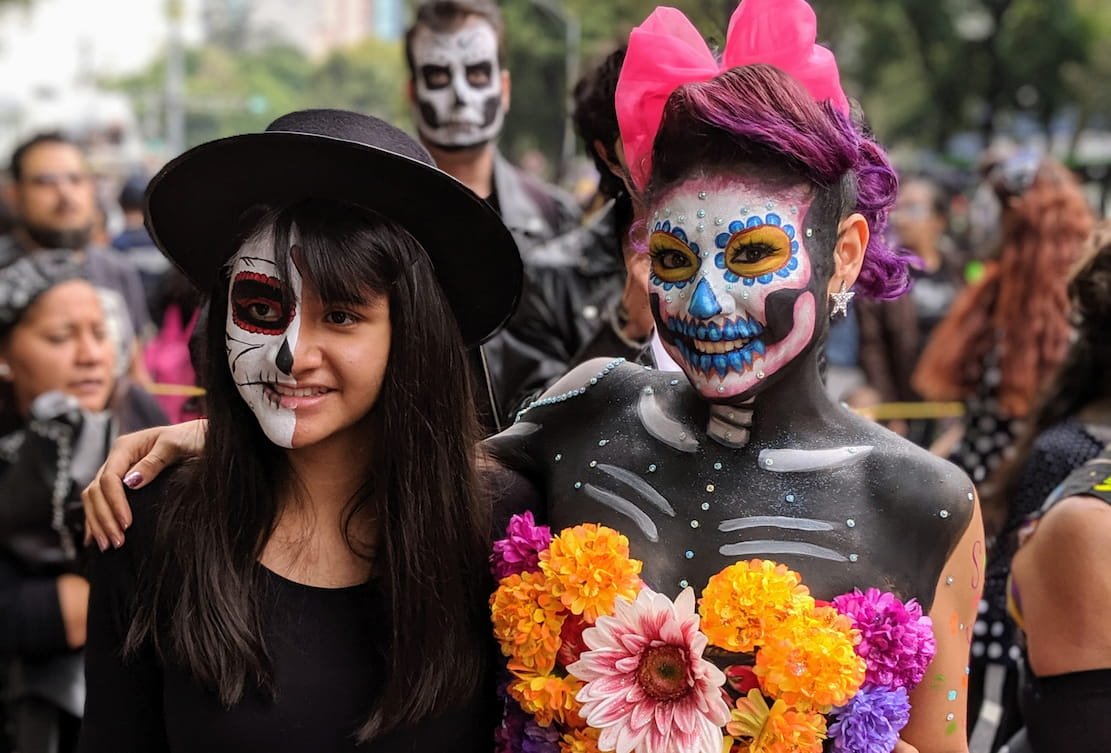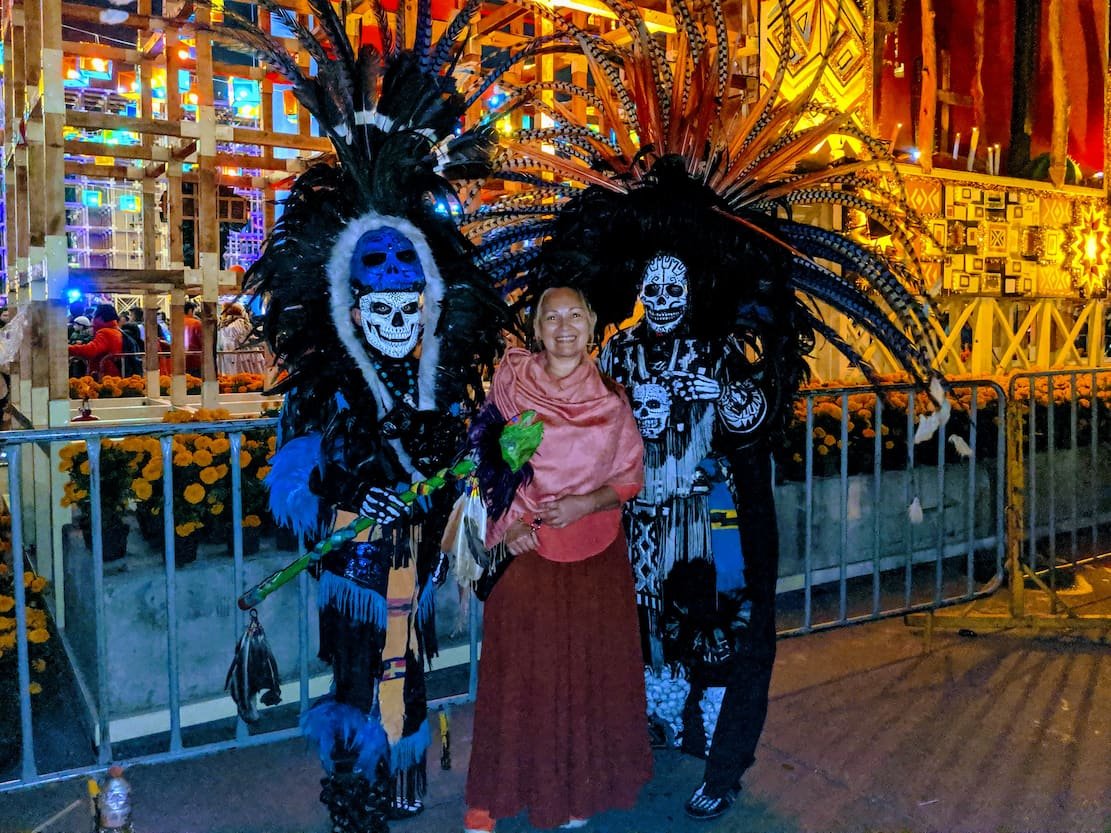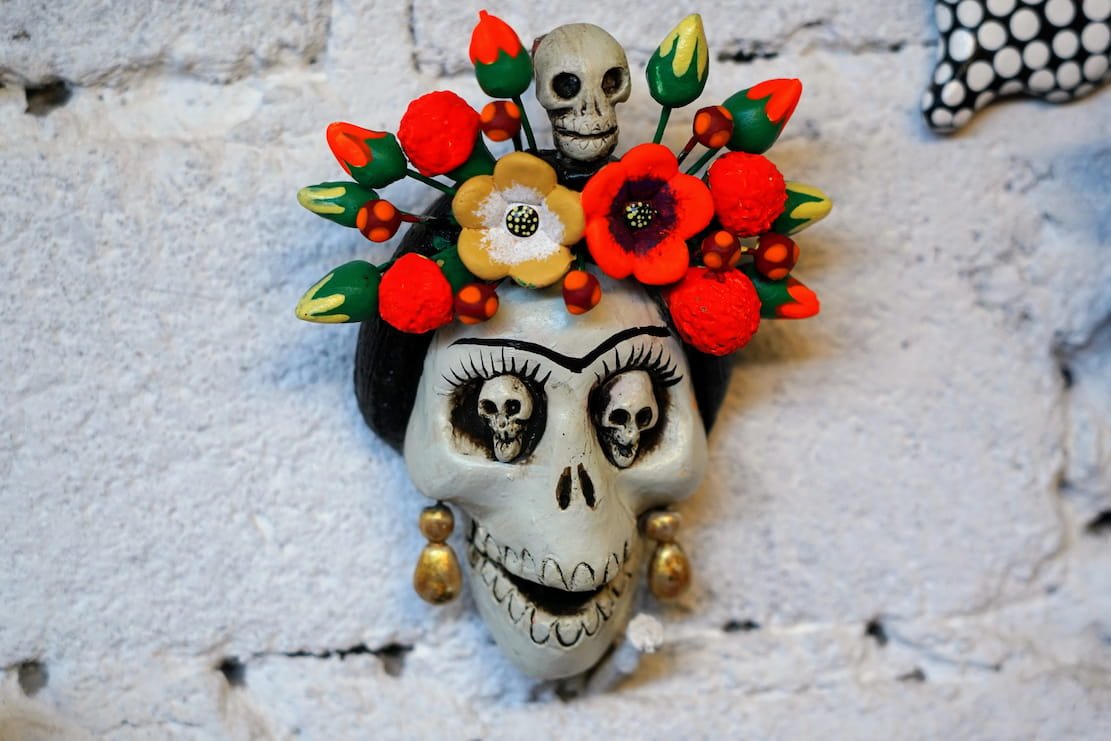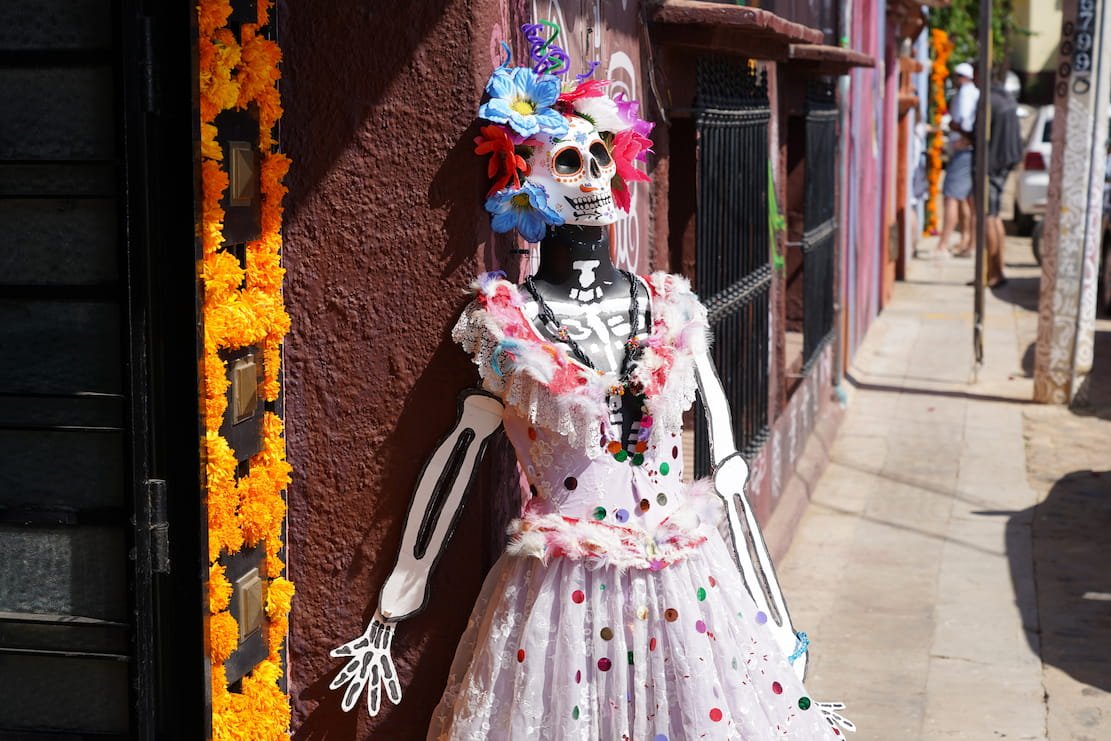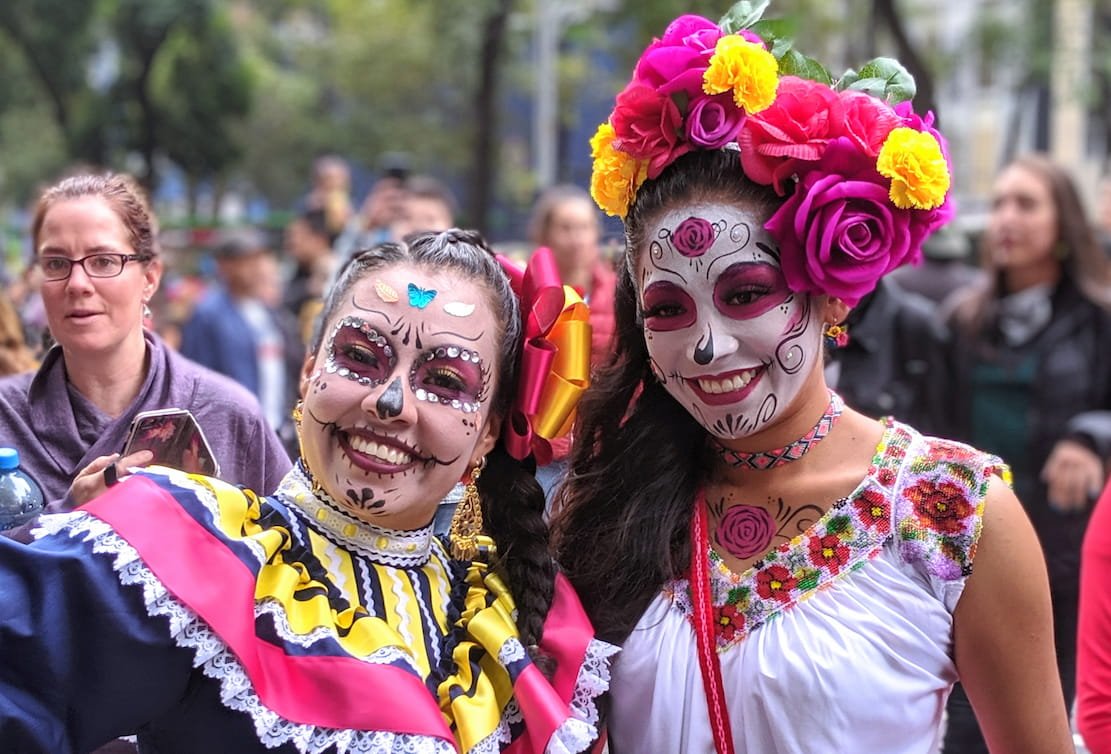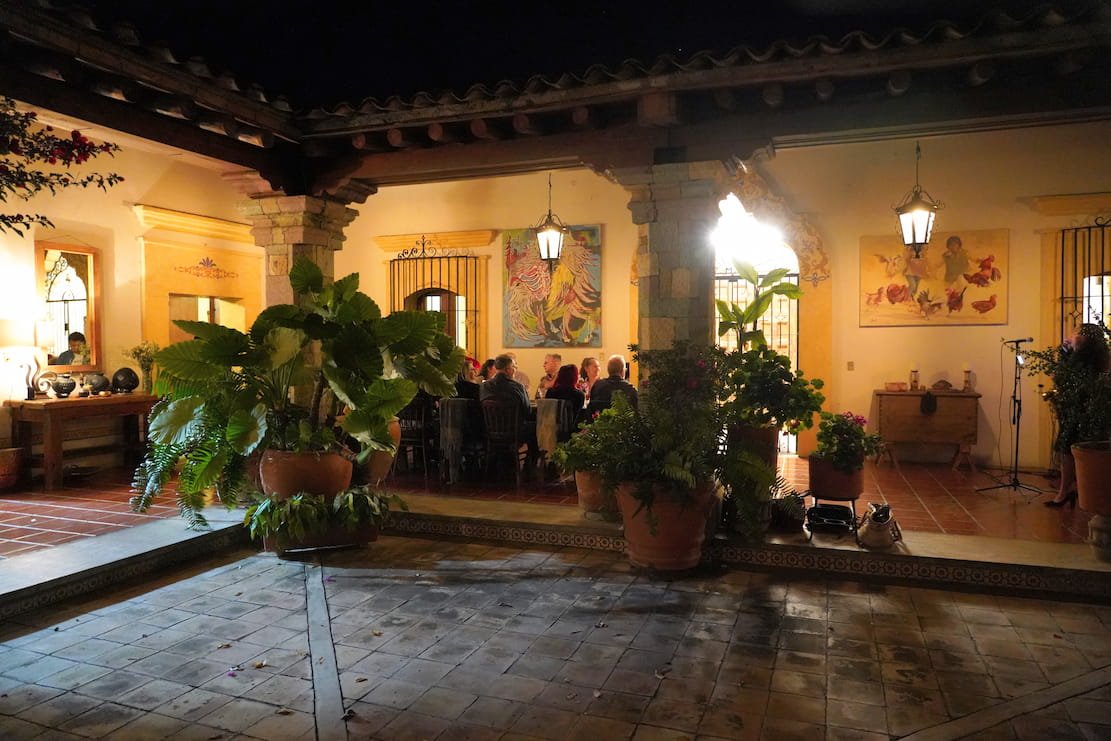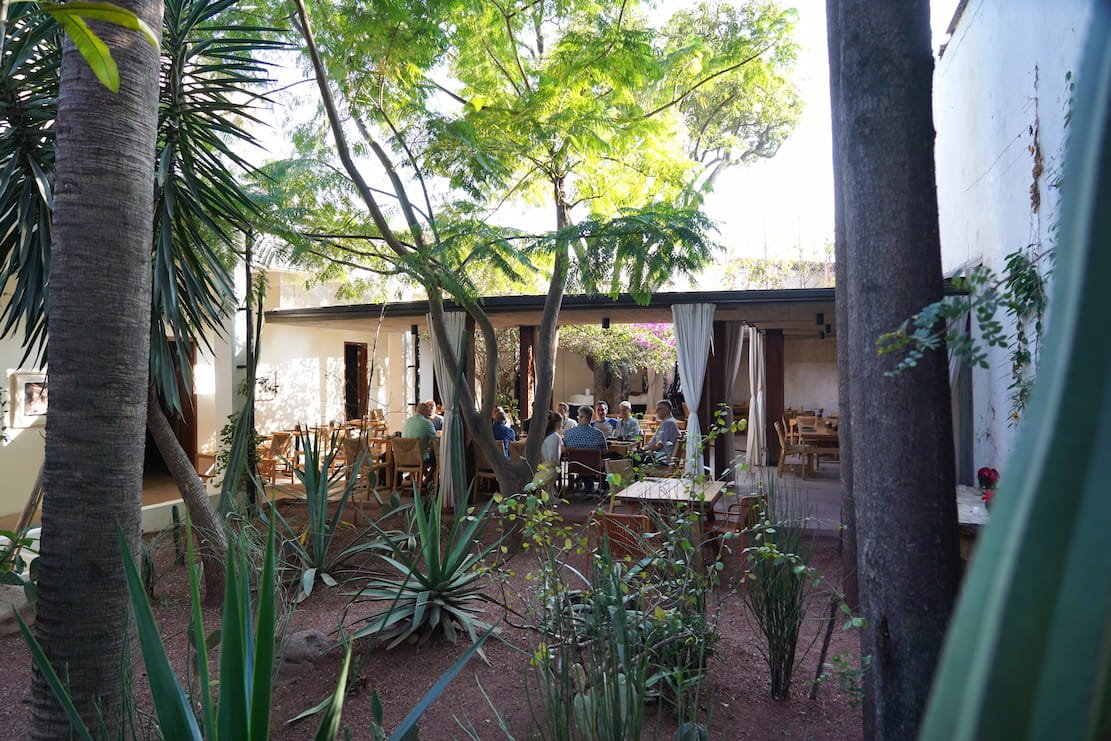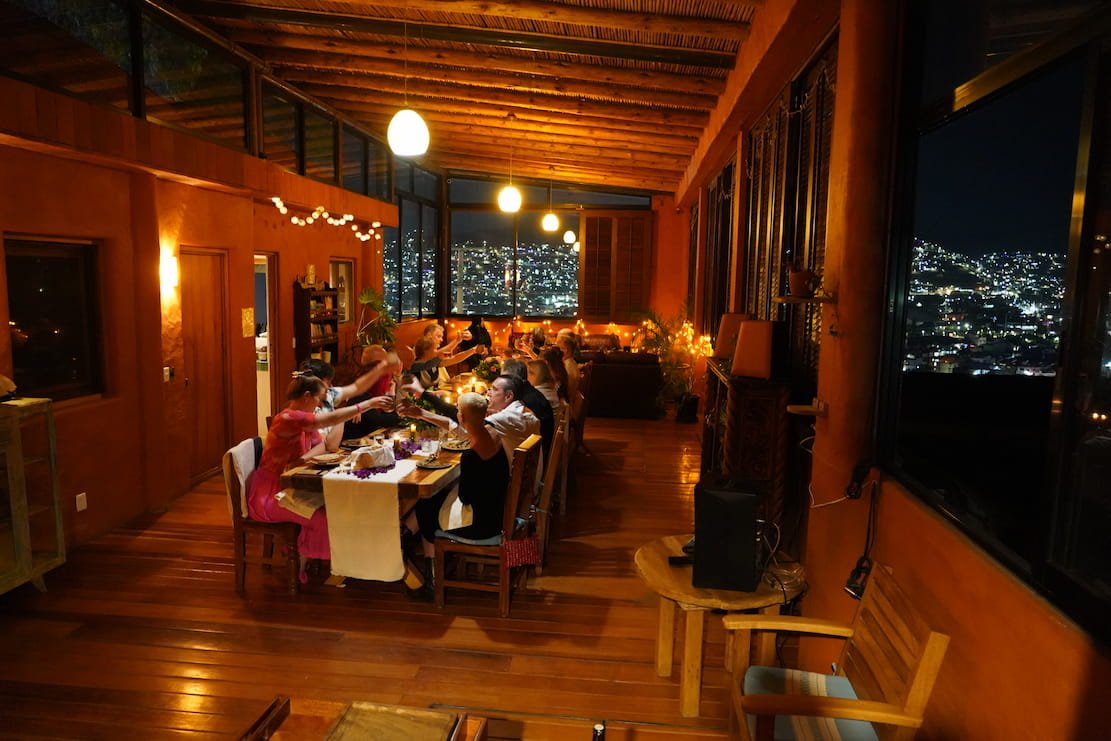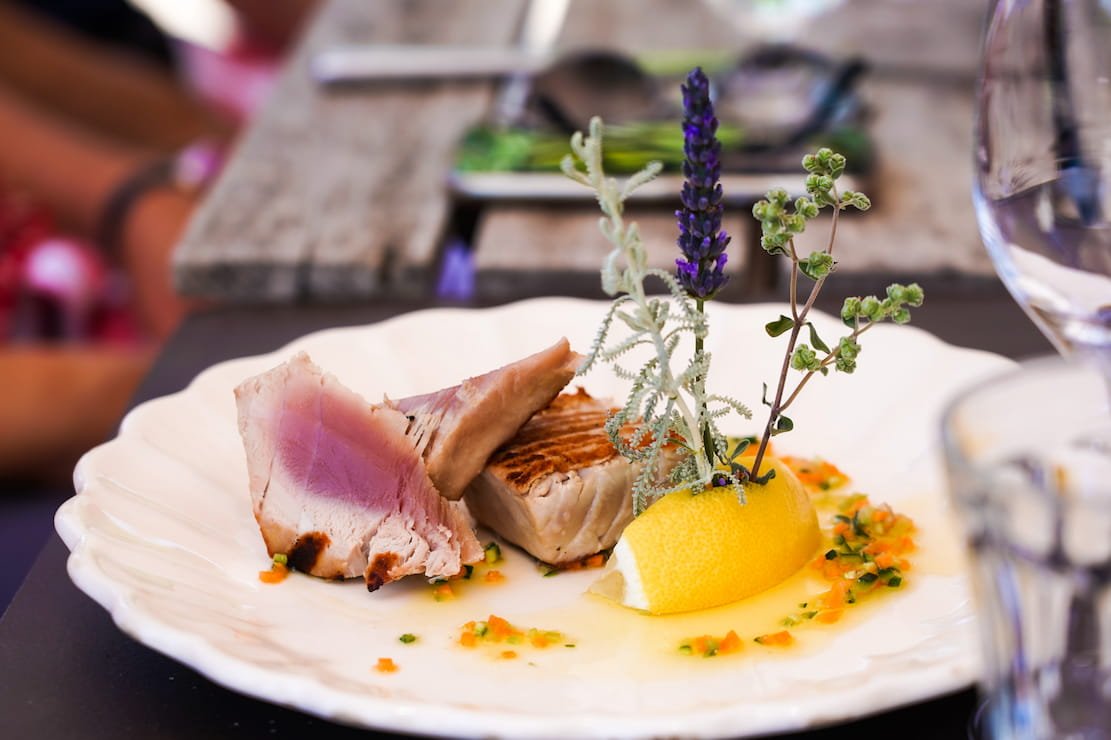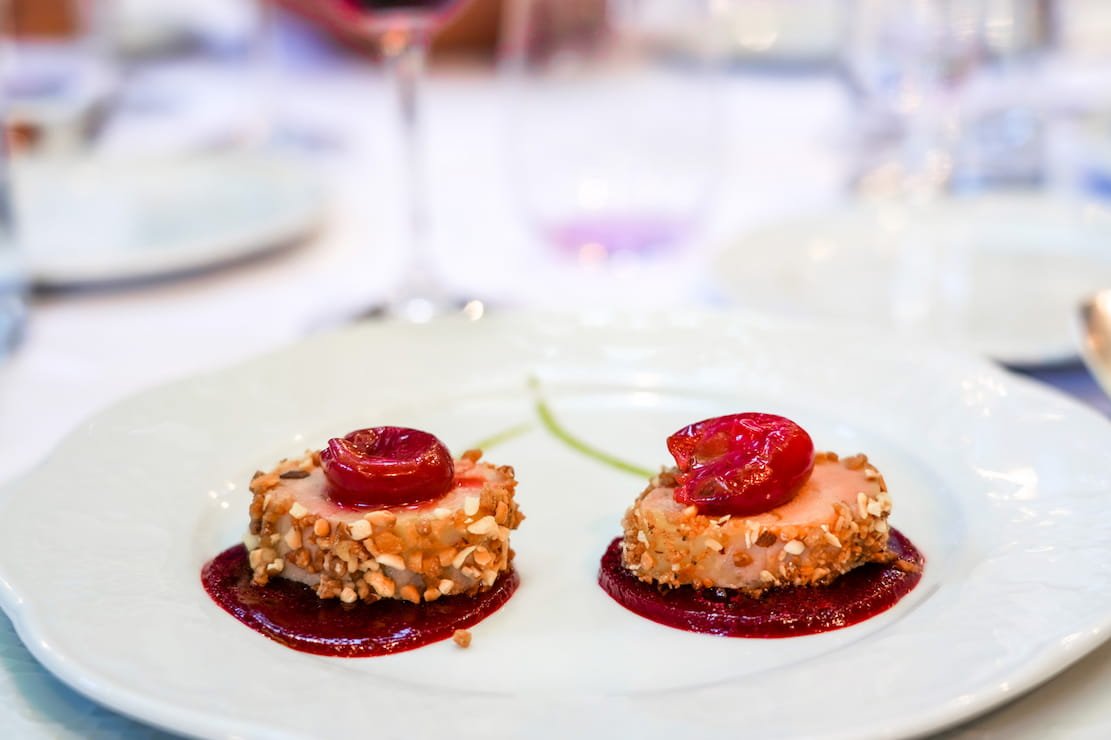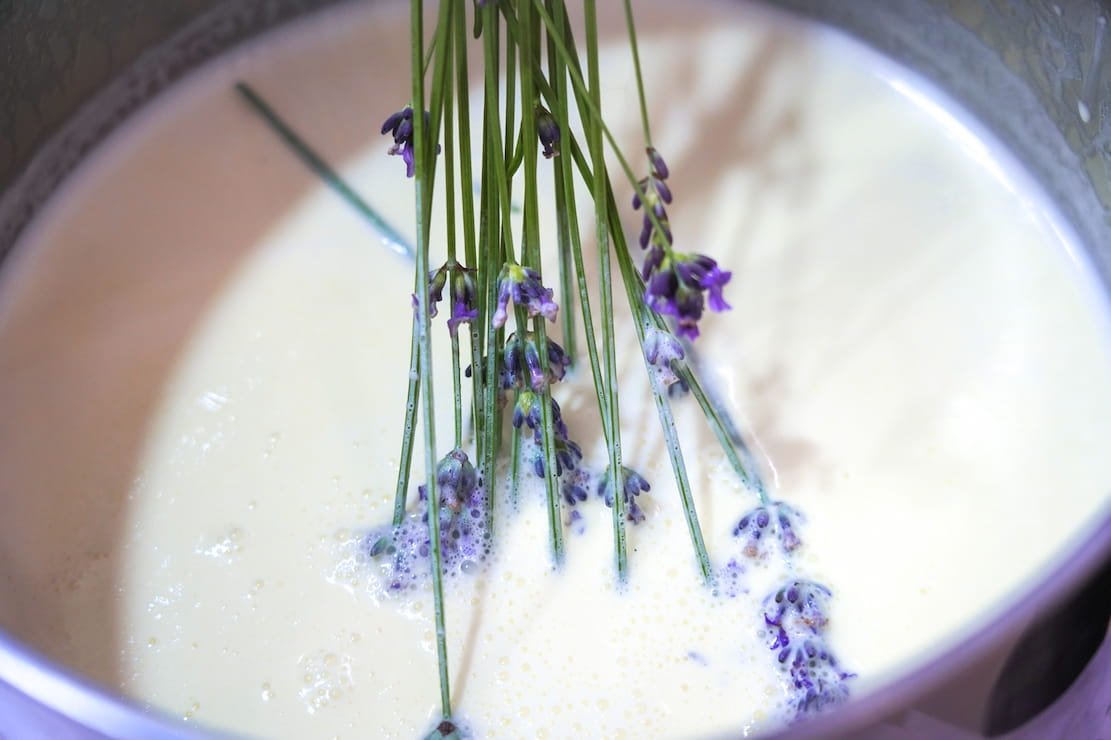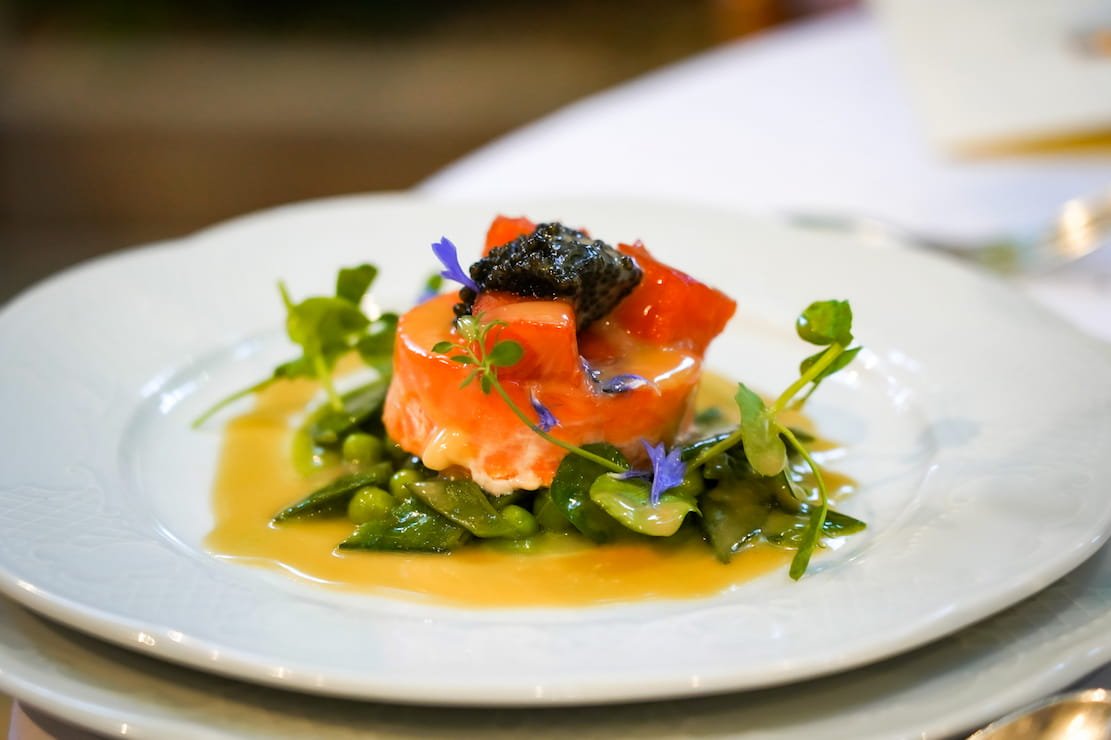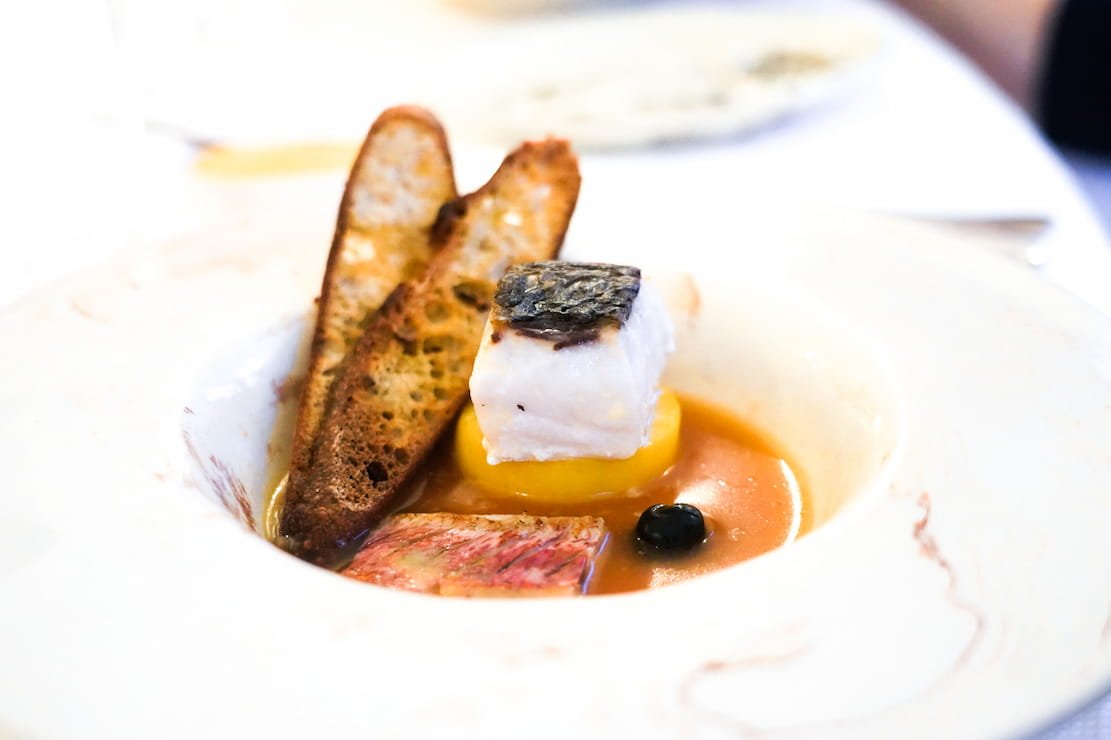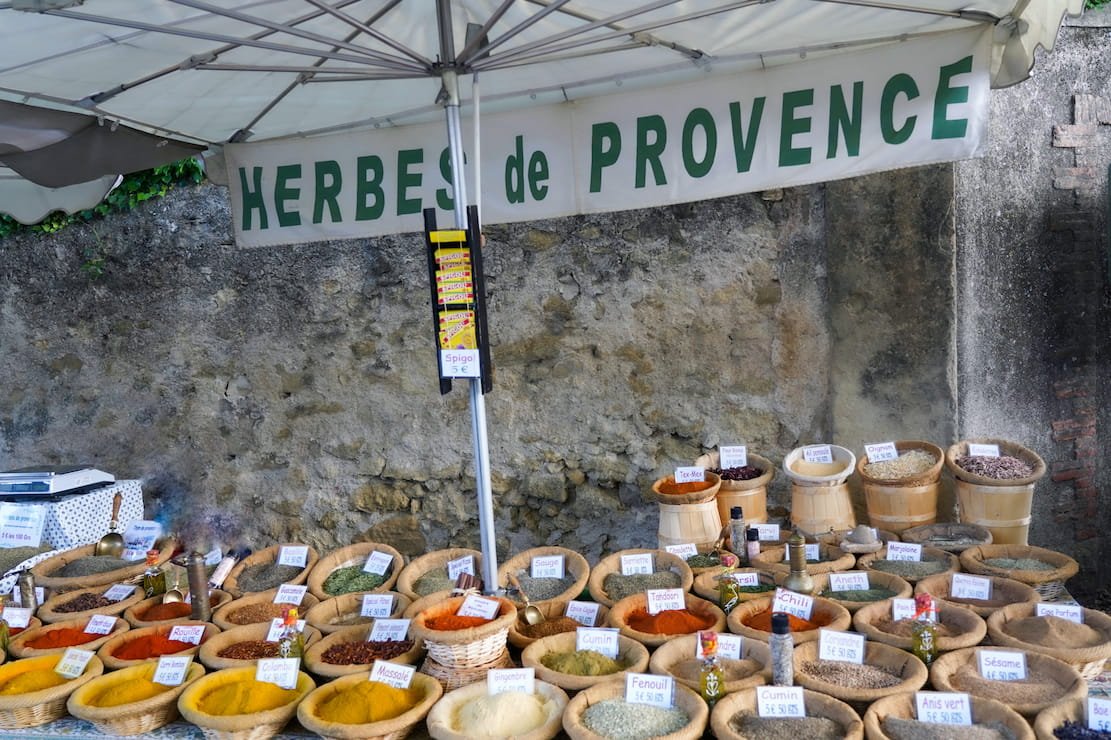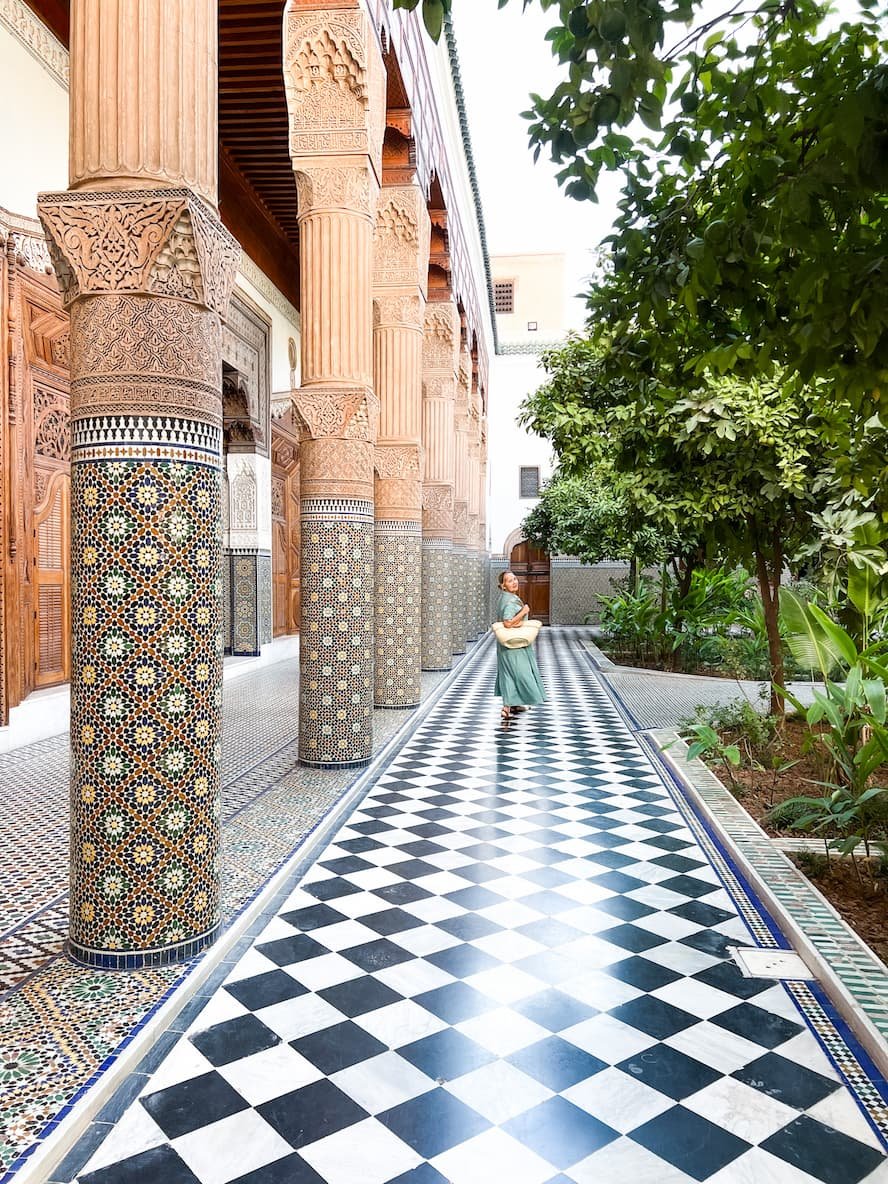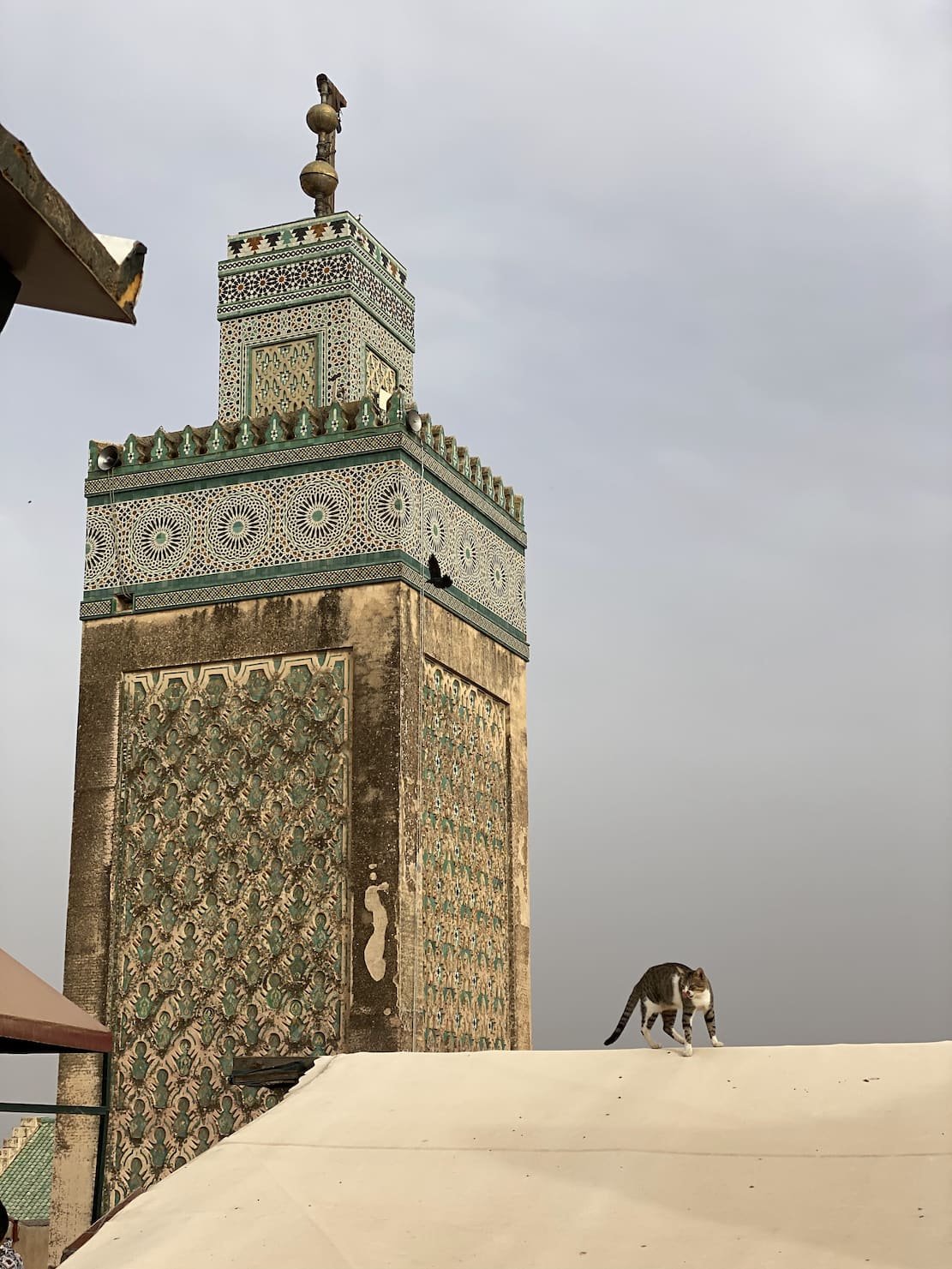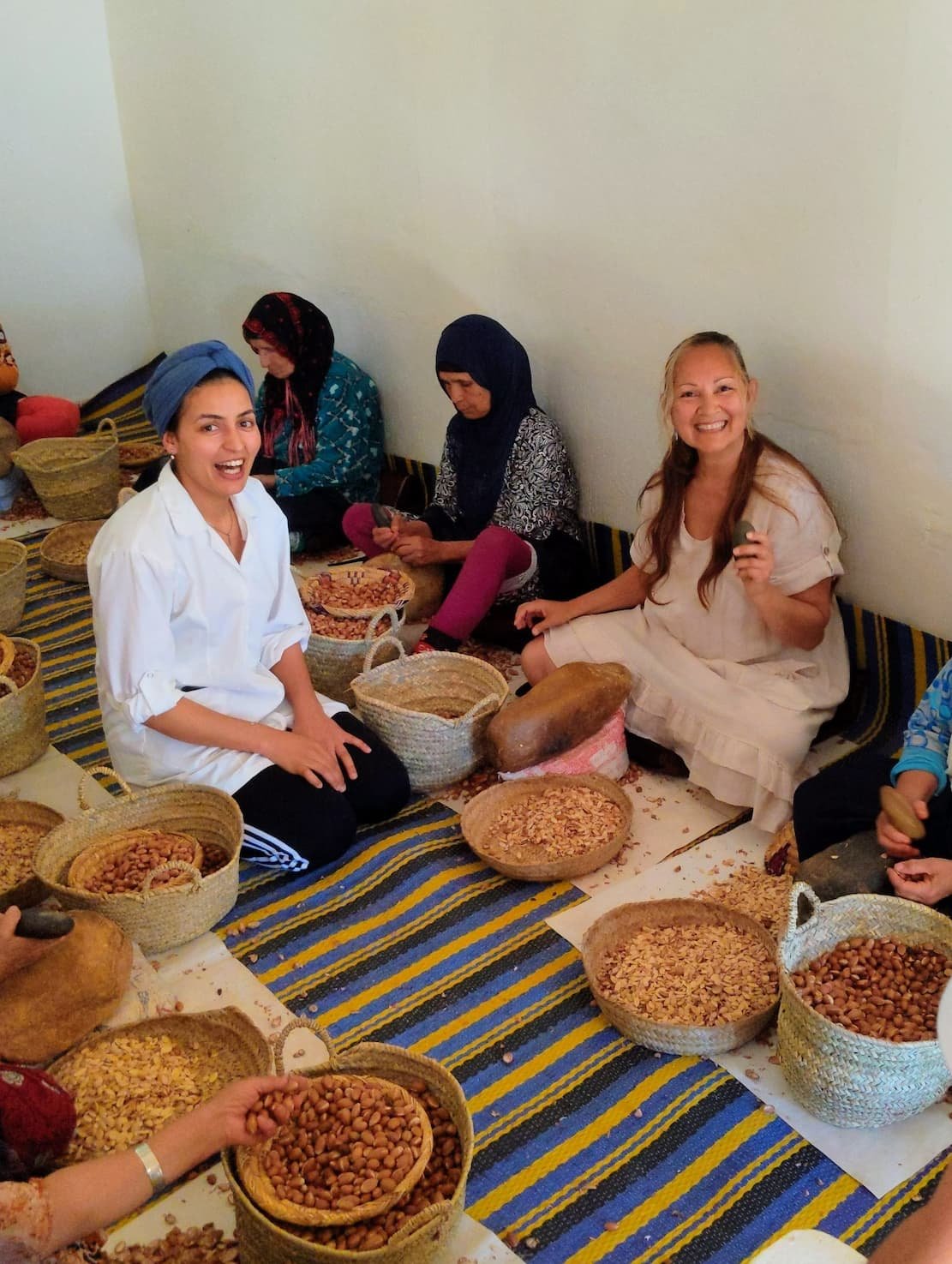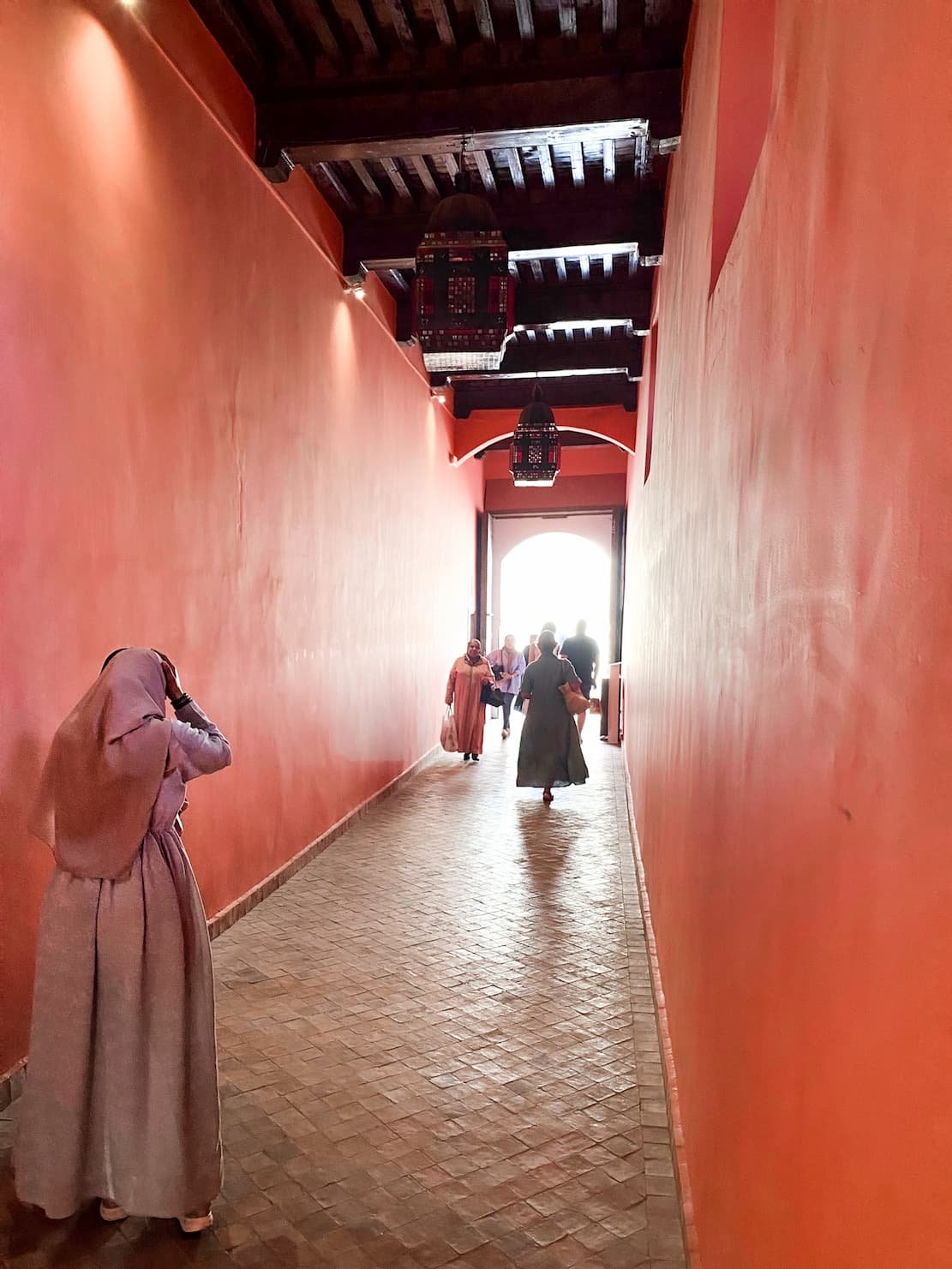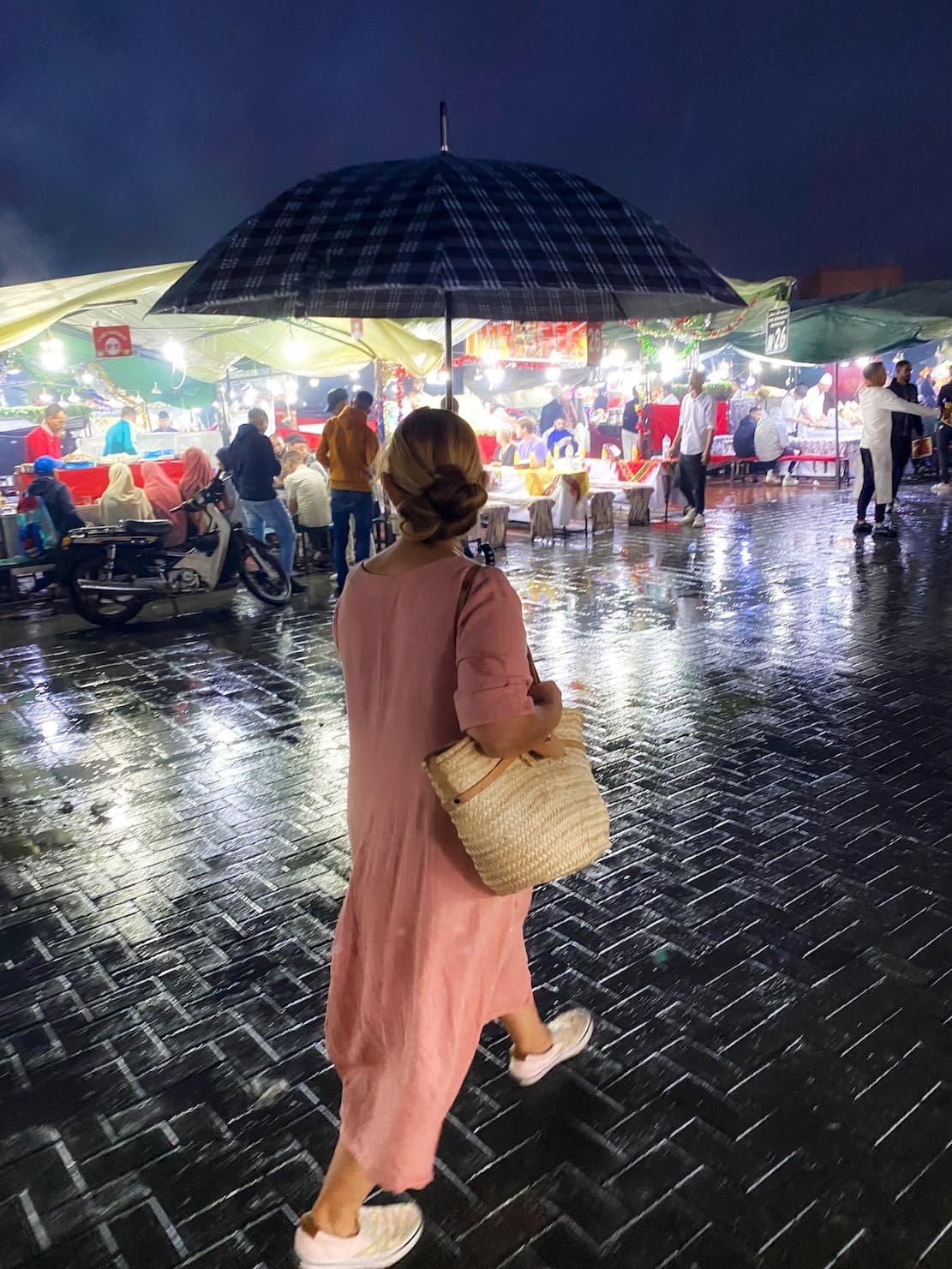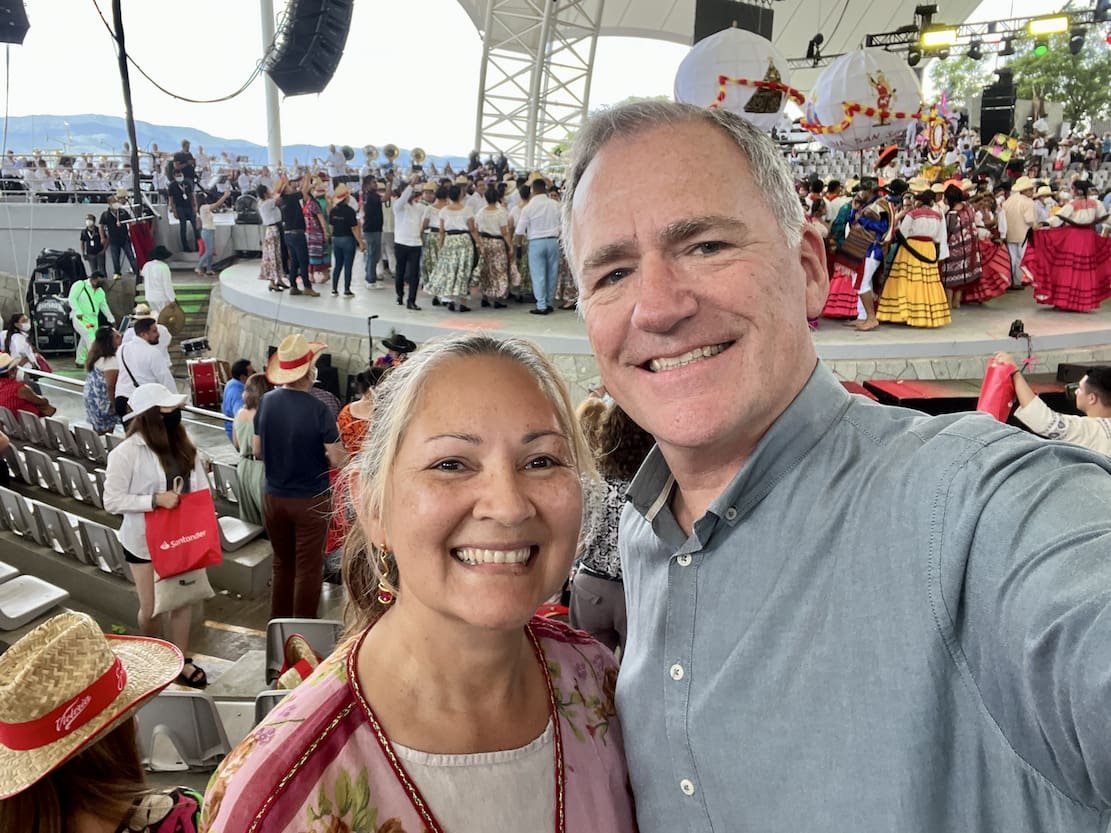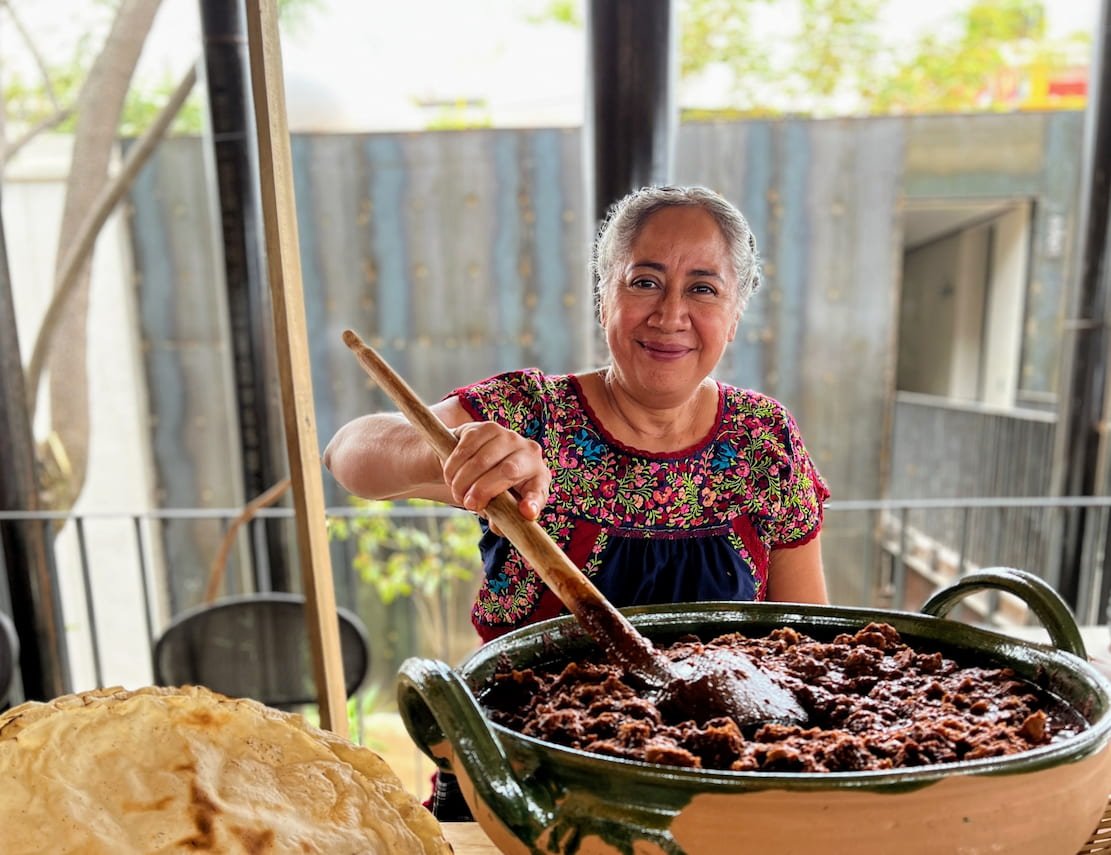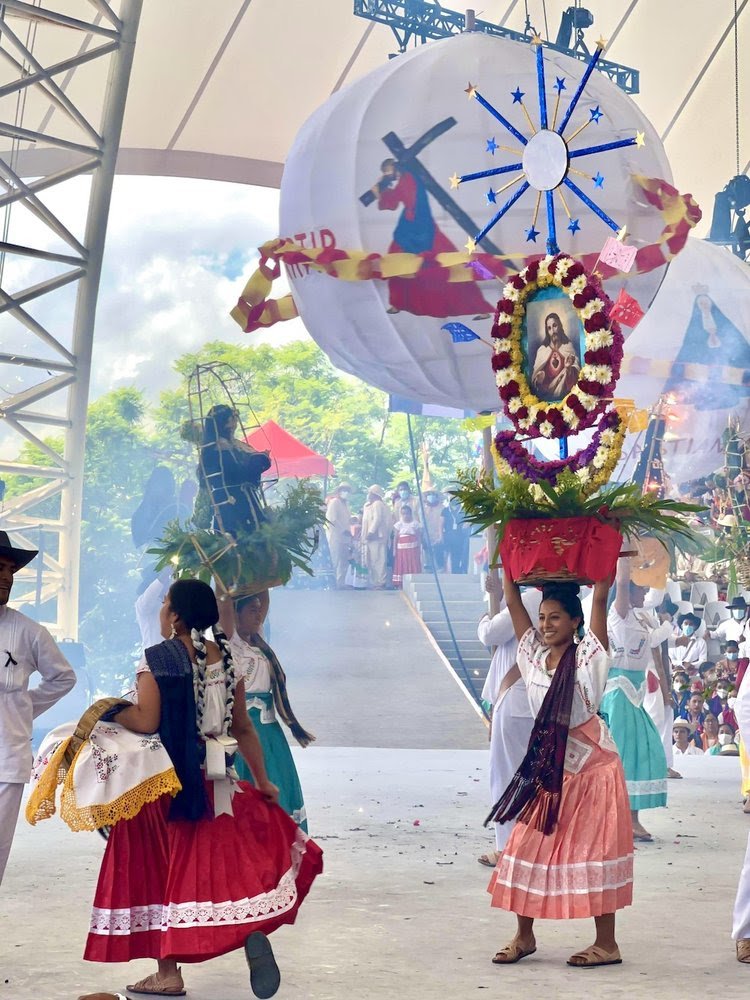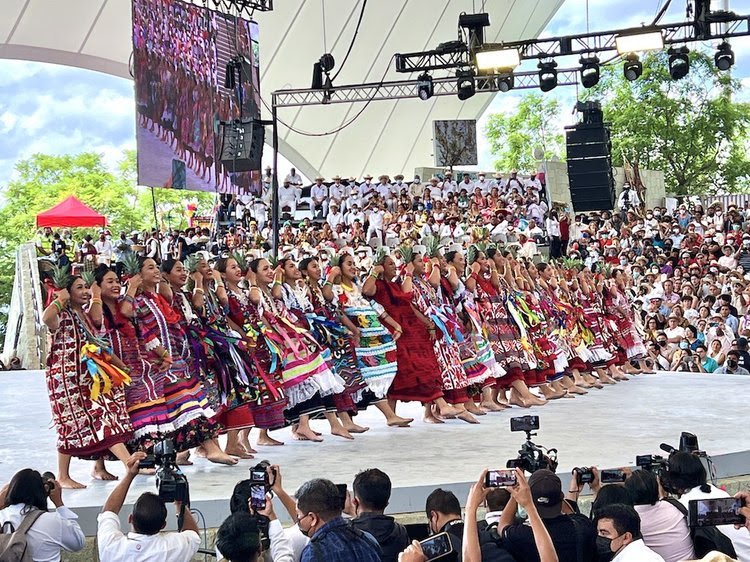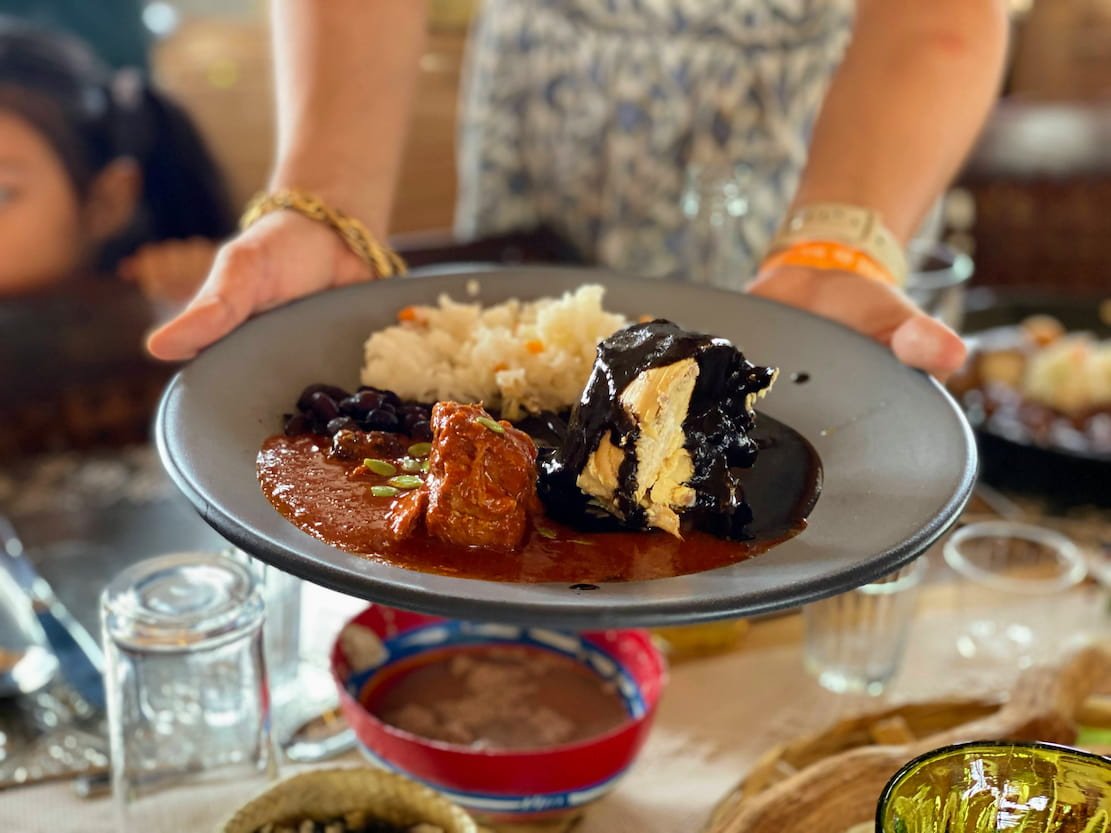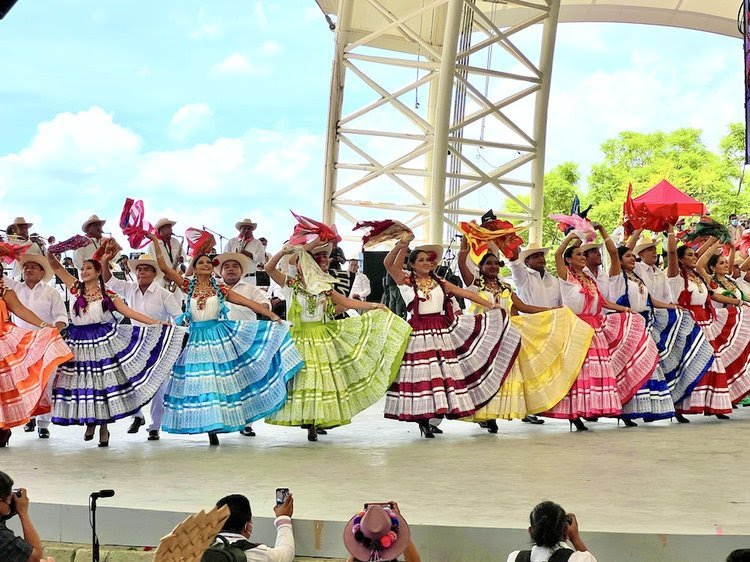The Guelaguetza: Oaxaca’s epic indigenous cultural event of food, dance, music and spectacle
Each summer, the city of Oaxaca dresses up in retina-searing colors and transforms itself into the most important indigenous cultural event anywhere in the Americas.
We've had the privilege of attending this year's Guelaguetza Festival for the first time, thanks to the help and courtesy of Oaxacan friends. And we have loved every minute of it.
Oaxaca’s Guelaguetza is a big deal because Oaxacan culture is inseparable from indigenous culture. The event showcases the roots and traditions of the spectacularly diverse indigenous cultures in Oaxaca through dances in group-specific costumes, big parades, gatherings, musical events, artisanal crafts and indigenous-forward (pre-Hispanic) food festivals.
Although loosely based on pre-Spanish traditions, the modern Guelaguetza began in 1932 on the 400th anniversary of the founding of the City of Oaxaca by the Spanish empire.
Since 1969, the Guelaguetza has been celebrated on the two Mondays immediately following July 16 (except when that first Monday lands on the birthday of indigenous Oaxacan former president Benito Juárez, which is July 18.) But the informal, citywide festivities begin days before the official start and continue throughout the two weeks, ending today. It’s an endless, crowded, festive, happy party.
The word Guelaguetza is Zapotec for “reciprocal exchanges of gifts and services” or “offering.” (The Guelaguetza also integrates ceremonies around Our Lady of Mount Carmel, or “Virgen del Carmen.”)
Because this cultural exchange is so beautiful and delicious, the Guelaguetza has evolved into a performance spectacle and feast for everyone's eyes, which is a source of ongoing controversy in Oaxaca. Some indigenous leaders say the celebration is being commercialized and performed for outsiders, mainly visitors for elsewhere in Mexico. And that’s obviously true for some of the centrally planned activities in the City of Oaxaca, but not at all true in the many events that take place in the surrounding villages. Many of the different villages or municipalities hold their own local Guelaguetza celebrations.
The Guelaguetza is a fraught cultural event for Mexico. Commercial aspects infringe on the inherent traditions and meaning behind the rituals and the objective of cultural exchange. Despite the differences and controversies, the Guelaguetza has managed to amalgamate cultural and identity expressions in its idea of unity and coexistence between ethnic groups and the general population. As each ethnic group celebrates their specific identity as well as their ethnic differences, despite the inequities within the society at large, Guelaguetza fosters conviviality and convergence in a genuine community celebration that exalts coexistence between diversified lifestyles. On the whole, the event is all about love for indigenous Oaxaca, both by the locals and for visitors as well.
The Guelaguetza is significant for indigenous Oaxacans, as its diversity of language and culture make it important and meaningful to the survival of their cultures. Everyone comes together for this once-a-year super fiesta to share and celebrate the diverse world of Oaxacan indigenous communities where they can bond and connect with each other.
The Guelaguetza Festival brings together delegations that represent the eight regions of Oaxaca (Cañada, Costa, Istmo, Mixteca, Papaloapan, Sierra Sur, Sierra Norte y Valles Centrales.) Only 21 delegations represented the state's 590 municipalities this year. The participants are selected through a lottery system from the hundreds of groups and municipalities who are members of the different ethnic groups from different regions and who speak mutually unintelligible languages.
The language landscape reveals the cultural diversity in Oaxaca. More than one-third of all people in the State of Oaxaca speaks an indigenous language, and many do not speak any other language, including Spanish.
The largest group alone, called the Zapotecs, speaks more than 62 distinct and often mutually unintelligible languages. The Mixtecs speak dozens. There are 14 other distinct ethnicities in Oaxaca (in order of population: Mazateco, Chinanteco, Mixe, Chatino, Trique, Huave, Cuicateco, Zoque, Amuzgo, Oaxacan, Tacuate, Chochotec, Ixcateco and the Popoloco and these groups each have their own languages or language families.)
While the Guelaguetza draws visitors from all over Mexico, other countries and indigenous peoples from all over Southern Mexico, the main state-sponsored festival events (which happens on El Cerro del Fortín in a purpose-built, 11,000-seat facility called the Guelaguetza Auditorium) take place on the two consecutive Mondays towards the end of July. Less than 3,000 tickets were sold to the general public in 2022, which sold out in a matter of minutes. The few tickets sold online can only be purchased using a specific local credit card.
The remaining tickets are free to Oaxacans who wait in line overnight to get them. Generally, it's not easy for tourists and foreigners to attend the Guelaguetza. The ticket system is geared for ensuring that most, if not all, tickets available for purchase and for free go to local Oaxacans.
During the main Guelaguetza event performances, at the end of each dance, the dancers throw food into the audience, ranging from cookies and bread to candy and tamales. After the famous annual Flor de Piña dance, the performers actually throw whole pineapples into the crowd -- we caught one of them, took it home and ate it. We also caught all kinds of breads and cookies.
The Guelaguetza events involve music, singing, dancing and costumes. Dancers wear exquisite hand-made traditional outfits that span the range from totally Spanish to totally indigenous and everything in between. Additionally, there are other concerts and events that are separately scheduled as part of the festivities with big name Mexican artists including Lila Downs, Maná and Los Angeles Azules (all of which we attended!).
We were invited by a local Zapotec friend to a village with a population of 2000 Zapotecs. The celebrations included the dance performances, food festivals, fireworks, rituals at the local church and even their own version of bullfighting, which didn't involve any harm to the bulls, as no knives or swords were used.
We’ve always wanted to attend the Guelaguetza, and we feel so privileged to take part this year — which is a special one, as the event was canceled in 2020 and 2021 because of covid.
The existence of the Guelaguetza in Oaxaca turns the entire city into a massive cultural gathering and nearly state-wide fiesta that lasts for two weeks. Experiencing the profound jubilation and joy of Oaxacans, nationals and all visitors coming together has been unforgettable. Seeing all the delegations from the different municipalities from the various regions of the state share their cultural roots, traditions and customs has been transformative.


